

CHHAYA







Claire Burkert, Nepal
April 20, 2019

Following the powerful 7.8 magnitude earthquake that struck Nepal in 2015, the Kathmandu Valley Preservation Trust has brought together countless artisans who have since been restoring the square’s damaged temples and monuments. Stone carvers, woodworkers, brick layers, metalworkers and an array of helpers of all skill levels have been dutifully giving their time to rebuild this place of inestimable religious, cultural and historical importance.
151 heritage monuments across 20 districts in Nepal were completely destroyed. 195 monuments across the seven sites, with 38 monuments completely destroyed and other monuments partially damaged.
Before the first earthquake, on April 25, a lot of people took their heritage for granted. When the temples collapsed, they suddenly had no place to worship. Hundreds of people came out to collect and protect the remnants of temples. They recognized their value. In this way the earthquake brought intangible and tangible heritage together. According to Rohit, a witness to these events, the earthquake served as a catalyst for unity, leaving a lasting message about the enduring importance of these cultural landmarks.
In the collaborative e ort to restore the heritage site, a "royal workshop" was established behind the Museum, where around two hundred people, including craftsmen and enthusiasts, gathered to share and acquire new skills. The traditional craftsmanship of the Newars, the original settlers of the Kathmandu Valley, played a crucial role in the reconstruction, showcasing the significance of living artisans in preserving cultural heritage.
A unique collaboration between local engineers, craftsmen, and students and professors from the University of Applied Arts, Vienna, showcased the synergy between traditional expertise and modern techniques. This collaboration was instrumental in repairing a nearly five-foot-tall sculpture, exemplified by the restoration of Harishankara to the temple sanctum. Individual accounts from artisans like Amar Shakya, a stone sculptor, and metal craftsmen Babu Ratna Maharjan and Binod Maharjan, highlight the transformative impact of working on these monuments. The craftsmen expressed a newfound appreciation for their profession, viewing it as a homage to the skills passed down by their ancestors.
Despite challenges such as smashed statues and fallen pedestals, the artisans display a commitment to preserving history rather than creating replicas. Techniques such as reinforcing statues with steel skeletons and gilding damaged areas showcase the fusion of traditional craftsmanship with innovative conservation methods. in essence, the restoration e orts in the Kathmandu Valley post-earthquake serve as a testament to the resilience of the community, the crucial role of artisans in heritage conservation, and the harmonious blend of traditional craftsmanship with contemporary techniques.

• Earthquake brought artisans together
• Before the earthquake, people took their heritage for granted
• Locals had an awakened understanding about the value
• Inspired forming workshops where craftsmen learned and taught new skills
• Studying the old structures made them realize how their ancestors did things
• Inspired collaboration between engineers and craftmen. Gave them a chance to learn from international engineers
• When they worked on these structures, they learned how it was assembled and found ways to improve
• Uncertain if the younger generation will continue the tradition

Initial questions
• What other traditional skills are in this state?
• What is being done?
• Not enough skilled and knowledgable manpower. These crafts are on the verge of dying. Why?
• Not many people to carry the tradition forward. How does the future look like?
•
•
Follow up thoughts
• How should handicraft be branded? How should people look at it?
• Telling the story where it came from will help the story where it is going
• celebrate the tradition of how it is made
• Taking goods and expanding their potential. Reconnecting people to their roots while also spreading the wealth of the art and craft out into the world.
• How is it benefitting the people?
Project specific considerations
• Is the facility a gateway to that or is a production space, display space, outreach business center?
• How will these skills and products be re-interpreted to shape the interior of the space?
• Is the facility celebrating one or few of these or is it meant to be the public awareness package?
• How to work around the tradition that is already in place?

"Nepalese handicrafts are not merely products; they are the embodiment of a rich cultural legacy, a testament to the skilled artisans who, through their craftsmanship, breathe life into tradition. These creations stand as intricate expressions of Nepal's unique heritage, carrying stories, history, and the spirit of a resilient people. Preserving and celebrating Nepalese handicrafts is not just a choice; it is an acknowledgment of the country's artistic identity and a commitment to sustaining the vibrant tapestry of its cultural diversity."
-Rishi Raj Subedi, FHAN
• Emphasis should be given to utilitarian items with the decorative items.
• The products adaptation of handicraft product should be carried as per the demand of the consumer.
• The national education policy could pay greater attention to producing product designers within the country.
• Incentive should be provided to the concerned designers for their contribution and the engagement in the professional field.
• In the present situation, success of industries largely depends not only upon the products they produce but also on the design the introduce.
• Exposition, talk programs, an observation mission, product competition and skill competition are some e ective promotional program for enhancing the competition of products design and development, which provide e ective opportunity for interaction between product designer, producers, buyers and general viewers.
• Functional products whose design and pattern can change according to the current fashion, have better prospects.
• Product quality, price and service make the product competitive. within the quality comes the design. Design is the intended arrangement of materials to produce a certain result or e ect. Only properly designed products are considered among the good quality products. To be a good design, it also has got to be functional and/ or compatible with the kind of market that we are approaching to.
• Adaptation of new design does not always have postive impacts. To preserve the essence of Nepalese handicrafts, a simple touch of ingenuity or ethnicity is a must.

Project name: Making Markets Work for the Conflict A ected in Nepal launched in 2011 by Poverty Alleviation Fund and JSDF. reached 7500 rural artisans.To motivate artisans to incorporate latest innovation and novelties while retaining traditional prowess, the project organized a series of skill and design development worshops in selected clusters. The group employs 71 artisans directly and 300 indirectly. We have stopped all of them from migrating.
“Almost everyone in my village weaves the Dhaka cloth, but we only know a couple of patterns. After we took part in the training, we were amazed at just how many designs and patterns we could create. We also learned firsthand how Dhaka could be mixed and
Positive response to training, awareness. and innovation They felt more empowered because their skills could be used to make more products.
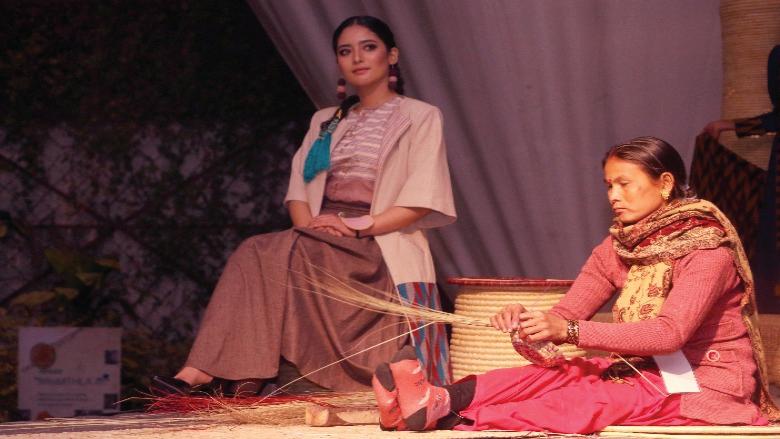
"In the intricate dance between tradition and innovation, Nepali handicrafts should emerge as timeless tales told through contemporary designs. Each product could be a testament to the artisans' ingenious fusion of heritage and modernity, proving that innovation is not the departure from tradition but a vibrant evolution that breathes new life into Nepal's rich artistic legacy."

A study of problems and prospects of handicraft enterprises in Nepal
Ulak J
• After the treaty of Sugafuli in 1918 with the British, the door for open trade between Nepal and India was thrown wide open. Indian goods had free occurs into Nepal, which caused production of Nepali goods to go down.
• Entrepreneurs have often expressed their resentment at lack of attention paid to the industry.
• The biggest challenge is related to infrastructure related problems followed by market awareness and export promotion problems.
• As a result of this unstable business environment, most young laborers opt to seek work abroad.
• The quantity of the handicrafts is less because the cost of production is higher. If goods are to be manufactured on a large scale to meet with the competition of the open market, the traditional touch of the handicrafts is lost.
• No policy to quality control and standardization system before export has deteriorated the image of Nepal.
• Di culties in printing, packaging and distribution facilities.Need of protecting handicrafts from being copied, by registration of designs, patents, trademarks, copyright, and geographical origin of the product within the country.
• Social capital resources such as networks, informal connections, inter-firm relationship and managerial connection are considered critical resource bases for international activities in the small sized firms.
• Exporting the same products again and again without considering the preferences provided due to the lack of research and development activities.
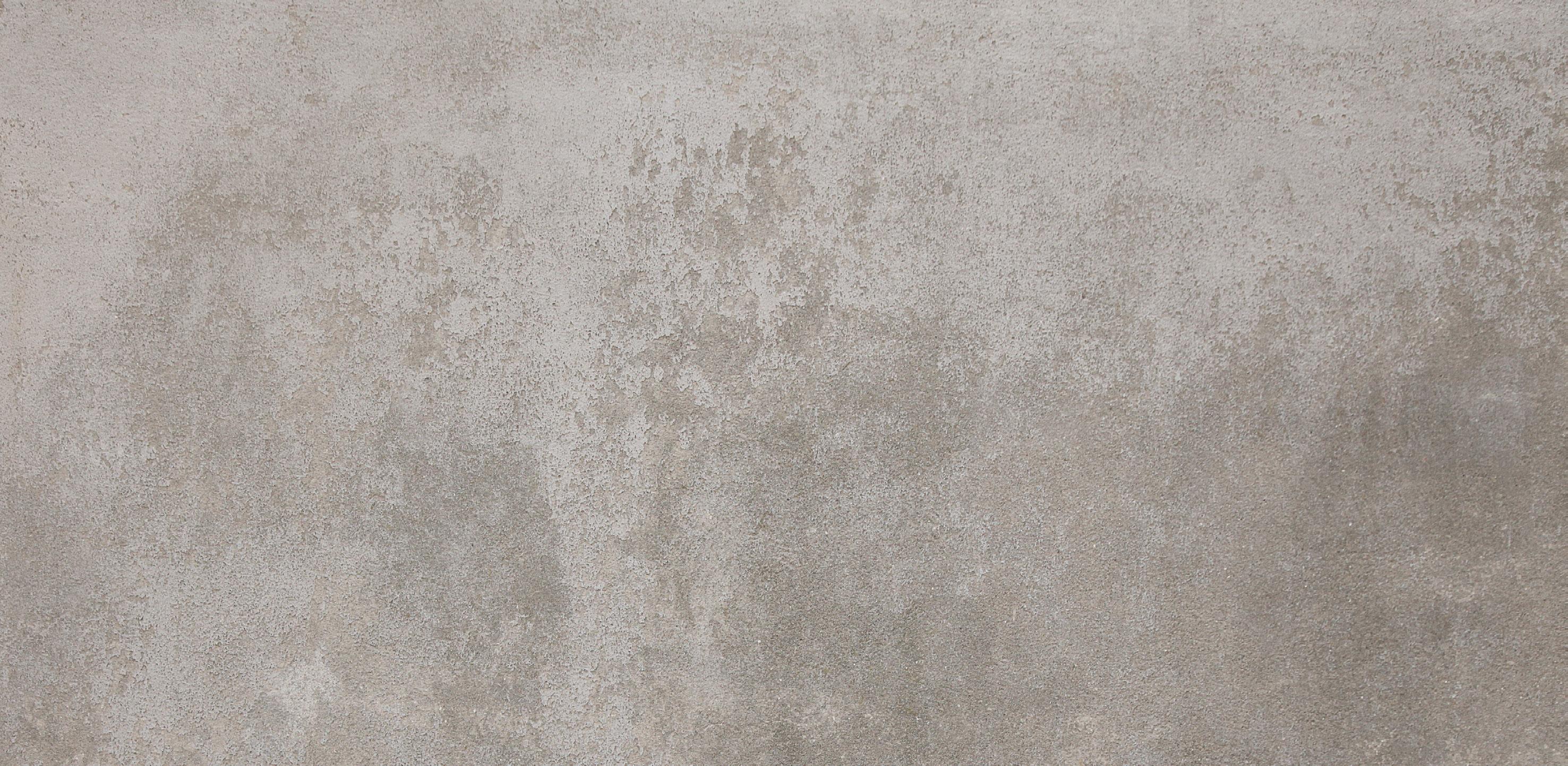
Total handicraft export in USD million.

Shows that export is in fluctuating trend, changes in demand and supply chains.
The biggest challenges are quality management, market unawareness and ine ective export promotion
University of East Anglia, Norwich UK
Stephen Biggs
2005
CHDP Project, sponsored by UNICEF, to revive the lokta paper making industry as an economic base for community development goals focused on developing self reliance among people by enabling them to plan and carry out community development projects. The project was success because its planners and implementers built upon cultural values that already existed.
Many organizations have organized projects with goals to rejuvanate handmade traditions as an economic base for community development. These initiatives not only seek to bolster rural employment and income but also contribute to community development through supported projects.
A study by Messerschmidt in 1988, as detailed in World Development, argued that economic incentives alone are insu cient for the success of such projects. Instead, the analysis highlighted the importance of recognizing and supporting preexisting social and cultural values in both project design and implementation.
Engaging with low-income and marginalized producers, the emphasis is on promoting ethical work practices, ensuring safe working conditions, providing equal employment opportunities, respecting workers' cultural and ethnic identities, o ering educational facilities and programs, and maintaining an environmentally sustainable resource base for continued employment.
The article points out that there is an international demand for products crafted under socially responsible conditions.
Which handicrafts?

Selected handicraft justification
Pashmina:
Account for more than 50% of the total export- high demand
Low quality dominated exports- damaging the credibility of Nepali Pashmina.
Woodcarving:
Complex spaces full of this skill to tell stories which intrigues tourists and locals
Allo: High market demand
Pro-poor value chain
High participation of women and disadvantaged groups
Possibilities to reach high production and sales
Lokta:
Indigineous plant in nepal
Quite specific to Nepal
Ecological wonder
Dhaka:
Deeply connected with people’s cultural identity
The industry also employs around 7,000 women in the country

List of craft specific articles
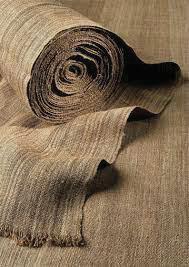

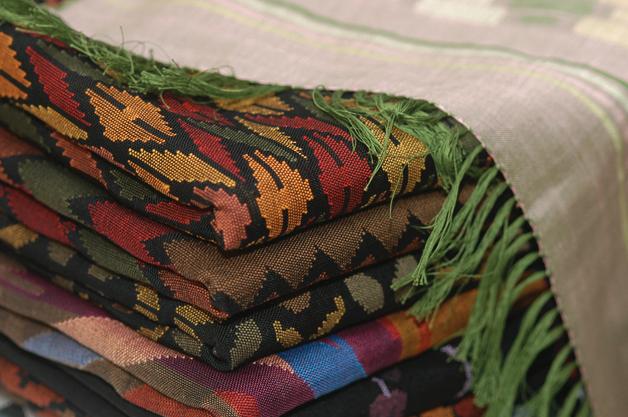
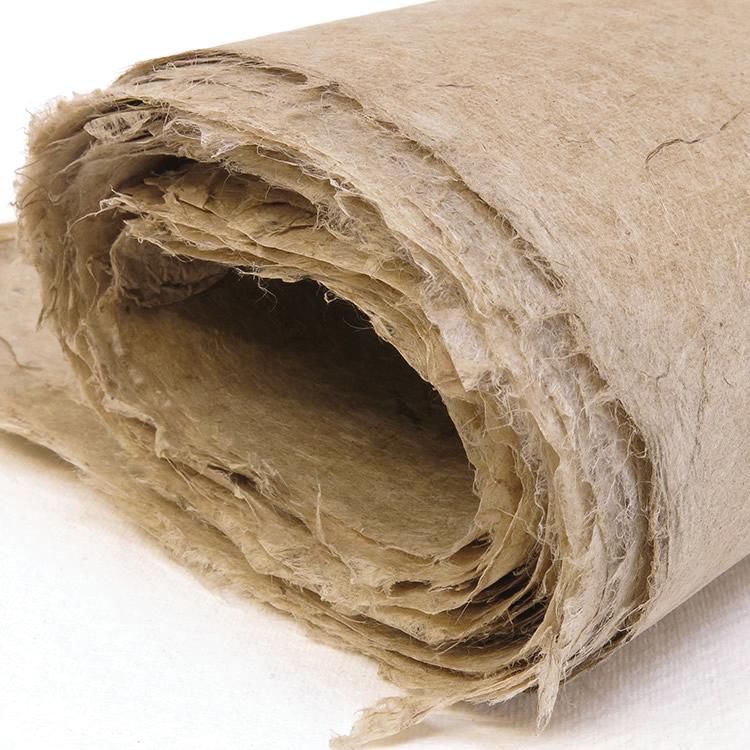
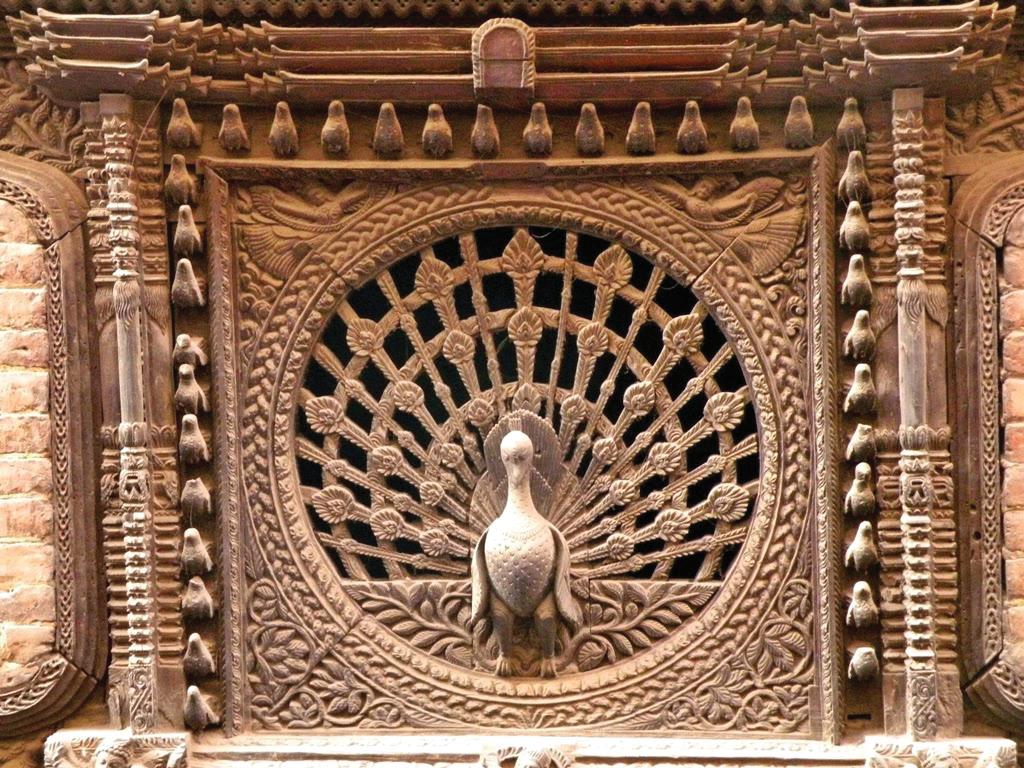
Allo:
Allo Farming in Nepal
From wild plant to high-end brand: The story of Allo’s economic transformation!
Promotion of the Allo Value Chain in Nepal
Pashmina:
Pashmina in Nepal: What is Pashmina and How is it Made in Nepal
Processing center sought to reduce pashmina wool imports
News Article: Pashmina exports in the first quarter down 27 percent
National pashmina sector export strategy launched
Dhaka:
Nepali Dhaka: The History of the Handcrafted Fabric in Nepal
News: Hand-woven Palpali dhaka makes colourful comeback
Demand for Dhaka products go up at home and abroad
Exploring prospects in the textile industry of Nepal
Lokta:
Lokta Paper: A Nepali Handmade Paper Craft
The Untapped Potential of Handicraft
Social responsibility in the growing handmade paper industry of Nepal
Woodcarving:
Restoration E orts Following the Nepal Earthquake
Wood Carving Nepal: Keeping Rich Tradition Alive
Coming out of the woodwork
The rebirth of Bhaktapur

• The provision of technical advice and training is limited
• People don’t realize its value
• Only limited people know the skills
• Westernization and introduction of computerized machinery has attracted people to working in other industries
• Idea on what they are and why they are important is limited
• Artisans are exposed to and know only a couple of patterns
• The design of the goods doesn’t interest majority of the population. Some artisans find it di cult to adapt to traditional or contemporary designs
• The same design being incorporated in goods for years.
• The fear of deviating from established norms may hinder the exploration of new design ideas
• In mass production, there may be pressure to standardize designs for e ciency. This can lead to a Loss of the quality, uniqueness and individuality that characterize handmade crafts due to mass production
• Collaboration with other arisans and designers, both local and international, is limited

• The biggest challenge is related to infrastructure related problems followed by market awareness and export promotion problems.
• Production went down because of competition with cheaper imported products
• Infrastructure related problems followed by - market awareness and export promotion problems
• The quantity of the handicrafts is less because the cost of production is higher. If goods are to be manufactured on a large scale to meet with the competition of the open market, the traditional touch of the handicrafts is lost.
• Unfair trade because the local labourers and owners are exploted by the middlemen and whole sellers trade

Interviewee details
Name: Indraprasad Shilpakar
Occupation: Woodcarver for 20 years now
“Got interested because was exposed to it at a very young age.”
“I love it when my work is on display for people to appreciate.”
“People will gain interest if they are taught. I think there should be more opportunities. Maybe classes in schools and colleges could help cultivate this interest in people.”
“If handicraft could be transformed into degrees...”
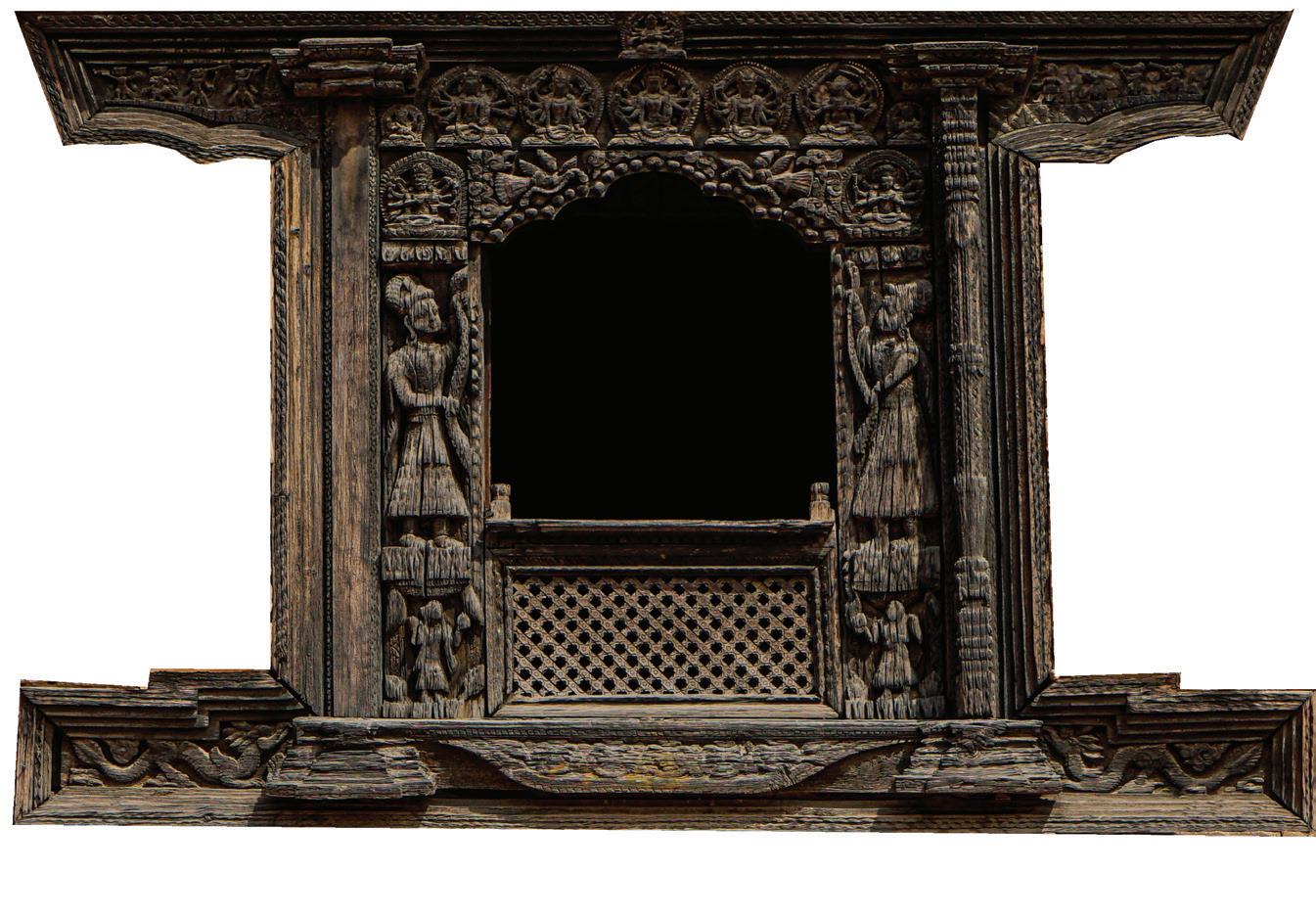
How did you get into the profession?
Woodcarving is my family occupation. My family has been doing it for decades. It has been passed down from our ancestors since generations. I grew up seeing my father and grandfather doing woodcarving so passionately. I got intrigued and interested by it at a very young age.
Was your family supportive of your decision?
My father was a bit hesitant when I told him that I wanted to take it up as a profession. He wanted me to become a doctor or an engineer because those professions are more stable. My grandfather is the one who encouraged me to continue with this interest. He said that I should continue this family tradition and learn the skills even if I don’t take it up as a profession. I finished my degree in Fine Arts and joined my father in his workshop. My father got convinced after he saw me work hard and get better with time.
What kind of work do you do?
I do two kinds of work. I do renovations on traditional structures like temples and monasteries and take private orders from clients. I mostly make deiting statues, windows, carve on pillars, windows and doors.

Which work do you enjoy more?
I love doing renovation work because that kind of work is on display for everyone to see and appreciate. It makes me feel proud to work on something my ancestors worked on, study it closely and learn from it. Even if it pays me less, I am always happy to do this kind of work. I also enjoy making replicas of old works for private orders.
I really like traditional woodcarving styles.
What are you working on currently and what are your thoughts?
I am doing renovations on temples that were destructed by the earthquake. I try my best to preserve the old elements, and only completely make a new one if it is absolutely necessay. I am fie with old and new co-existing, but I dont like it when people get rid of the old without trying to preserve it.
What di culties/challenges do you face currently?
The profession is quite unstable. Sometimes I don’t hav any work. Even if I enjoy it a lot, the pay is not stable. There is also lack of raw materials in the market. I had to wait for a year to get a specfic type and size of wood last year for one of my renovation projects.
How do you market your work?
Because this is a family occupation, people in the community know what kind of work I do, but it is only limited to my community. I love to display my work on exhibitions. My student a few years ago invited me to Germany to display my work at an exhibition which was a good exposure.
How do tourist react to your work?
They really like it. They get very amused and excited after they see out cultural heritage sites like Durbar Squares and love buying replicas of those.
How aware and interested do you think people are in it?
People are quite unaware of its value. I have seen so many people burn old carved pillars just to get the fresh woods that is inside. I have also seen people stick gums on these pillars at Durbar Squares. Seeing activities like these makes me really sad. I have also observed that people are now more interested in mixing styles. I have worked on so many doors are windows which are fusion of Nepali and European styles.
What are your thoughts on the youth’s involvement in the preservation of this craft?
Young people mostly come to me to learn it as a hobby. I went to this village called Panauti a few years ago to train people in woodcarving for a year. Nobody in panauti had this skill. I trained 30 people out of which 12 people have now taken it up as a profession. This makes me very happy. People will gain interest if they are taught. I think there should be more opportunities. Maybe classes in schools and colleges could help cultivate this interest in people.

Interviewee Details
Name: Sunil Shrestha
Occupation: In the paper business for 24 years now
“Competition with other products in the market is too high.”
“The industry is quite seasonal because it is tourism dependent.”
“I love making books because I get the the freedom to be innovative with design.”
“Nepalese people who live abroad are slowly realizing its worth.”
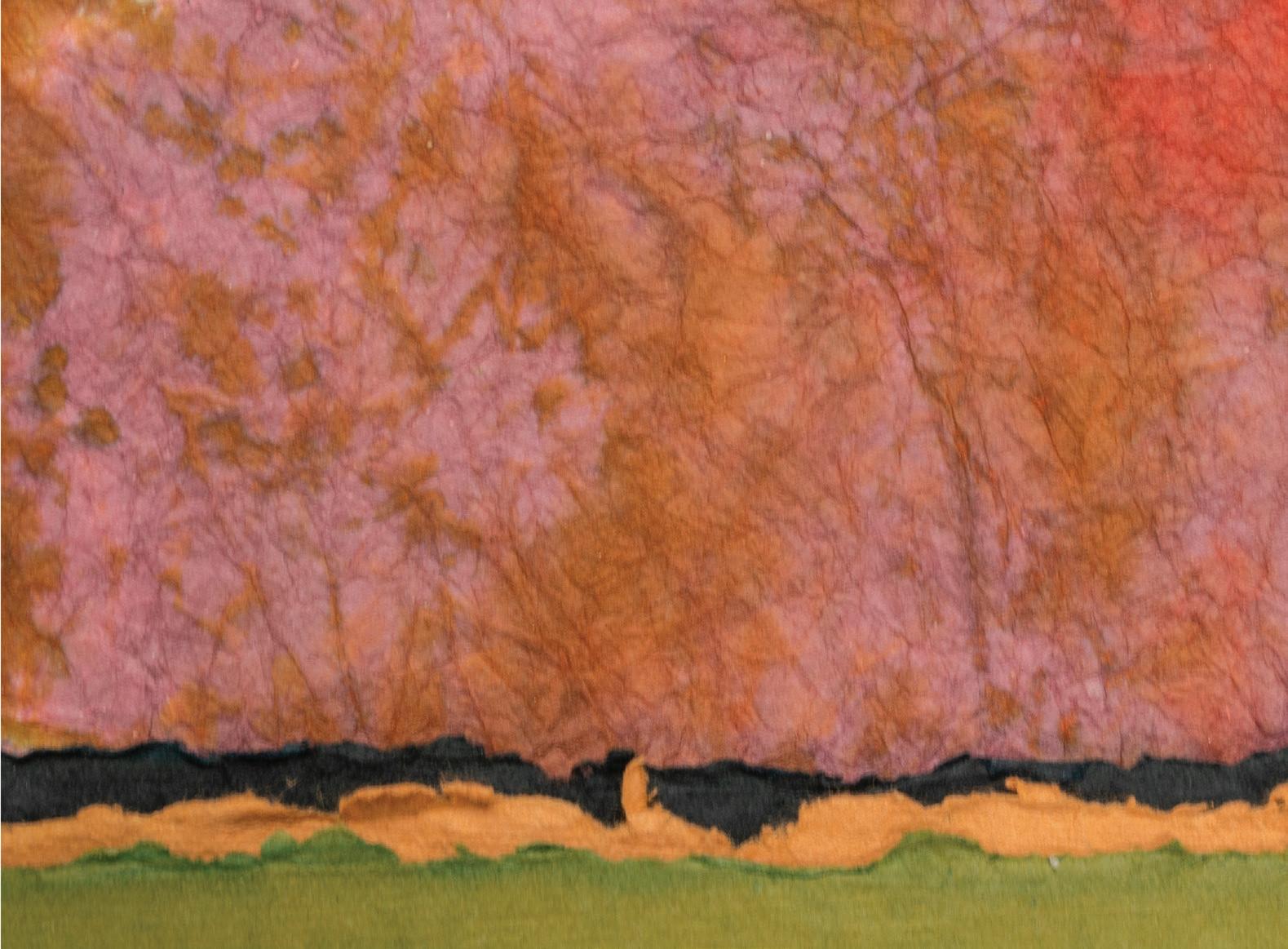
How did you get into the profession?
My father used to paint on cards made of lokta paper. I got inspired by that and wanted to expand the business. Initially I used to make my own paper, make products out of it and supply them in the market. With time I realized that the making of paper was not worth it because it was time consuming and the return was not alot more so I later switched to just making goods out of it.

What kind of goods do you make and what do you enjoy working on the most?
I make bags, boxes and books. I get the design requirements for bags and boxs like size, pattern choices, colors and quantity. I really enjoy making bags because I get to design them. There is so much of creative freedom in making them, and because it is my style people cannot copy it too which makes my books unique.
What di culties/challenges have you faced so far?
Competition with cheaper products in the market is quite high. I used to makes lamp shades out of paper many years ago. But after a while because the demand for it started getting low, I opted to not make them anymore. Another fact is that handicraft industry in Nepal is very seasonal because it is majorly dependent on tourism. I had also opened my own store in Thamel a couple of years ago. But it did not do well because after earthquake and covid, the number of tourists decresed. I shut my store down recently, and many other stores closed around that time. Now I just make goods and supply hem to vendors in the market. Copying of designs is another issue. Because there are no set standards for copyright, it is easy to copy design and claim credit for it. This a ects businesses of many artisans because the right people are not getting credits for their work.
What changes have you observed over the years in the demand for it?
Initially only tourists used to show keen interest in buying my goods, locals were not as interested. But now even nepalese people buy them, mostly as gifts. And most of these people study or work abroad. In my opinion, it reminds them of home and they understand the beauty and value of it more.
How aware and interested do you think people are in it?
People do like how unique the paper is. They like the colors and patterns, but I think they are not quite aware of how eco-friendly this paper is. Maybe they will be more interested if they are educated about its benefits. The export of paper goods and the international sale is much better, which has slightly declined in the recent years. I think local people should be made aware of this art and craft more.
What changes would you like to see?
I think that the market fluctuates a lot. Raw material and manpower are available, but the return is so much less. I think marketing of goods should be done properly online so that the products get sold even if tourist cannot come to Kathmandu physically.
Participants’ details
Age: 22-24
Occupation: Student
Nationality: Nepali
“Wish we got more exposure in school.”
“We desire something traditional but fashionable”
“If it is made for me, I’ll buy.”
“ A strong business plan that marries commercial market-oriented thinking with artisan-centric approaches is essential to map the road ahead.”
“ Intersection of art and design through the means of craft.”

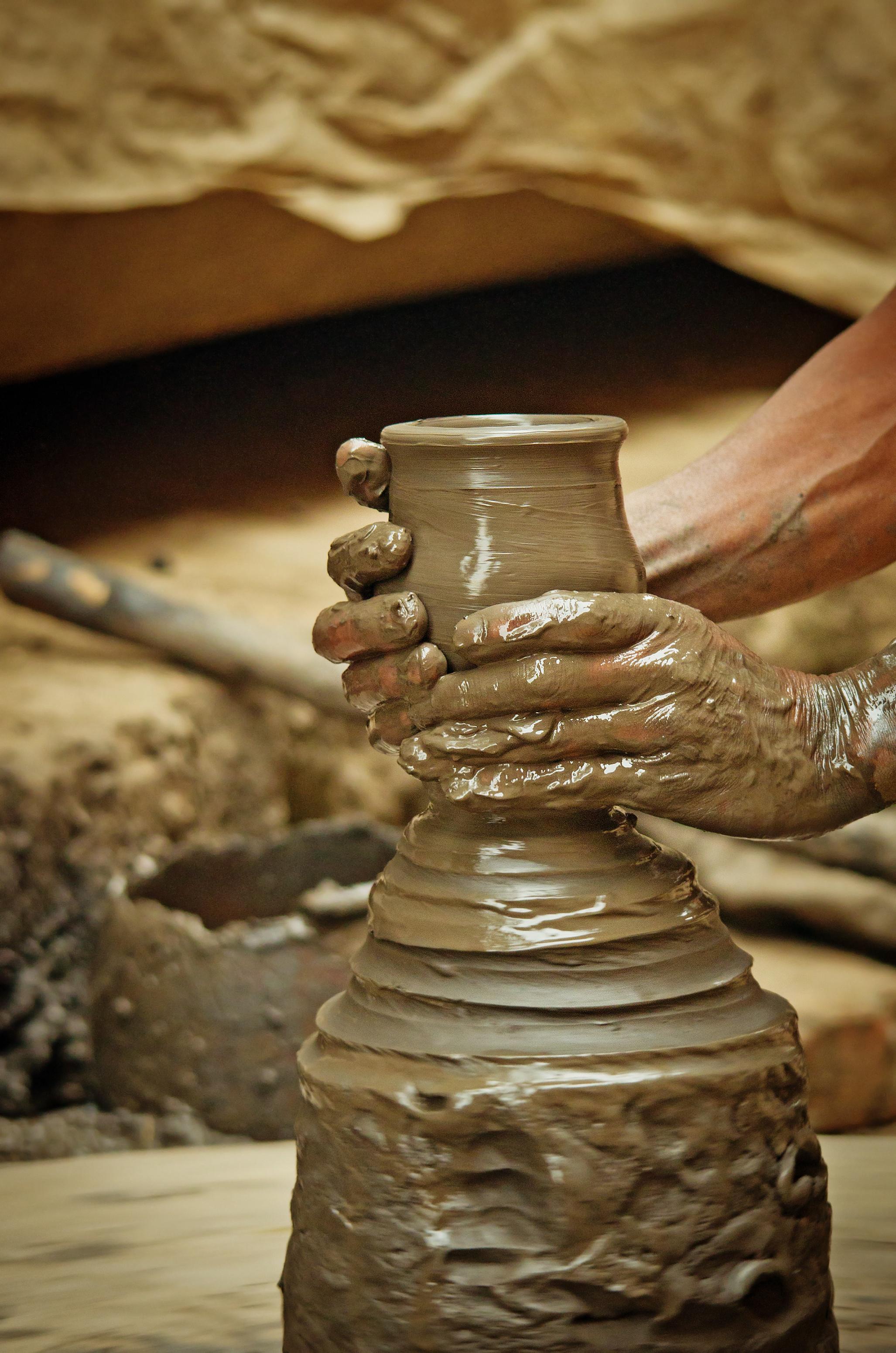

Interested to learn for fun

Very limited exposure in school led to less awareness
The industry requires alot of hardwork, but the return is not satisfactory
• Desire something traditional and authentic but new and fashionable
• No proper marketing. Unaware of the annual exhibition at Taragan Museum
• “Nepal is rich in crafts because they are culturally connected. Because people are getting influenced by western cultures more, the awareness and interest in Nepali handicrafts is decresing. People don’t understand the value anymore as much.”
• “If it is made for me, I’ll buy. Most available designs are old-fashioned and do not interest us. Changes are inevitable and we something original but new and unique
• There is no degree or formal education in these arts and crafts. One of the reasons why the youth do not want to take it up as a profession
• Fun fact: Kathmandu University recently introduced a degree in Bachelor in Crafts and 15-30 people have already enrolled for it
“People who live abroad realize its value because culturally significant things like this remind them of their home, whereas people who live in the country neglect its value because its all around us, we have seen it all our lives and we take them for granted.”
Products are not a ordable. Cheaper products are available in the market

How often do people buy souvenirs while traveling?
What attracts people to buying hand-made souvenirs?

Sometimes- 57.9%
Frequently- 30.2%
Rarely-11.9%
Why do people buy them?
• To remember the place by
• As gifts
• To add to your collection
• As appreciation for heritage and history
• Aesthetics
Unique and one of a kind
Historical and cultural references
Support local artisans Preservation of craft
What do people associate the word handicraft with?
• Culturally significant arts and crafts
• Artisan’s source of income
• Recreational
How often do people like to know the making process of it?
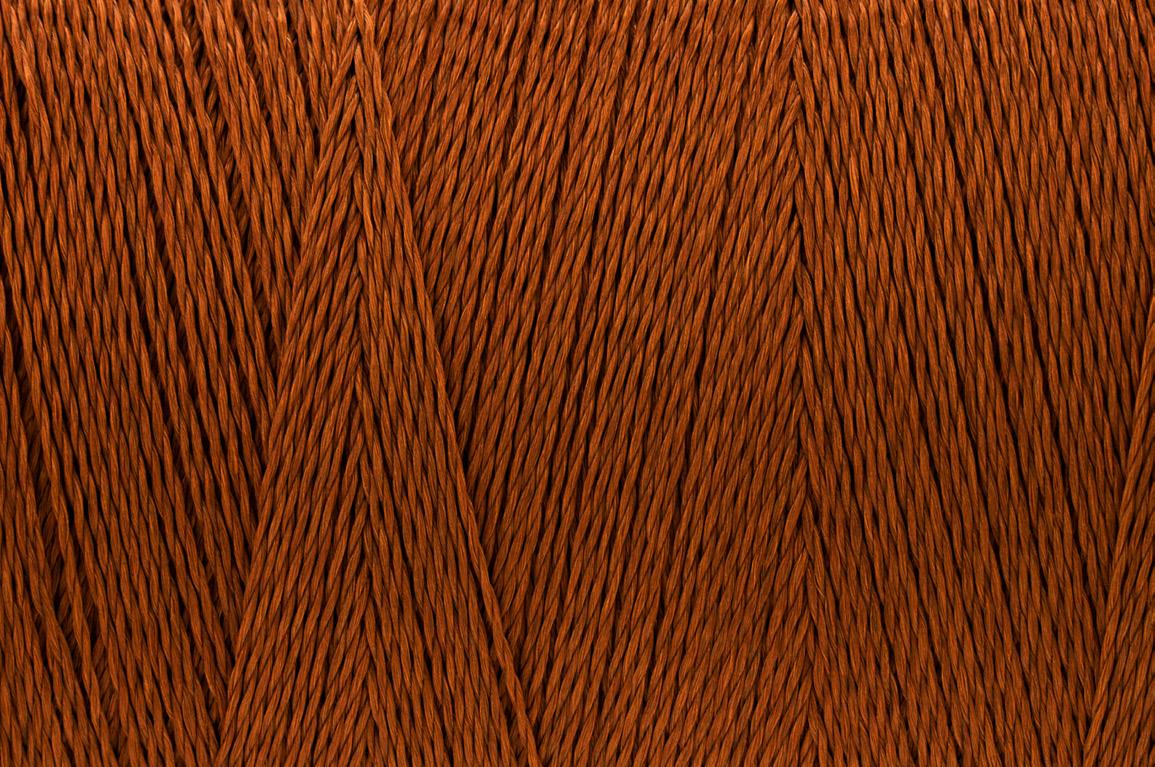


Ways people familiarize themselves with making process of local arts and crafts
Talking to the vendor/artisan Observe real-time production Videos Social Media
Target audience: Domestic and International travelers
Total number of responses: 126



This facility aims to preserve and promote handmade Nepalese arts and crafts through the fusion of business, design innovation and awareness on them. The objective behind the expanse is to provide a place where artisans can instruct, associate, and assimilate innovative ideas. The space also intends to be a commercial hub for business strategists to nurture the growth of the artisan’s products and spread their influence. Lastly it aspires to be a center of awareness to the visiting populace and encourage discussion between individuals.
Federation of Handicraft Associations of Nepal (FHAN) is a service oriented and non-profit organization that aims to enhance and promote handicraft trade and industry. Established in 1972 A.D, with the mission to preserve and promote handicraft sector, FHAN has grown substantially facilitating commercial connections between national and international traders and local handicraft enterprises. FHAN strives to create a democratic and empowering space- a common roof under which a range of stakeholders, members, artists, all district and commodity handicraft associations and anyone related to handicraft sector can exchange ideas and collaborate in supporting artisans and craftsmen of all handicraft sectors throughout the country. It also assists its members to improve their productivity, explore national as well as international markets. Moreover it works as a liaison between its members and the Government and the Non-Government Organization.
Since the industry is heavily dependent on tourism, the building would be better suited in a tourist destination where the flow of tourists is heavy. Thamel is widely regarded as the center of Kathmandu's nightlife and is also popular for its wide range of restaurants and cafés, live music and other attractions frequented by both tourists and locals.
Innovation
Collaboration
Awareness Interaction

Market Research Strategize Distribution Promotion
Awareness
Reflection Interaction
Collaboration

Communication with the market team on trends, consumer behavior, desires, needs and wants
Analyze the information
Brainstorm
Study old and new designs
Innovation/re-interpretation
Finalize design
Bring the designs to life using their skills and techniques
Teaching / learning the skills and knowledge
Interaction with visitors on the process of making, materiality, history, usage and/or answer any questions they have
Market Research
Conduct thorough market research to understand the demand for goods, needs and desires, target audience, competitors, and market trends
Analyze consumer preferences, purchasing behavior, and any gaps or opportunities in the market
Planning & Strategizing
Analyze the collected information
Identify potential risks to business and create strategies to mitigate
Brainstorm on changes in the market, consumer preferences, and competitive landscape
Communicate with artisans on findings and market needs
Come up with Innovate ways to maintain relevance
Promotion & Implementation
Develop a marketing strategy to create awareness and demand for goods
Plan how your goods will reach the customers
Implement the plans and strategies systematically, ensuring alignment with the overall business goals and objectives
Monitor progress regularly and make adjustments as needed

Unaware or slightly aware on the available goods and how they’re made
Information gained by seeing the goods and learning about their history and usage
More awareness on crafts by observing and experiencing the process of making and interacting with artisans
Knowledge and awareness gained



Dhaka is a handmade textile that is produced in Nepal. The fabric is made by weaving together di erent colored threads to make di erent products and designs. Traditional Dhaka products are Topi (hat) , Cholo (vest), Suruwal (pants), which appeal to more traditional consumers of the fabric and clothing.
The Dhaka topi was a part of the Nepalese national dressafter King Mahendra made wearing a Dhaka topi mandatory for o cial photo documents.

The Dhaka topi was a part of the Nepalese national dress, and a symbol of Nepalese nationality. It became popular during the reign of King Mahendra, who ruled between 1955 and 1972, and made wearing a Dhaka topi mandatory for o cial photographs for passports and documents
There are di erent opinions regarding the start of Dhaka weaving in Nepal. In the Eastern parts of Nepal, the history of Dhaka fabric is linked directly with the Limbu culture which states that dhaka weaving started centuries ago and has been an important component of traditional dresses for Limbus. However, in the central parts of Nepal, particularly in the Kathmandu valley area, the introduction of Nepali Dhaka is linked with the late Prime Minister Janga Bahadur Rana (1846-1877).
It is said that his sister who lived in Varanasi in India, gifted a Dhaka Topi to her brother, which sparked his fascination with the handmade fabrics. Thereafter, Dhaka production started in the Kathmandu Valley and quickly gained popularity. In the Lubhu area of Lalitpur (which is part of the Kathmandu Valley), till this day households still have Dhaka looms.
In the western parts of Nepal, Dhaka production is considered to have begun in Tansen, Palpa district around 60 years ago. Palpa is now a hotspot for Dhaka textiles and productions, and is known as Palpali Dhaka which is considered by many Nepalis to be the finest Dhaka products of the country.

Over time, Nepali Dhaka has made a shift in production and trading from traditional designs and production methods to more modernized methods and patterns.
There are roughly 7,000 women directly involved in the production of Nepali Dhaka textiles.

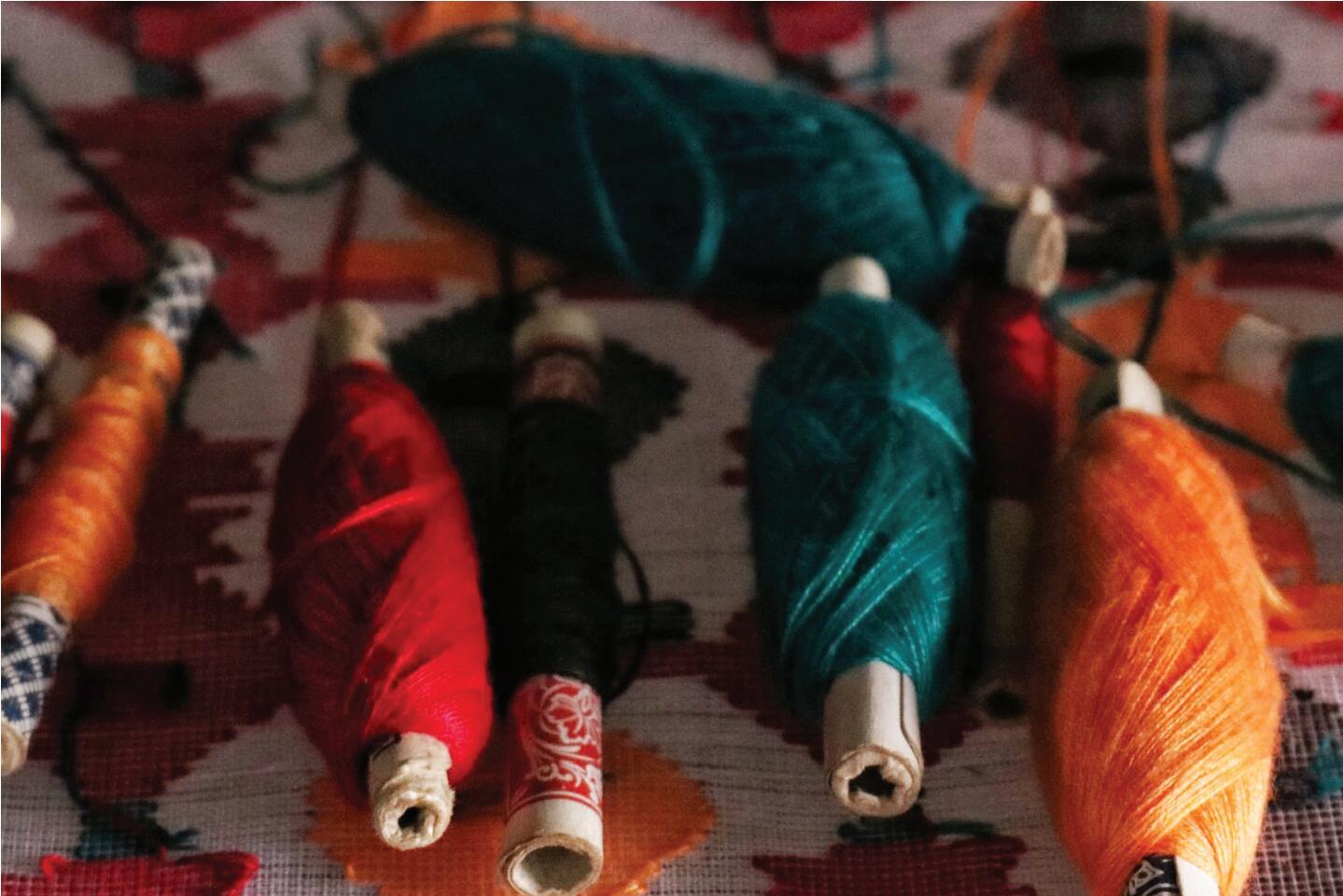
Threads are dyed in various colors using natural or synthetic dyes. Traditional Dhaka fabric often features bright and contrasting colors, with specific color combinations holding cultural and regional significance.
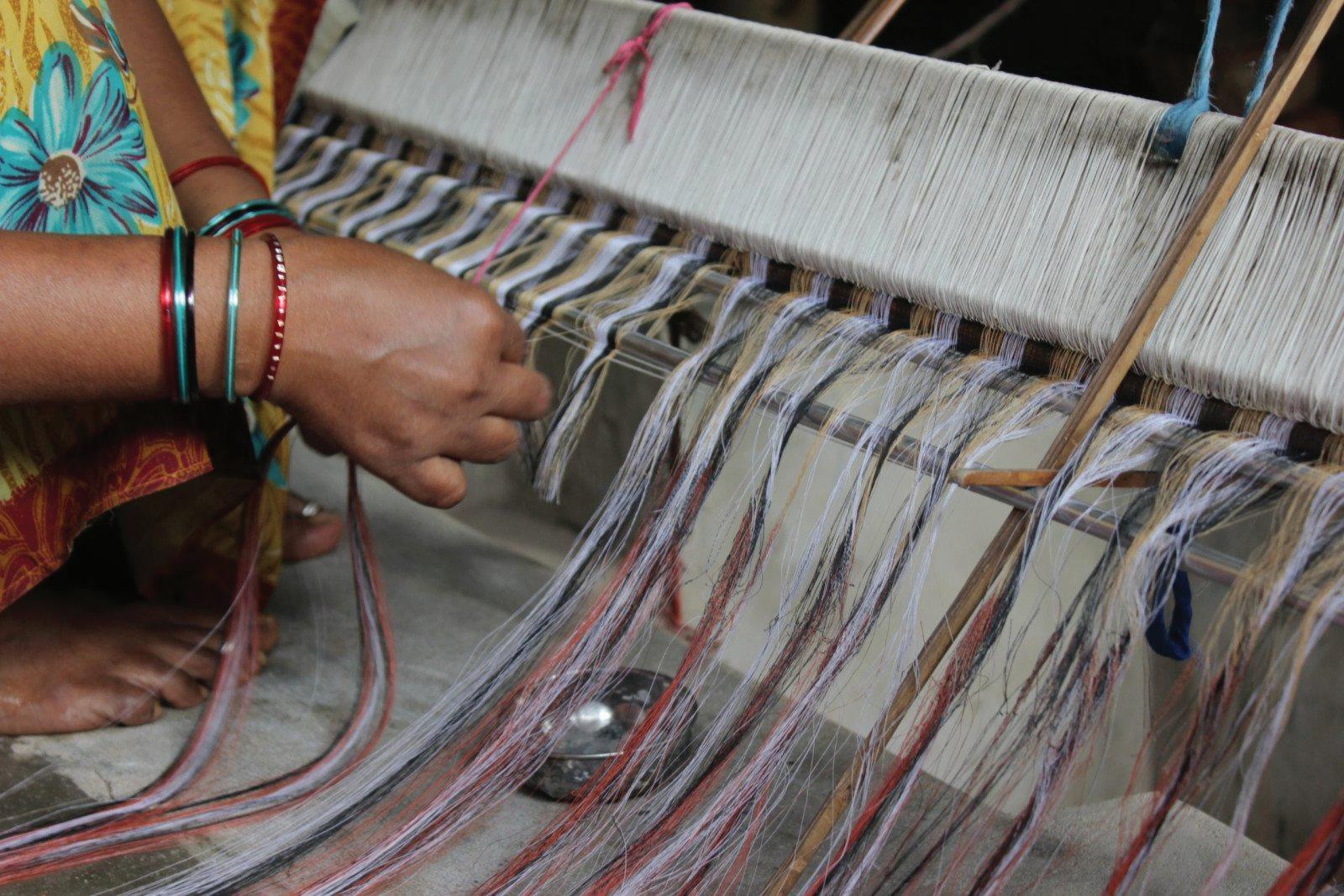
The warp threads, which run vertically on the loom, are prepared. These threads are carefully measured, stretched, and arranged according to the design, ensuring that the pattern is evenly distributed.
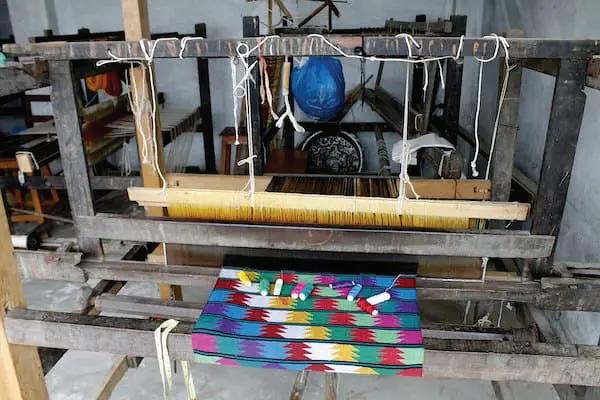
Skilled weavers use the prepared warp threads and the weft threads to weave the fabric. The intricate patterns are created by carefully inserting the weft threads in a particular sequence and order. The newly woven fabric is washed to remove any residual sizing or dyes and to soften it. After washing, it is carefully dried.


Allo, is tall, stout and erect herb also known as Himalayan nettle. There are numerous slender stinging hairs on the aerial part. It grows wild under the forest from east to west canopy between the altitudes ranging from 1200 to 3000m in moist, fertile and well-drained soil. In mature conditions, stems shoots up to 10–11 feet high under favorable conditions. Its bark stem contains bast fibers of premium quality – strength, smoothness, and lightness, and a silk –like luster appears when properly processed.

The history of Allo, used as natural fabrics, dates back to time immemorial which was the main fabric for indigenous communities such as the Magars, the Gurungs, the Rais and the Limbus in Nepal. This fact is proven by about 115-year-old local Charkha (spinning wheel) still conserved by the Magar community of Salija Village Development Committee (VDC) in Parbat district. The wheel was used to make yarn out of the processed fibre of Allo. They used to make di erent products out of its bark and use in their daily life and for clothing purpose.
• 8.39 million kg generated every year but only 2.68 million being used
• $11 million worth products exported in 2020/21
• Nepal is one of the few countries where allo grows
• Previously businesses used to export and supply allo yarns, but after the increasing deman Made in Nepal products, they are making their own products
• Out of the total allo that grows in the country, only 10 percent is harvested.
• There are around 190 businesses and 5,270 households directly benefitting from the sector.
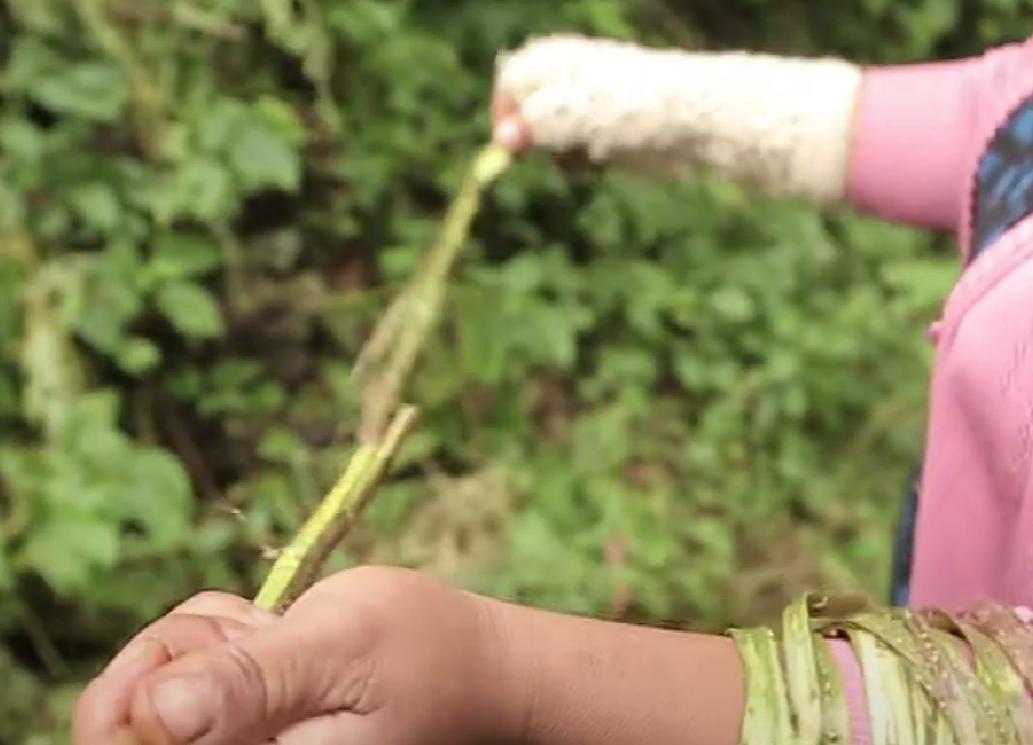
Barks are stripped after the shrubs are brought down, with the help of a sickle. Then the bark is boiled in water containing ash for about three hours, depending on the amount of fiber. The ash is known to make the bark soft and easier to separate the fiber individually.
Retting is the main challenge faced during the processing of bast plants for the production of long fiber. The traditional methods for separating the long bast fibers are by dew and water retting.Cooking dried bark in a mixture of wood ash and water or caustic soda. Depending on the water temperature and mineral content, high–quality fibers are obtained through a water retting process that takes 14 to 28 days to degrade.
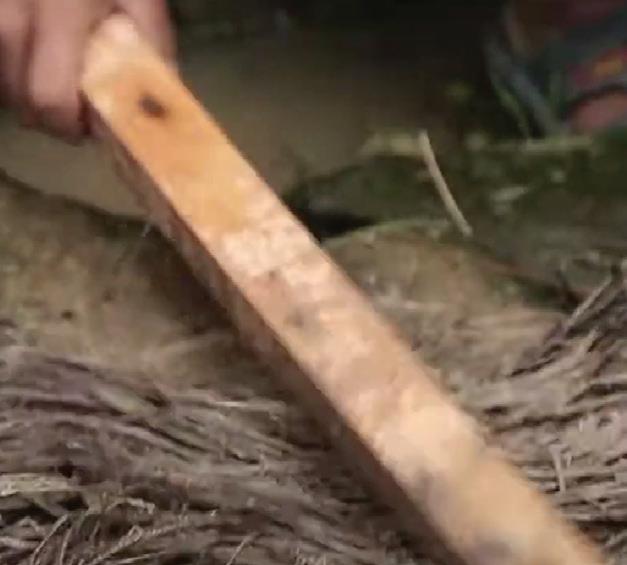
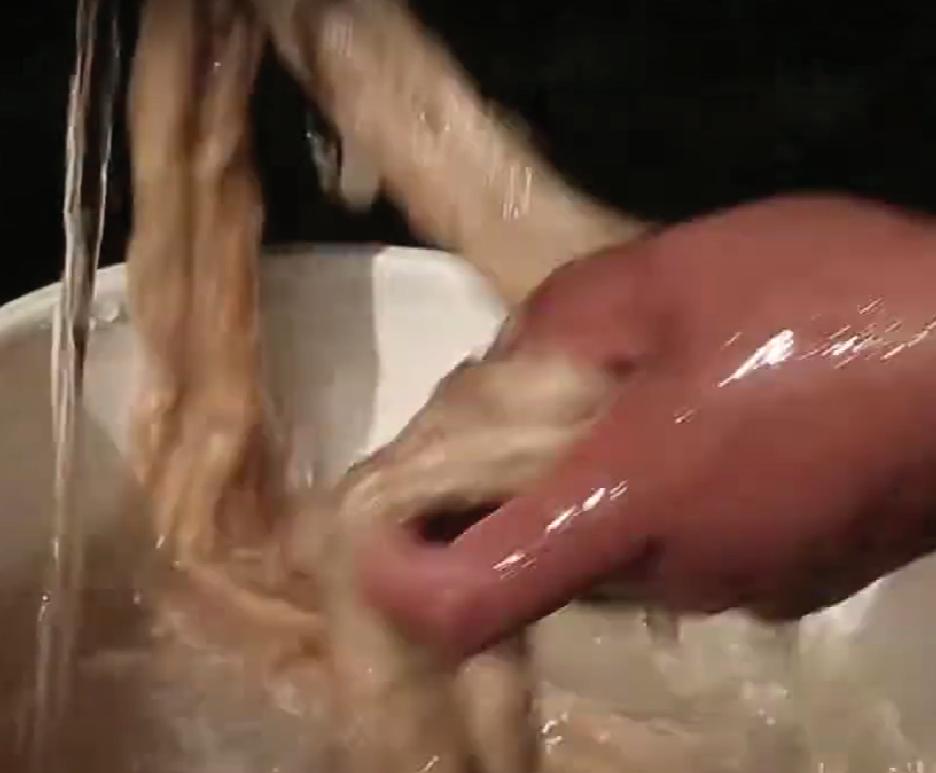

Drying of bark to get rid of moisture. Followed with beating with wooden club and washing

The long fibers are then separated from the shortened ones and the remaining woody material removed by a process termed as hackling before the fiber is ready for being spun.
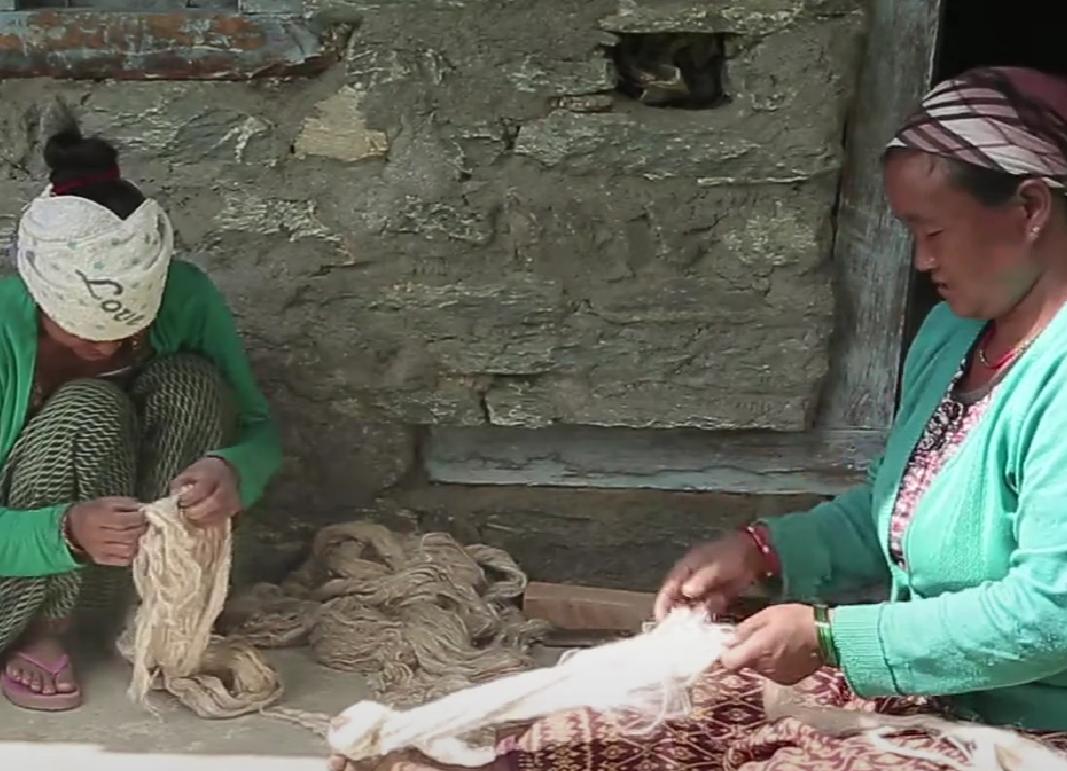
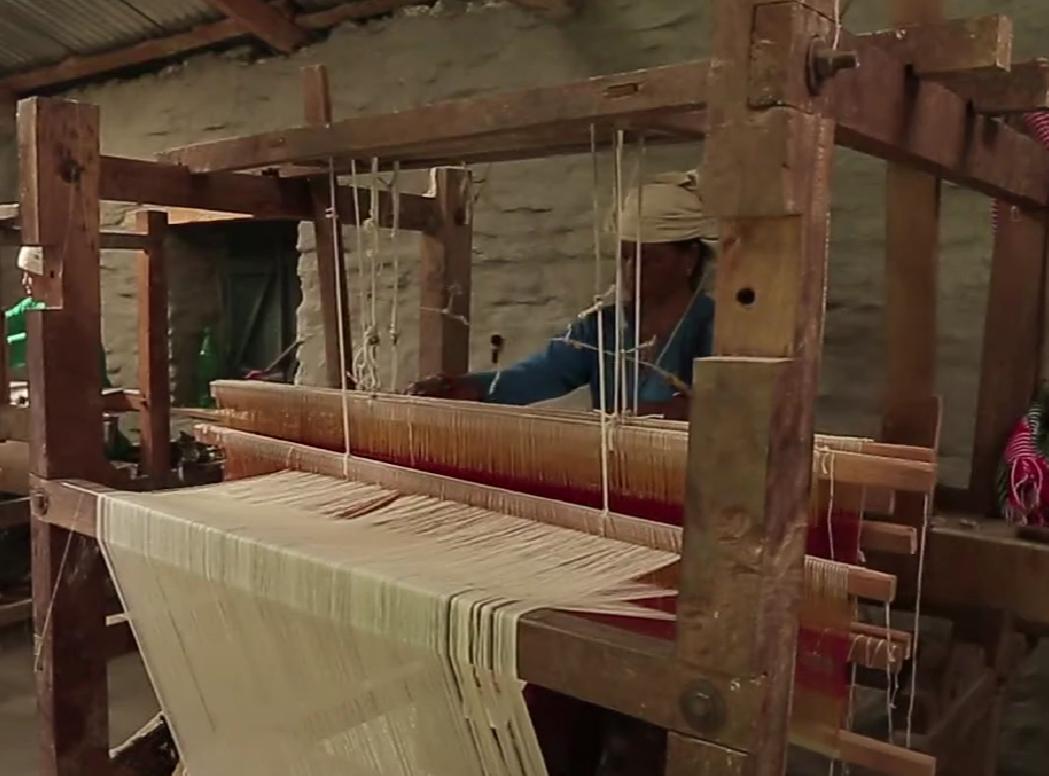
After the fiber has been spun, the weaving of the nettel fabric is done usually on back strap looms. The fabric is then used to make products like clothes, bags, etc.

The Lokta Paper (Nepali Kagaz) is a Nepalese handmade paper made of the fibrous inner bark of the Lokta plant. The rough texture, strength, and durability make the paper quite unique. They are durable and resistant to humidity, tearing, and mildew. It is also resistant to insects like paper crawlers and silverfish. The wide range of use and its artistic values has made these traditional papers quite popular.
Lokta Paper is Nepal’s equivalent of Egypt’s papyrus. Also called Nepali paper (Kagaz), the earliest use of Lokta is attributed to the 1,900-year-old Buddhist scripture Karanya Buha Sutra. Each Lokta paper is lightweight, odorless, and unique, with a leathery feel. Historically, Lokta paper was used to write religious texts. The Nepalese government then used it for o cial documents and currency.
• It is the o cial paper for keeping government records.
• Today, Lokta paper is used in writing, wrapping (incense and spices), painting, prayer flags, book covers, book bindings, wallpaper, cards, origami, jewelry, and fashion.
• 70% of all handmade paper products in Nepal use lokta fiber, and 30% use cotton and other natural fibers.
• Production declined due imports of cheaper products from Tibet and India.



Lokta paper is made from the bark of the bush named Daphne Papyrus, which only grows at an altitude of 6500ft or above in the Himalayas.

Every single sheet of paper is handmade by a cupful of lokta pulp being added to the wooden/mesh frames. Once the pulp has been hand circulated, the frame is gently lifted to ensure even distribution. Amazing accuracy can be achieved by the skilled artisans, and a variety of thicknesses from just 5gsm are available.
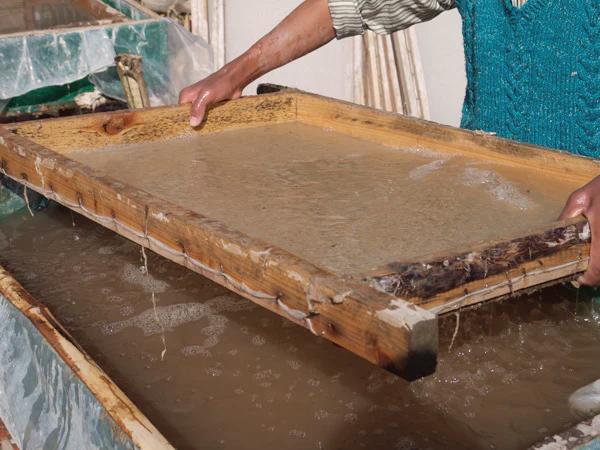
The inner bark is stripped away, but the root system isnt damaged and regrows ~ making this a fully sustainable resource. The plant itself grows to about waist height and the flowers have a beautiful fragrance similar to that of the Hyacinthe, and when the bark is stripped o there is a wonderful aroma just like inside a pea pod.
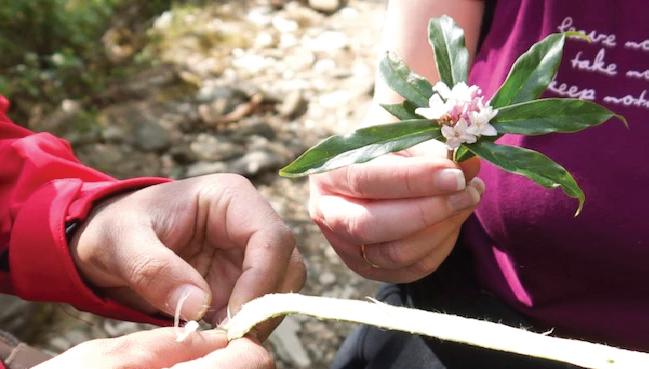
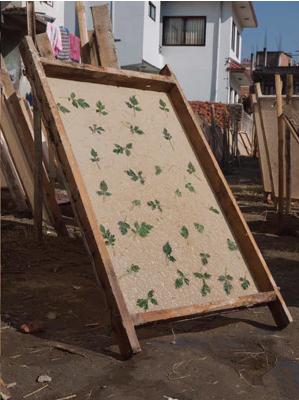
At this stage of production leaves and flower petals can be laid onto the pulp to create stunning papers, and also seeds can be added to the mixture for seeded papers.
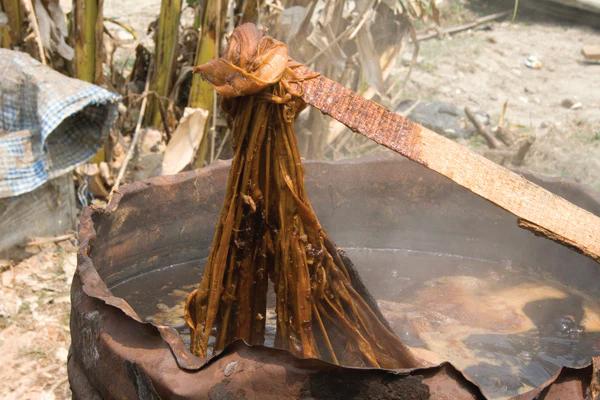
The Lokta bark has to be boiled for eight hours to soften and break down the fibres, and it is then hand sifted before being pulped to a smooth paste.
Once the frame has been drained, it is dried in the sun (which doesnt take very long for most of the year) before removal and stacking ready for the many uses the lokta paper is used for. Various techniques can be used to create the stunning patterns and designs, one of these is Screen Printing.
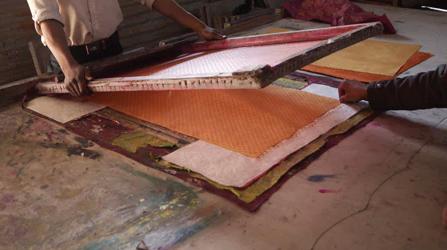
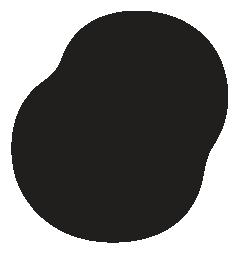
Wood Carving is an act of using various tools such as a knife, chisel, and gauge to create an artwork or sculpture. Nepal has a rich history of wood carving with woodcarvers producing magnificent work of arts. The medieval Durbar Squares and temples of Kathmandu valley have incredible wooden artworks.

The Malla period (13th to 18th century) and the preceding Licchavi period are the golden era for the cultural renaissance in Nepal. Kathmandu valley’s three major cities, Patan, Kathmandu and Bhaktapur, were each under the rule of Malla kings. The durbar (palace compound) of each kingdom faced an open quadrangle on which a succession of religious kings erected a panoply of temples. During this period, wood carving and wooden architecture grew in prominence. The ancient cities of Kathmandu, Lalitpur, and Bhaktapur have incredible wooden buildings, temples, and palaces. One of the main reasons behind the beauty of the woodwork is the constant competition among Malla Kings to make their city the most beautiful. The traditional architecture included doors, windows, and cornices that were beautifully carved in incredible geometrical, floral, and animal forms.
These temples and palaces mark a pinnacle in the artistic achievement of the valley’s Newar craftsmen. The Newars, the original settlers of Kathmandu Valley, are today still renowned for their crafts skills, and because of these living artisans it has been possible to rebuild in Nepal. As stone and metal craftsmen, likewise woodworkers also have their workshop at the ground floor of their houses. This working system helped the generations to carry on with their ancestral skills. Wood artistry can be seen in almost all traditional houses, temples, and shelter houses built with ancient architecture around the Valley.
Wood Carvings of Nepal are generally based on Holy Scriptures and mythical structures of Buddhism or Hinduism: deities, religious symbols, demons, animals, and others woven in an intricate pattern.

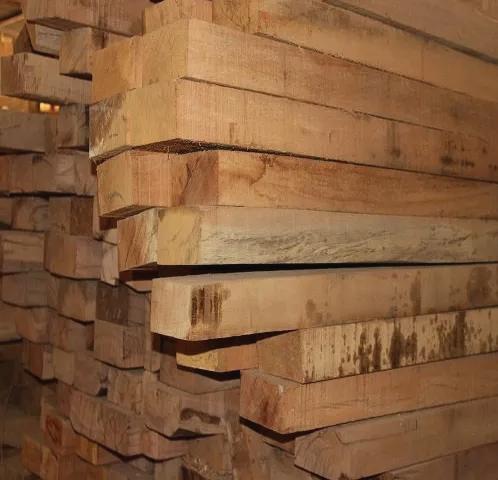
The process begins with the selection of the appropriate type of wood. In Nepal, artisans often use softwoods like cedar, teak, or saal (shorea robusta), as these woods are relatively easy to carve.

The chosen design is then transferred onto the wooden surface using tracing paper or a freehand sketch.

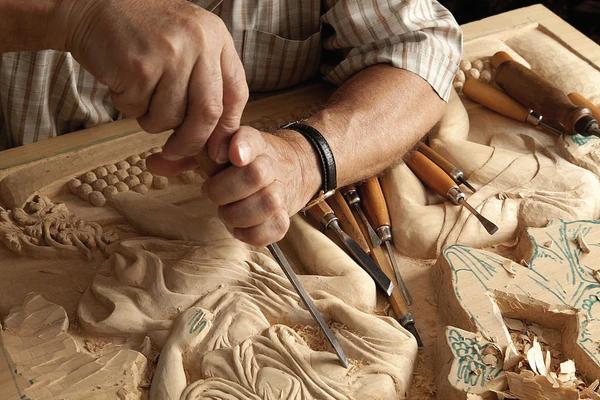
The process involves the intricate and delicate task of carving the design into the wood. Artisans use various hand tools, such as chisels, gouges, and mallets, to meticulously carve out the patterns. Di erent tools are used for di erent aspects of the carving, from roughing out the design to fine detailing.
After the carving is complete, the wood surface is sanded and smoothed to remove any rough edges and imperfections.

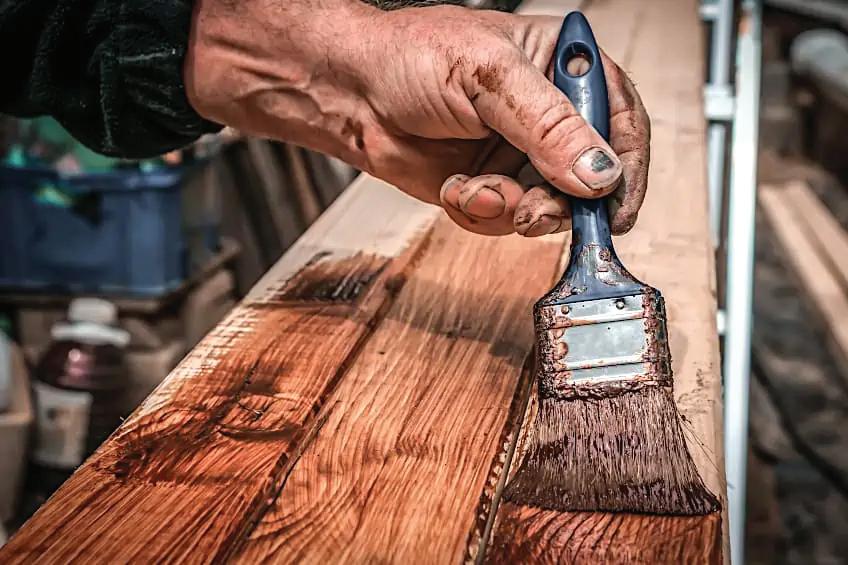
The woodcarving is stained or finished to enhance its visual appeal. Artisans may use natural dyes or stains to achieve the desired color and finish. This step also helps protect the wood and brings out the beauty of the grain.
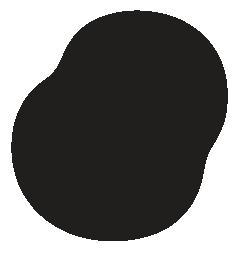
Pashmina, fine Himalayan Cashmere in Nepal, is a fiber obtained from Chyangra pashmina goats called Capra Hircus Laniger that live at the altitude above 3,000 meters in the Himalayas. It is known for its fineness, warmth, softness, desirable aesthetic value, elegance and timelessness in fashion. Chyangra pashmina is internationally recognised Pashmina
In Nepal, Chyangra goat rearing has been an age-old tradition in the Himalayas. Origin of pashmina in Nepal started long back, the mountain people of Nepal had to depend on the fabric they wove for warmth, for easy travel and for survival. In many high mountain areas and semi-tropical jungles, they continued to weave for their perfect protection and comfort wear. The pashmina's history is allied with ancient civilization. During those days it was considered as the Fibre for Royals & Emperors only. The fine pashmina fibres obtained from Chyangra goats are used to make yarn, textiles and clothing for hundreds of years.
• The pashmina industry employs over 20,000 people, of which around 50% are women.
• With approximately 2.2 million pieces exported, amounting to $27.6 million of export revenues generated in 2019, Nepal has progressively increased its market share in the world.
• The number of chyangra goats in Nepal is around 325,000 and each goat produces 90g of wool every year. If every goats wool was used the total amount of wool produced should be around 30 metric tons but only 6 metric tons is being produced. Example of resources not being used properly. Import of wool could be reduced if the country’s resources used wisely
• There was a drop in export in 2019 because low quality raw materials were imported which resulted in low quality products which did not perform well in the market.
• It is the most exported product in the country.



Chyangra Pashmina is harvested when the Chyangra goats shed their warm winter coats in the spring. The fibers are collected from the fine, soft inner coat of their underbellies.
The fibers are thoroughly combed to separate the Chyangra Pashmina from the thicker, coarser layer of wool that lies above it.
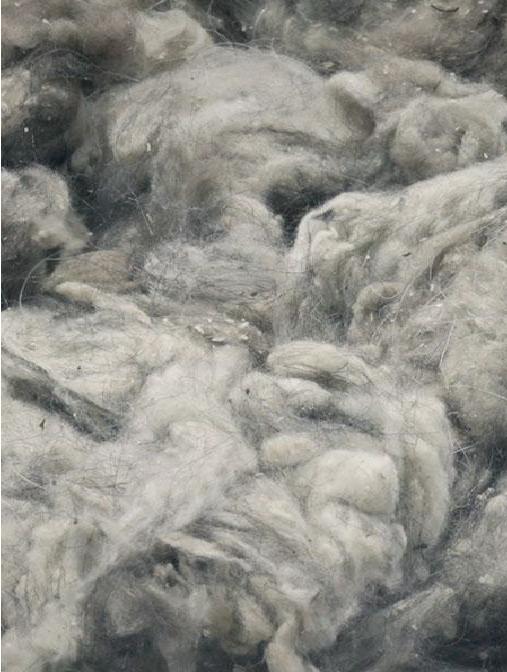
Handloom weaving, the oldest method of manufacturing lengths of fabric, is applied for more detailed weaving. It requires a mechanical device to be manually stroked to create a weft between warp threads and it creates a distinctive and desirable character with a wide variety of possibilities from herringbone to baskets, checks and stripes in varying fabric weights. This method doesn’t require electrical power.

The fiber is then hand-spun into yarn.
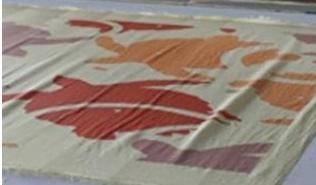
Products and accessories are also produced via hand guided knitting looms. The yarn can be hand-dyed or screen printed using a patterned nylon screen mesh. After weaving, the shawl goes through several finishing processes. It is washed, stretched, and sometimes brushed to enhance its softness and texture.
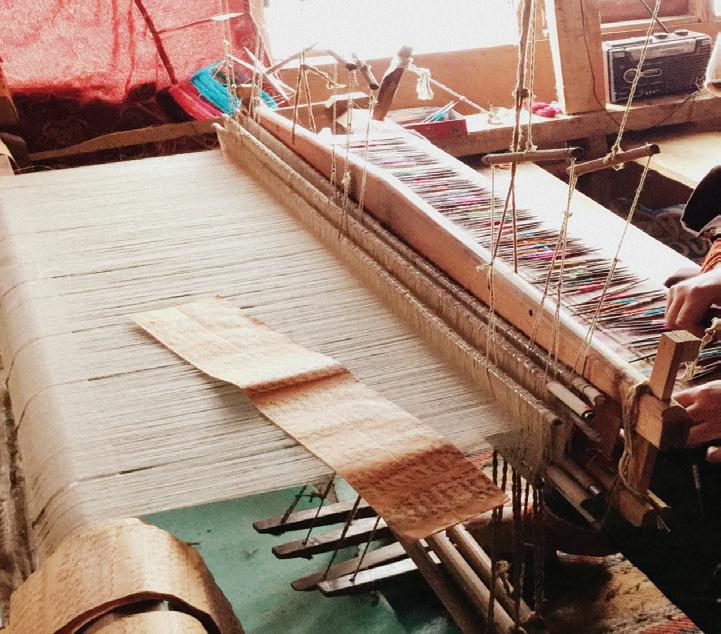
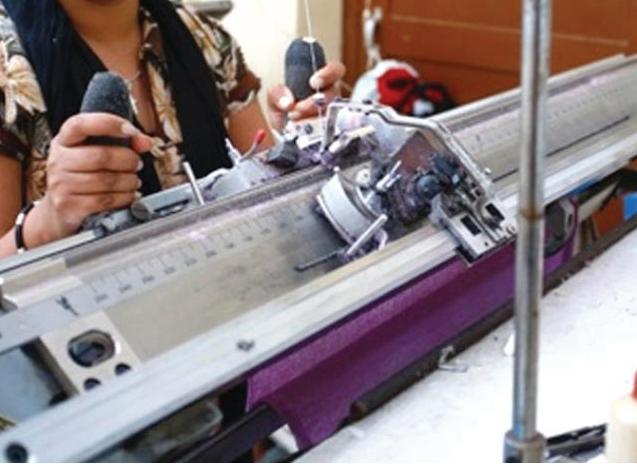





Thamel, Kathmandu’s designated tourist quarter, has a long history. It started o as a medieval site of Buddhist learning, but by the turn of the millennium, it had mutated into a red-light sandpit for an unholy trinity of thugs, dirty cops, and ex-rebels. Since the late 80s, it’s cleaned up its image, cleared away the rubble, and braced itself to welcome not just the usual backpacker crowd, but well-heeled visitors to new deluxe hotels as well as a wave of Chinese tourists.
Previously known as Tabitha Bahal, Thamel has been the centre of the tourist industry in Kathmandu for over four decades starting from the hippie movement when many artists came to Nepal and spent weeks in Thamel. It is the place where tourists get everything they want. It is a colorful and beautiful mixture of craft shops, boutique cafes, trekking gear, and rainbow prayer flags. The maze streets of Thamel consist of several stalls lined up one after another. The plethora of travel agencies located in this area provides the convenient services for those internal and external tourists coming to explore Nepal. Along with pedestrians roaming around the streets, Thamel is also filled with taxis, bicycles, rickshaws, and two-wheelers. Thamel also acts as the pre-base camp for mountaineers. It boasts a wide range of mountaineering gear shops, trekking agencies, foreign money exchange booths, pubs, clubs and nightlife along with the numerous travel lodges and guest houses.
Bhagwan Bahal Tabitha
A Buddhist monastery founded in 1042, considered as the oldest monastery in the city
The name Thamel was derived from this monastery’s name

Narayanhiti Palace Museum
The Royal palace of the country which turned into a museum in 2009
A symbol of transition, marking a shift in Nepal's political landscape from monarchy to a democratic republic
Kathmandu Guest House
One of the oldest guesthouses in Thamel and Kathmandu, established in 1960s- during the time when the area was not considered safe
The owner invited his friends to open businesses in the area and the place eventually turned into a tourist hub
Kathmandu Durbar Square
Currently a UNESCO World Heritage Site. The square itself was once the royal palace of the Malla kings and later the Shah kings of Nepal.
Treasure trove of ancient palaces, temples, courtyards, and architectural marvels that date back to the Malla and Shah dynasties.
Historically, a crucial source of freshwater for local communities. Showcases
intricate Newari stone carving and craftsmanship
Often associated with Hindu and Buddhist religious rituals and ceremonies.
Serves as public gathering place
Garden of Dreams
Built in the early 20th century by Field Marshal Kaiser Shumsher Rana. Neoclassical and European garden design and architecture, influenced by the Edwardian style.
The architectural elements, fountains, pavilions, and pergolas reflect the colonial and historical era.

Roads
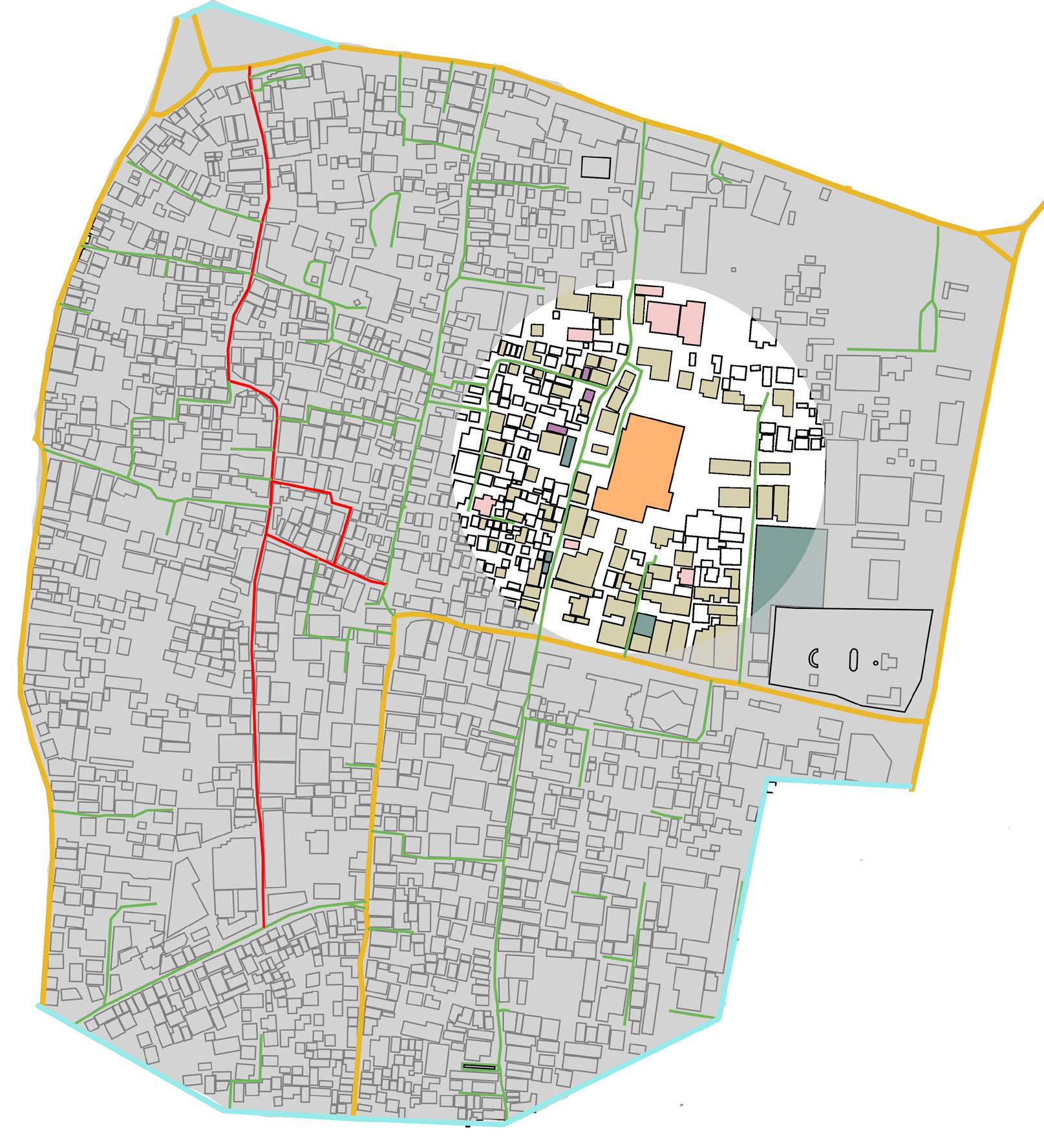
Religious RGovernmentalMecreational ixed-Use
Lane connected to the building
Ways of getting to the building
Primary Roads
Secondary Roads and Paths
Vehicle Free Roads
Secondary Roads and Paths within the site
Chhaya Devi Complex, Amrit Marg,Kathmandu44600,Nepal
The L-shaped buildings of Chhaya Center stand out as they are several stories higher than surrounding structures. Unlike the scattered units in the vicinity, the Chhaya Center buildings are organized within a rectangular shape.

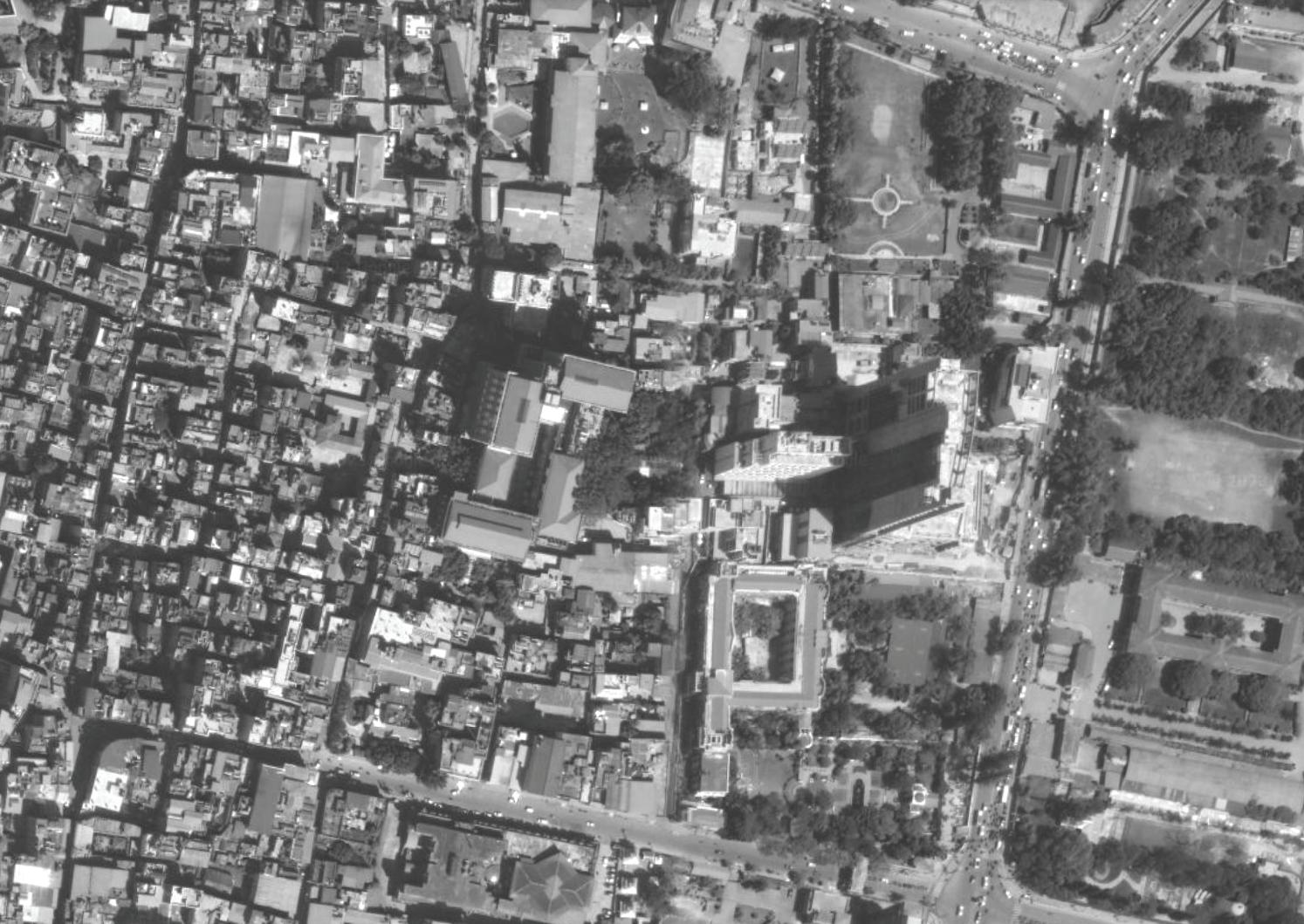

The building is a simple rectangular arrangement of buildings around a central rectangular courtyard the area of which is 12000 sq. ft. The facilities are arranged around this courtyard. It consists of 2 tower like buildings that are L-shaped and 3 smaller buildings.
Exisitng supporting facilities: swimming pool, sauna, gym. shops, corporate ofiices, restaurants, food courts, cinema halls, banquet hall and meeting halls. Floor five and above are allocated for hotel spaces.
The design of the building the fusion of traditional with modern. The facade is Newari and the fully glazed glass facing courtyard gives modern looks. The building is based on the concept ‘Thamel within Thamel’ and has developed 6 chowks each representing a unique theme of di erent tourism squares of the country.
The main entrance gate designed in traditional Newari architecture has intricate brick and wood carvings. The stone spouts in the brick water fountain emphasize the cultural and artistic heritage of the Newari people.

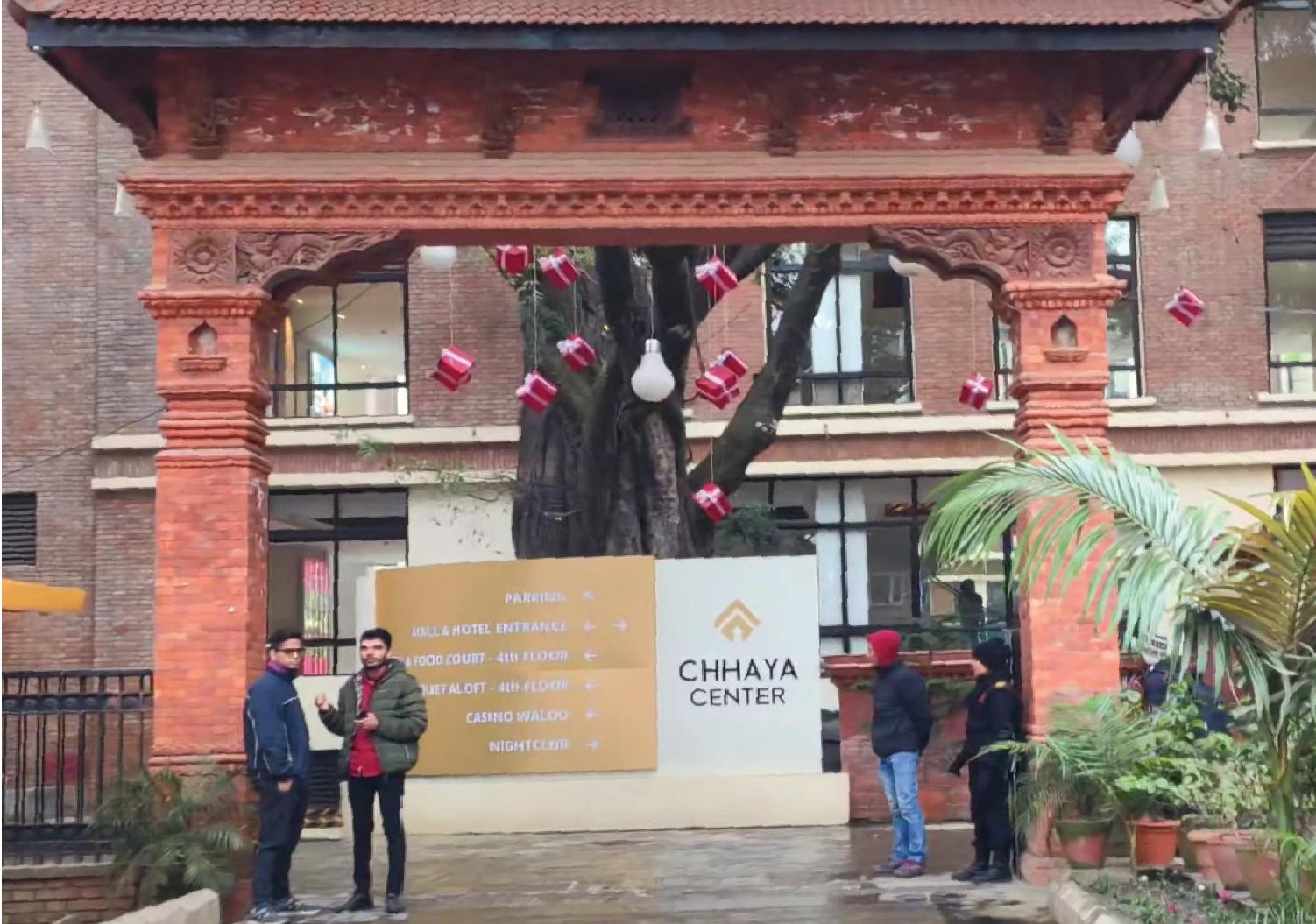
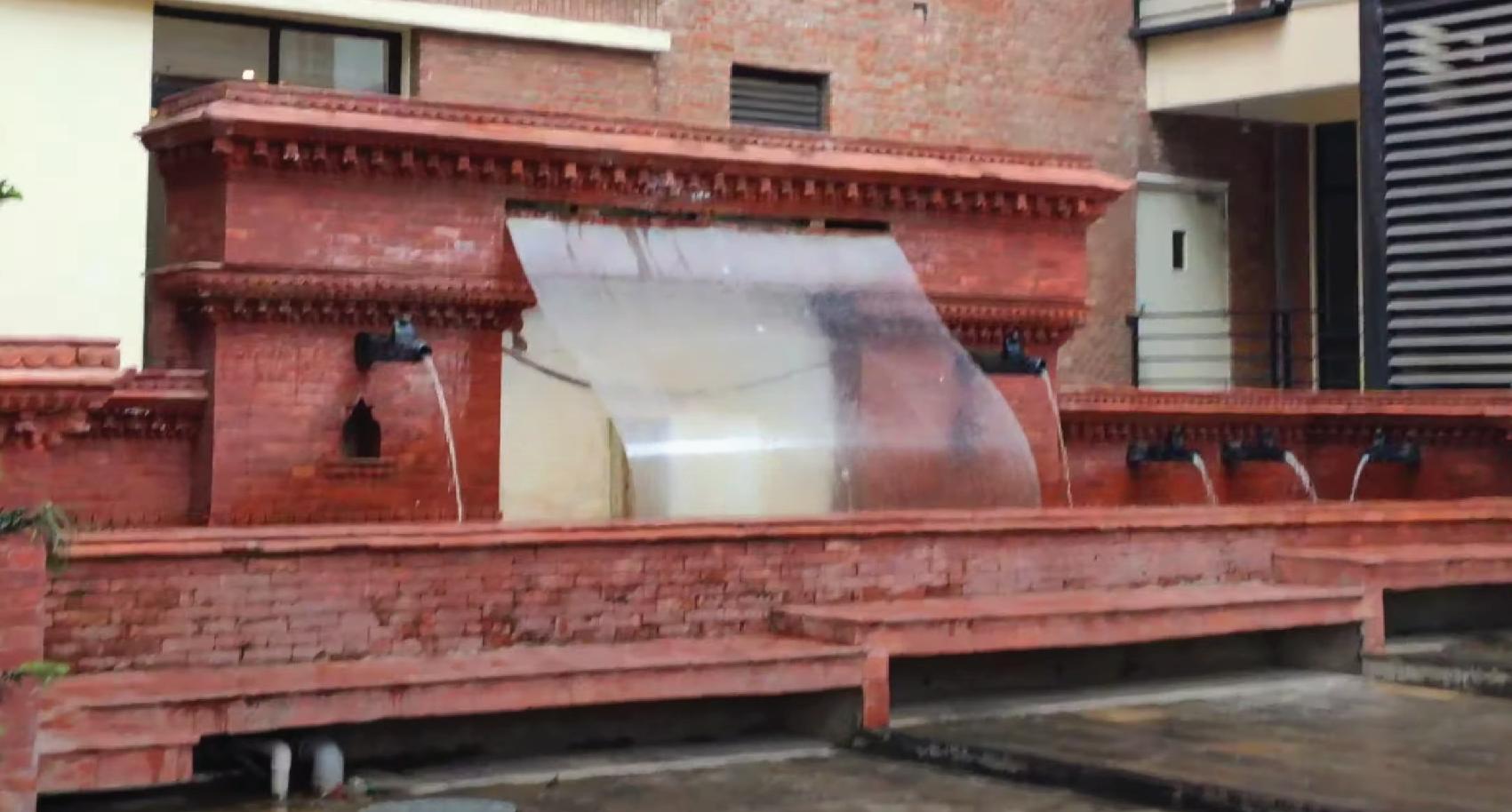



Facade material: Metal grill 16ft
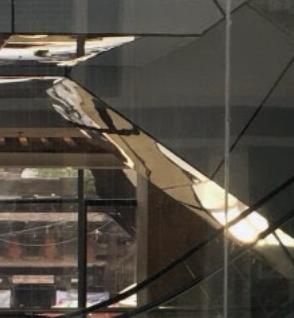
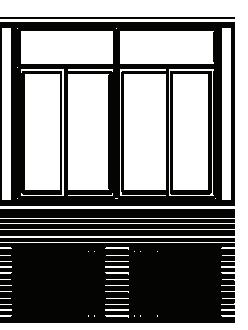
Human Scale
Linear organization
Approx. tall building height from 0 elevation: 202 ft
Approx. smaller building height from 0 elevation: 105 ft
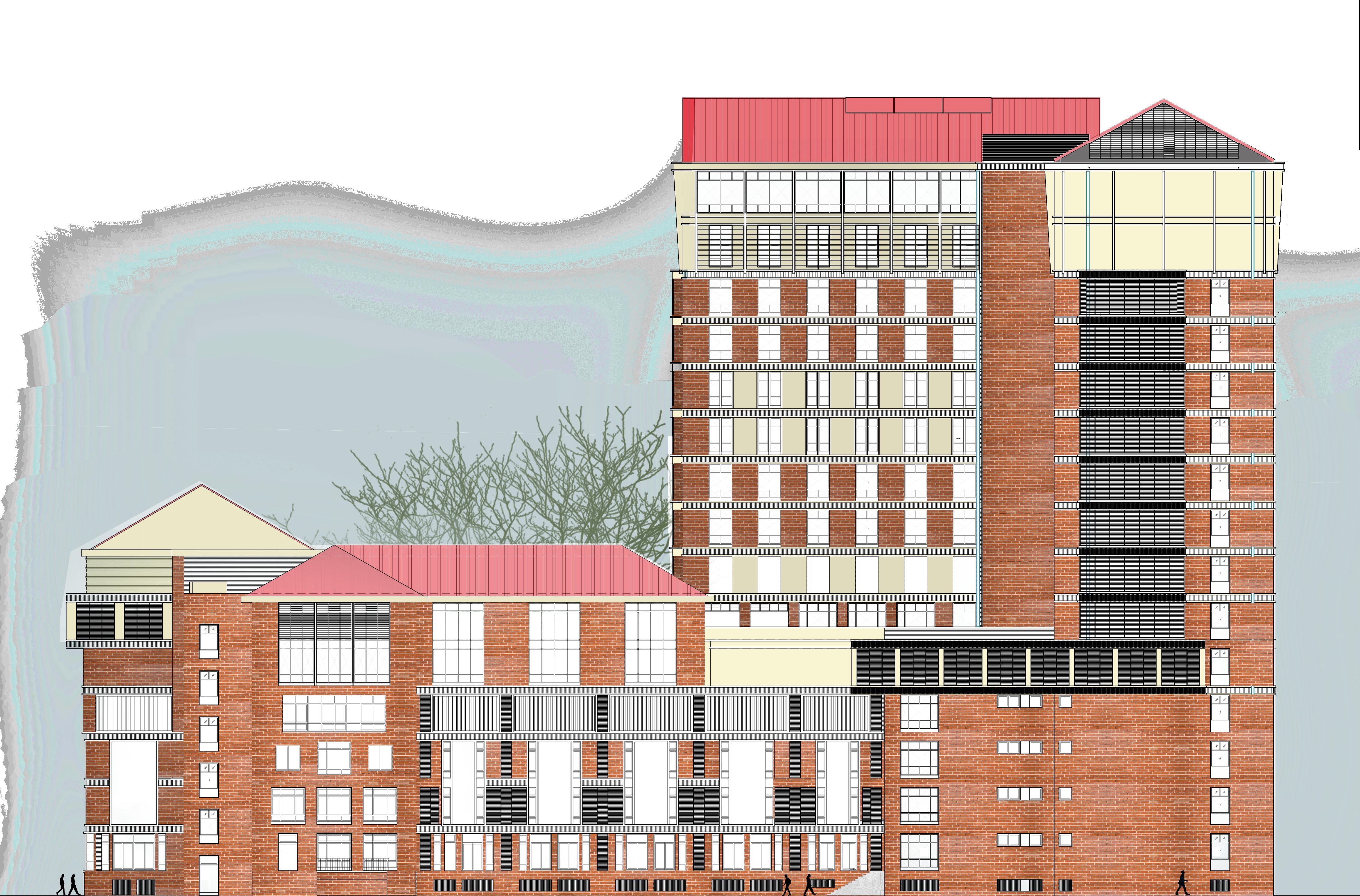
Rhythm seen in repetition of windows






Area: 12765 sq.ft






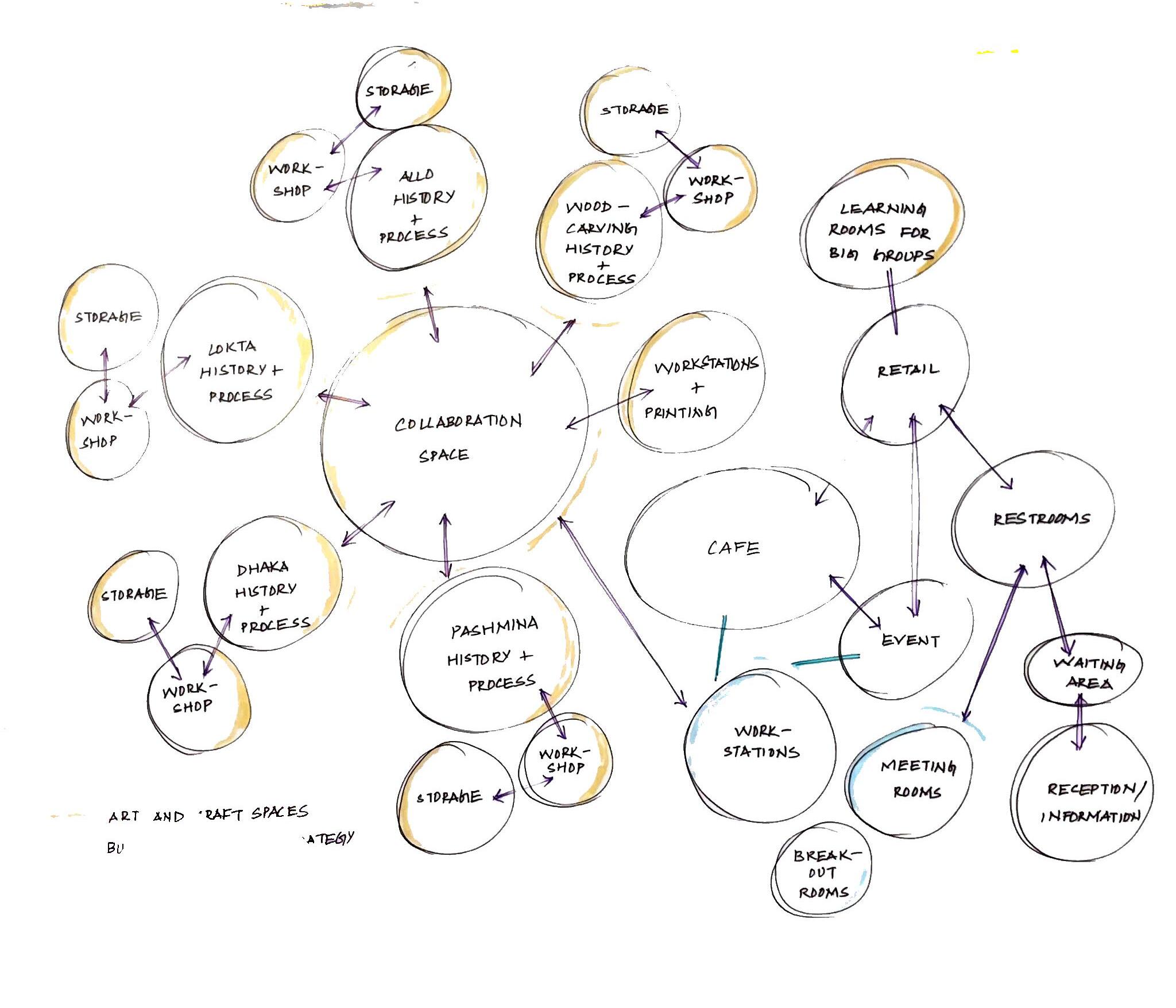
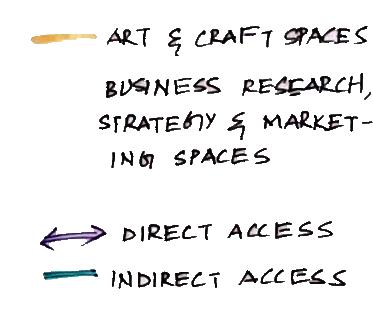

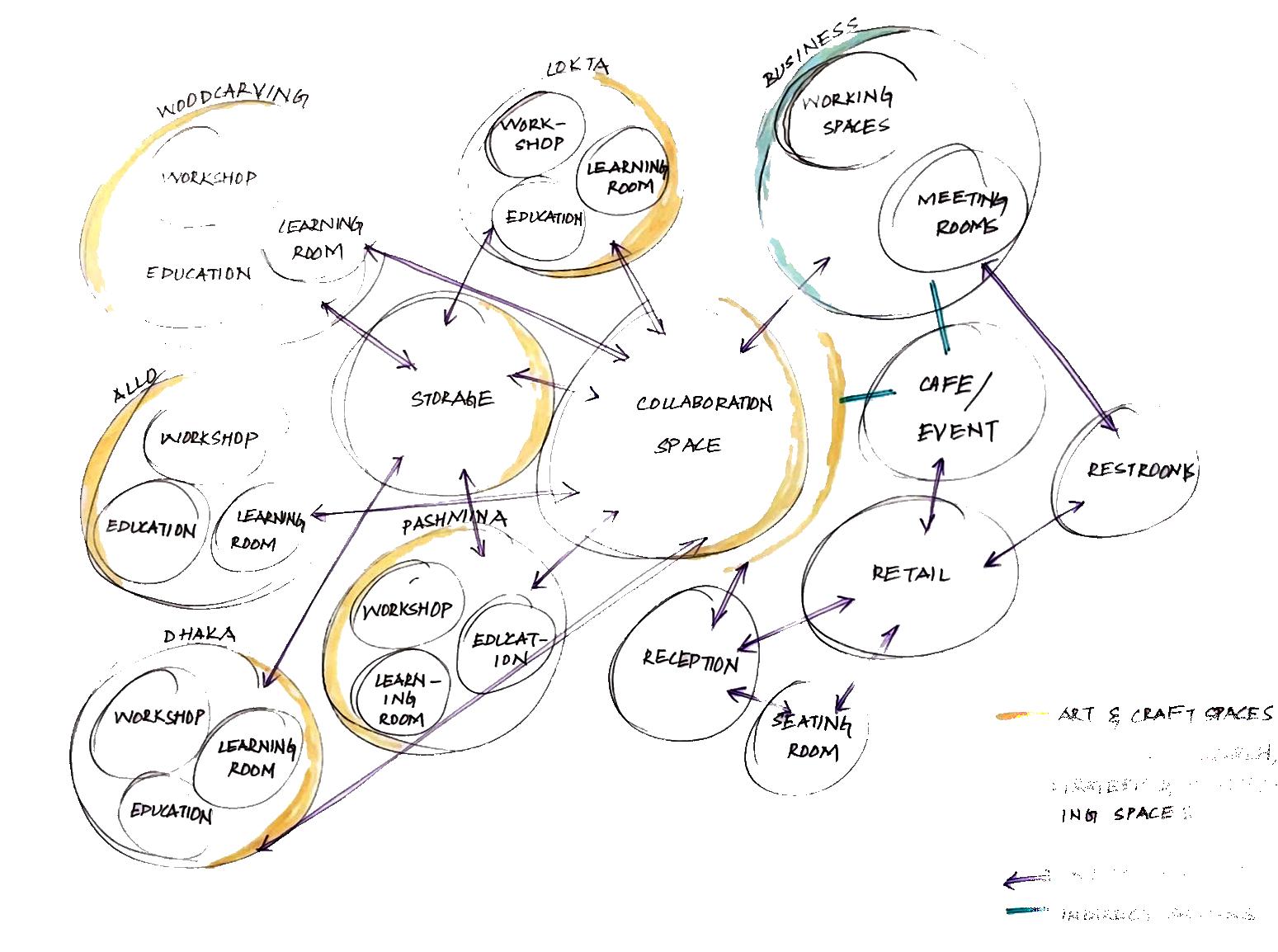

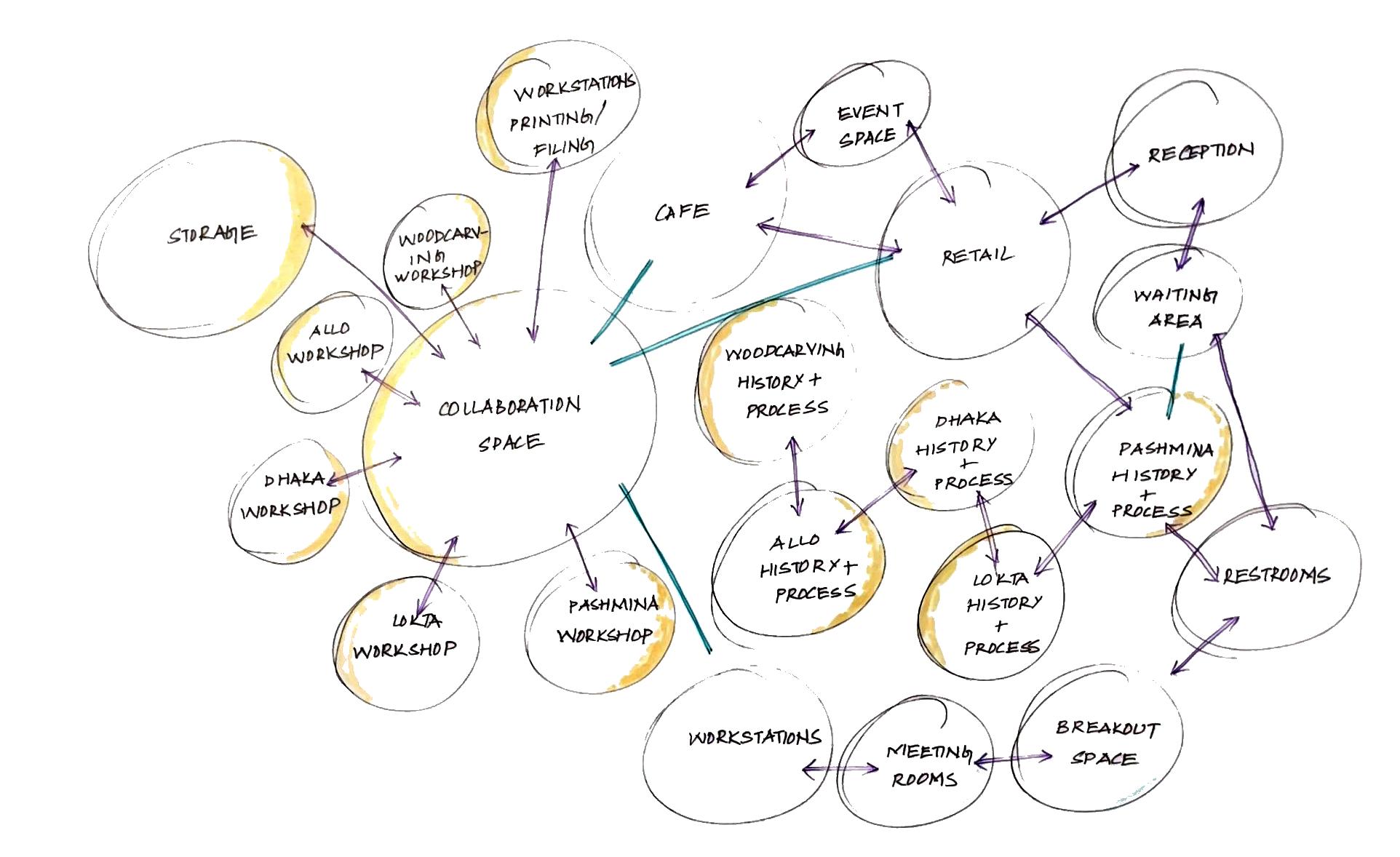


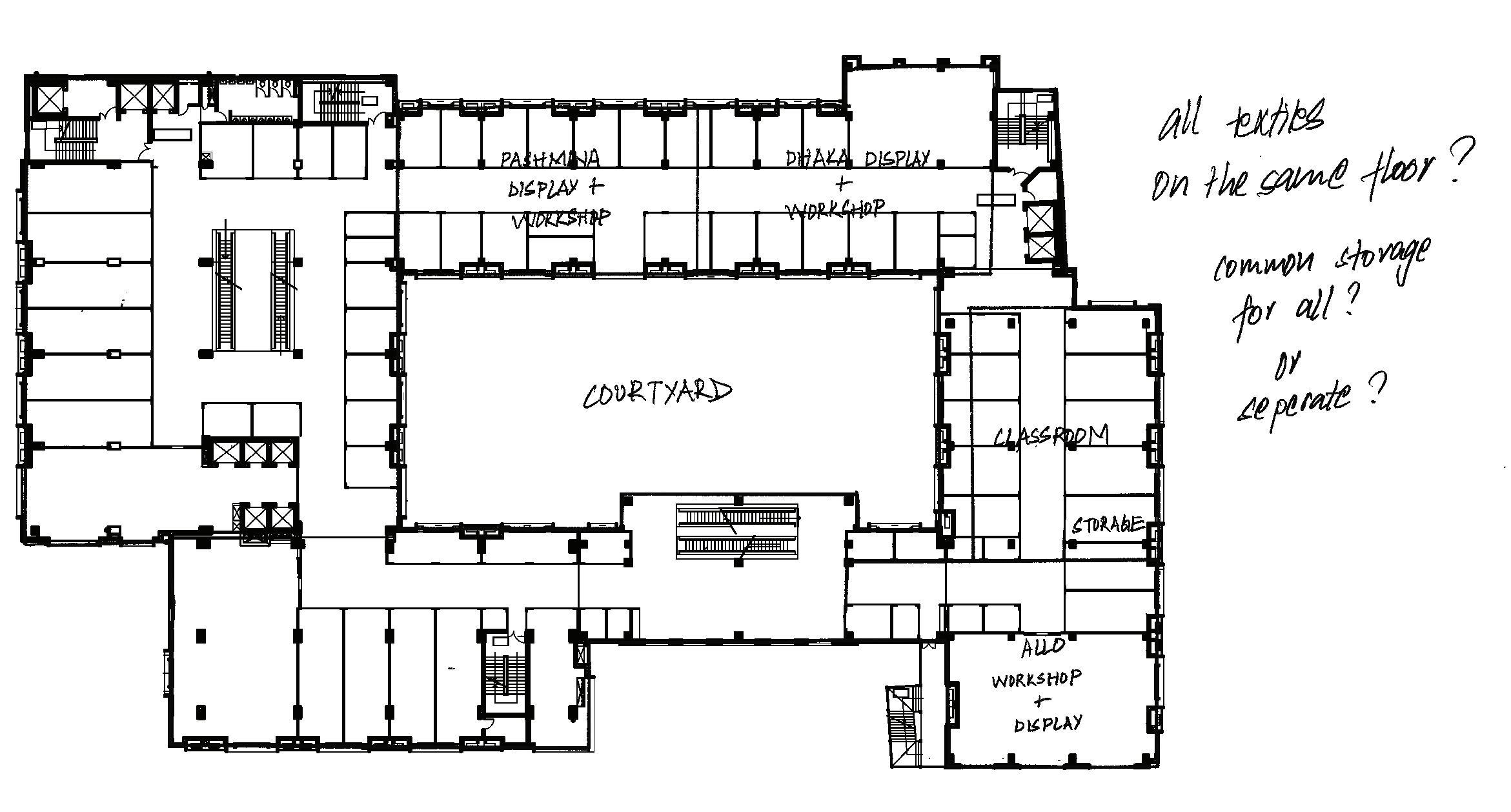
Entrance
Circulation

Way to semi-private/private spaces
Circulation to public spaces
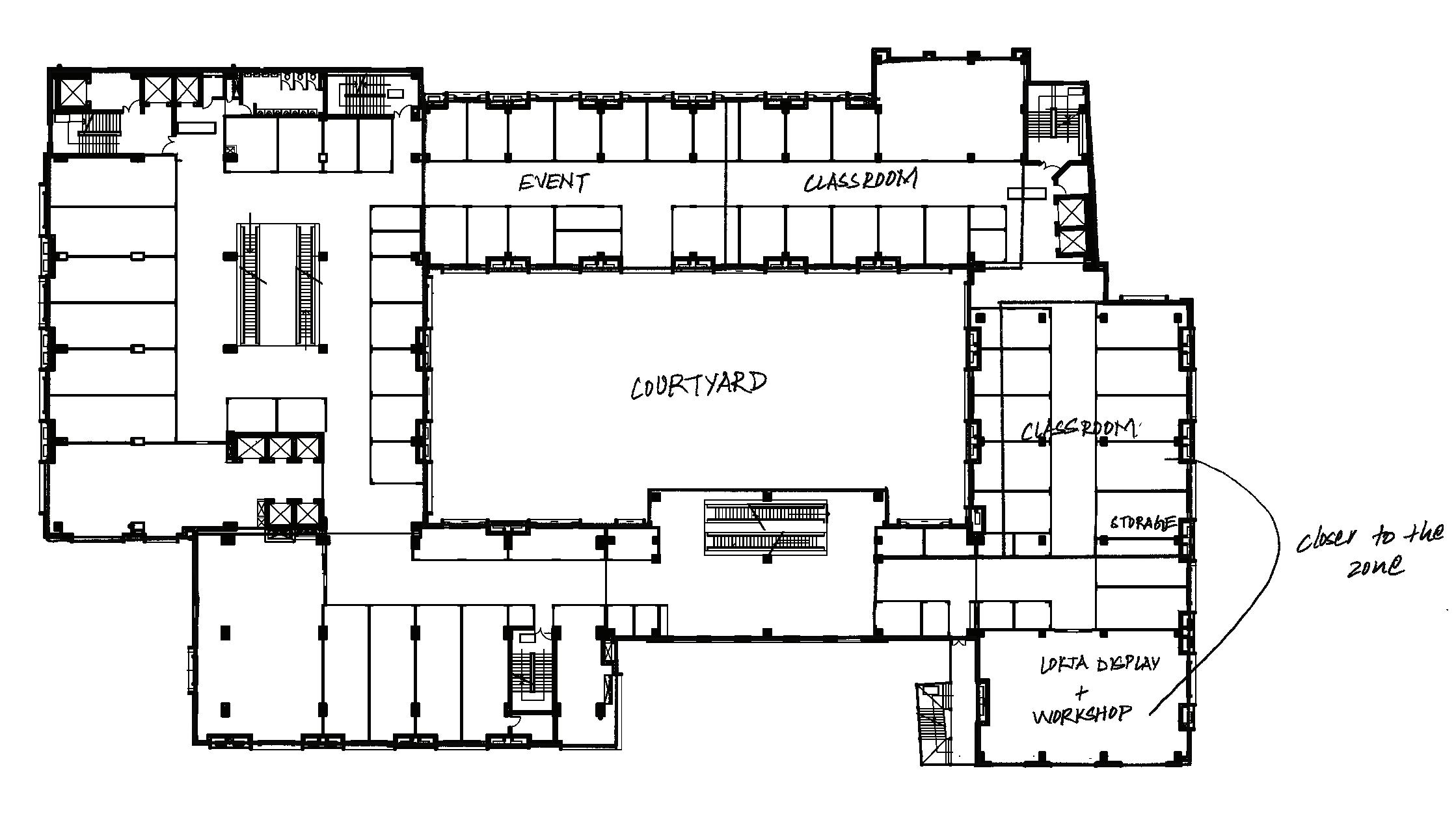


Way to semi-private/private spaces
Circulation to public spaces


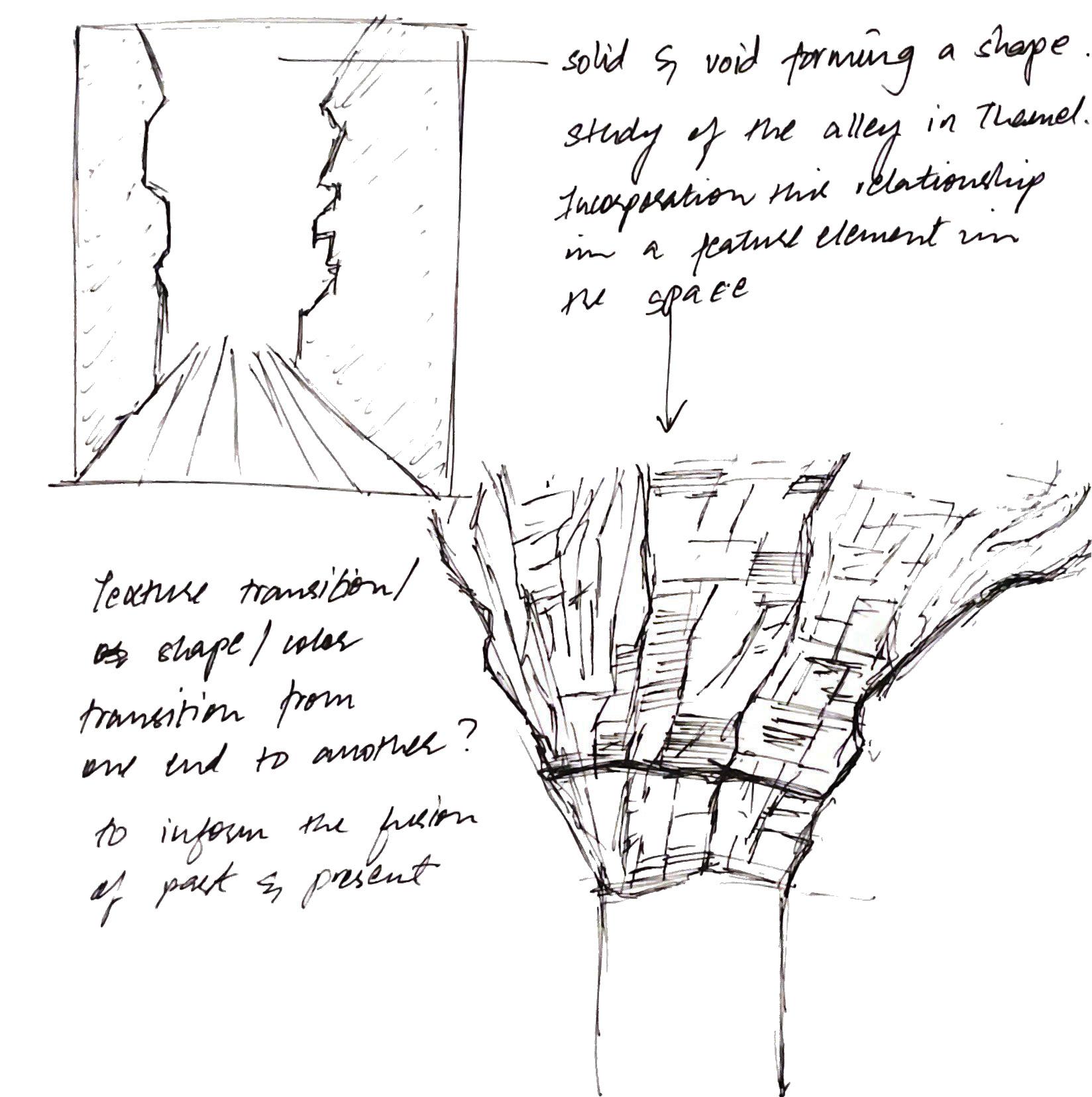


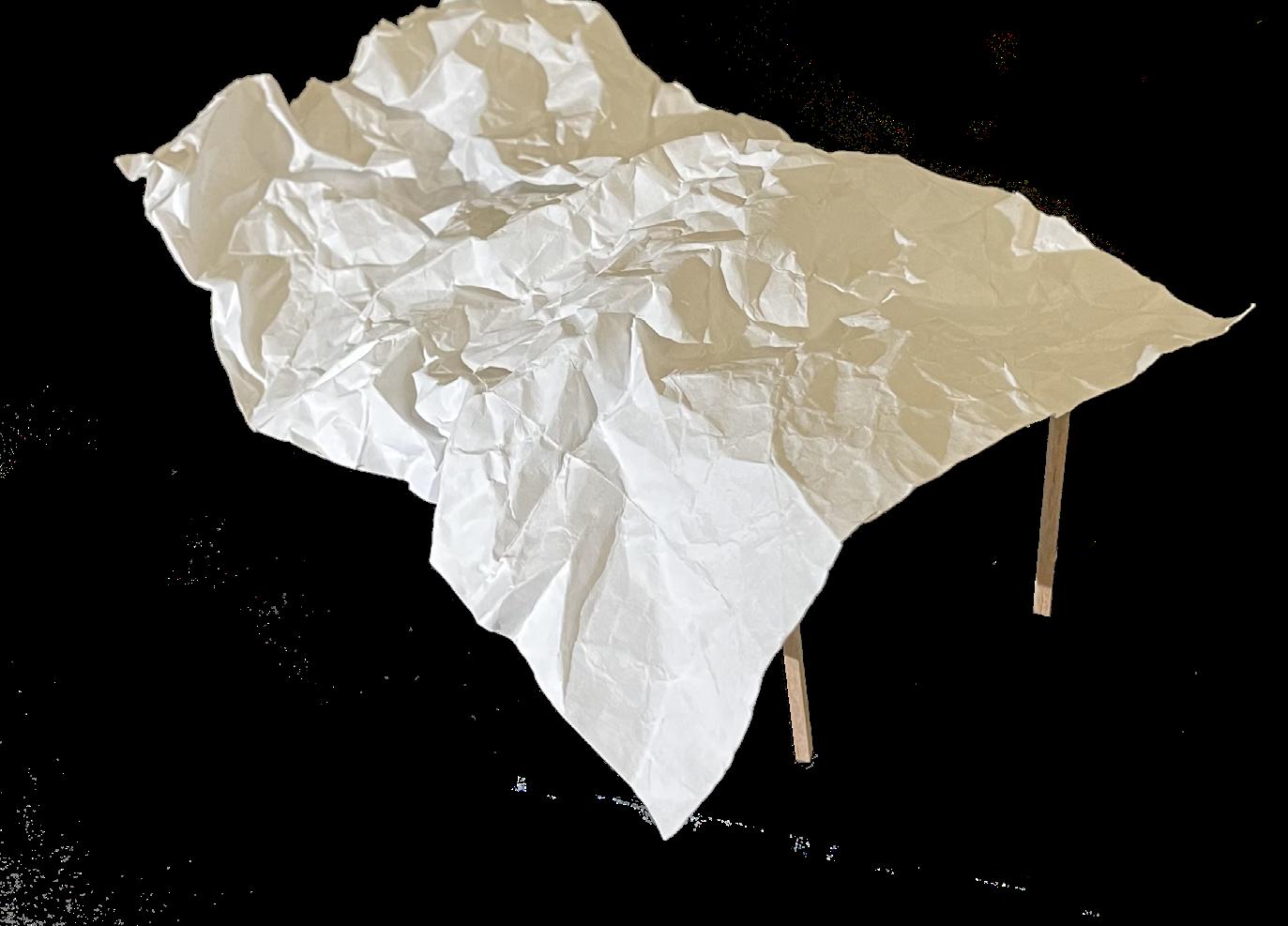
Fusion of present and past: Crumpled texture to softer texture


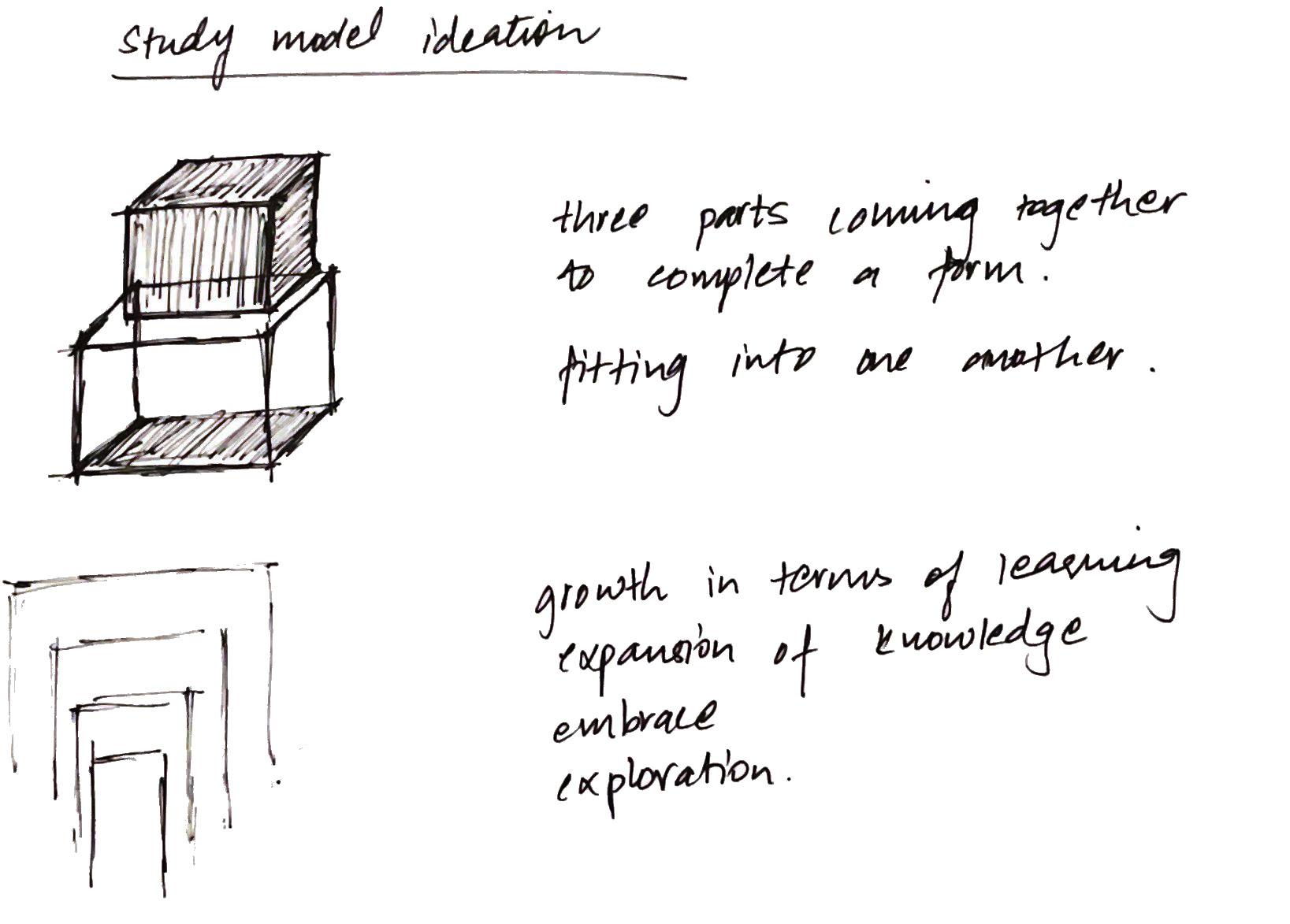


Exploration of crafts: one segment informing the other






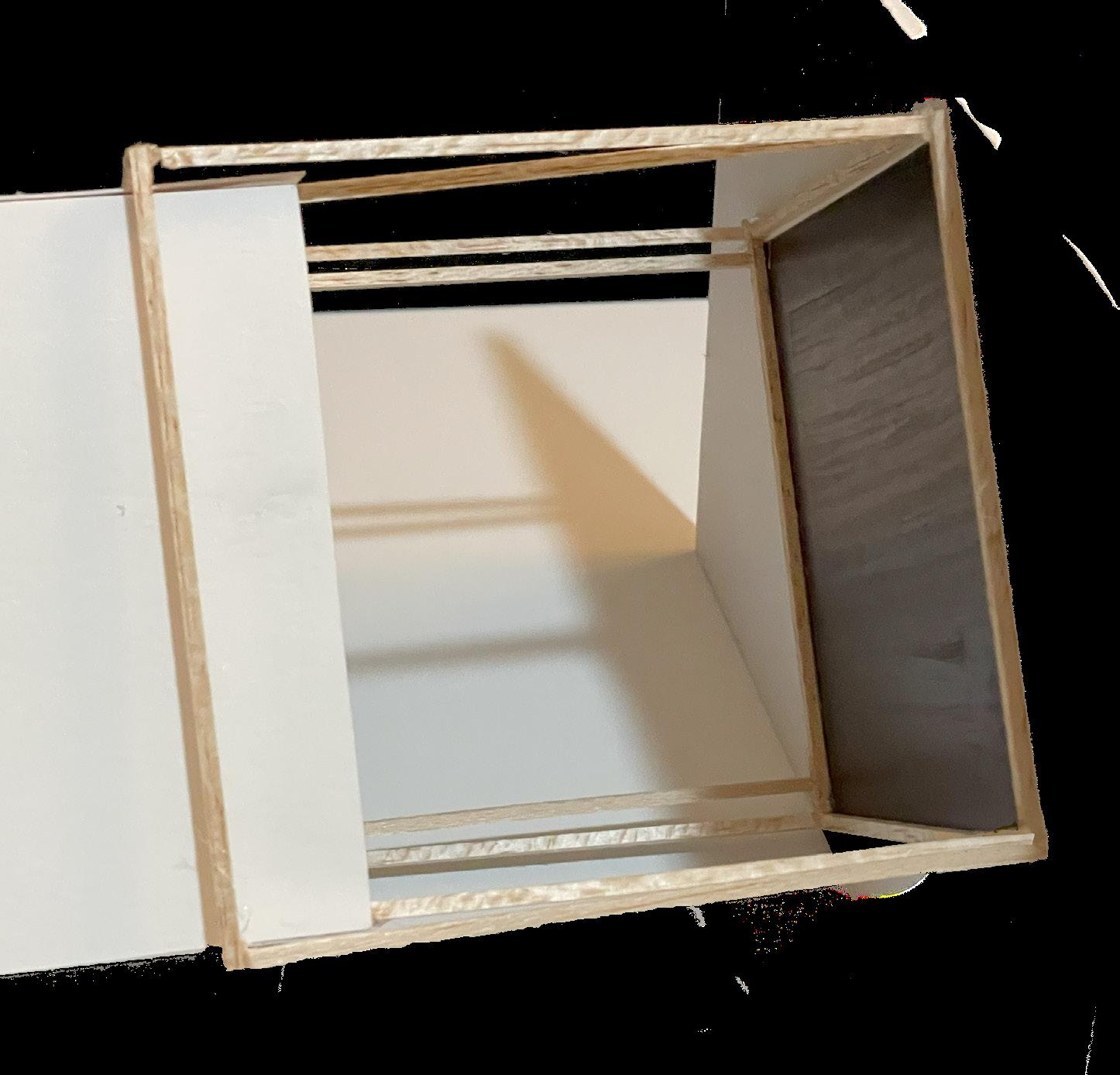
Harmonious blend and support: Three structures coming together

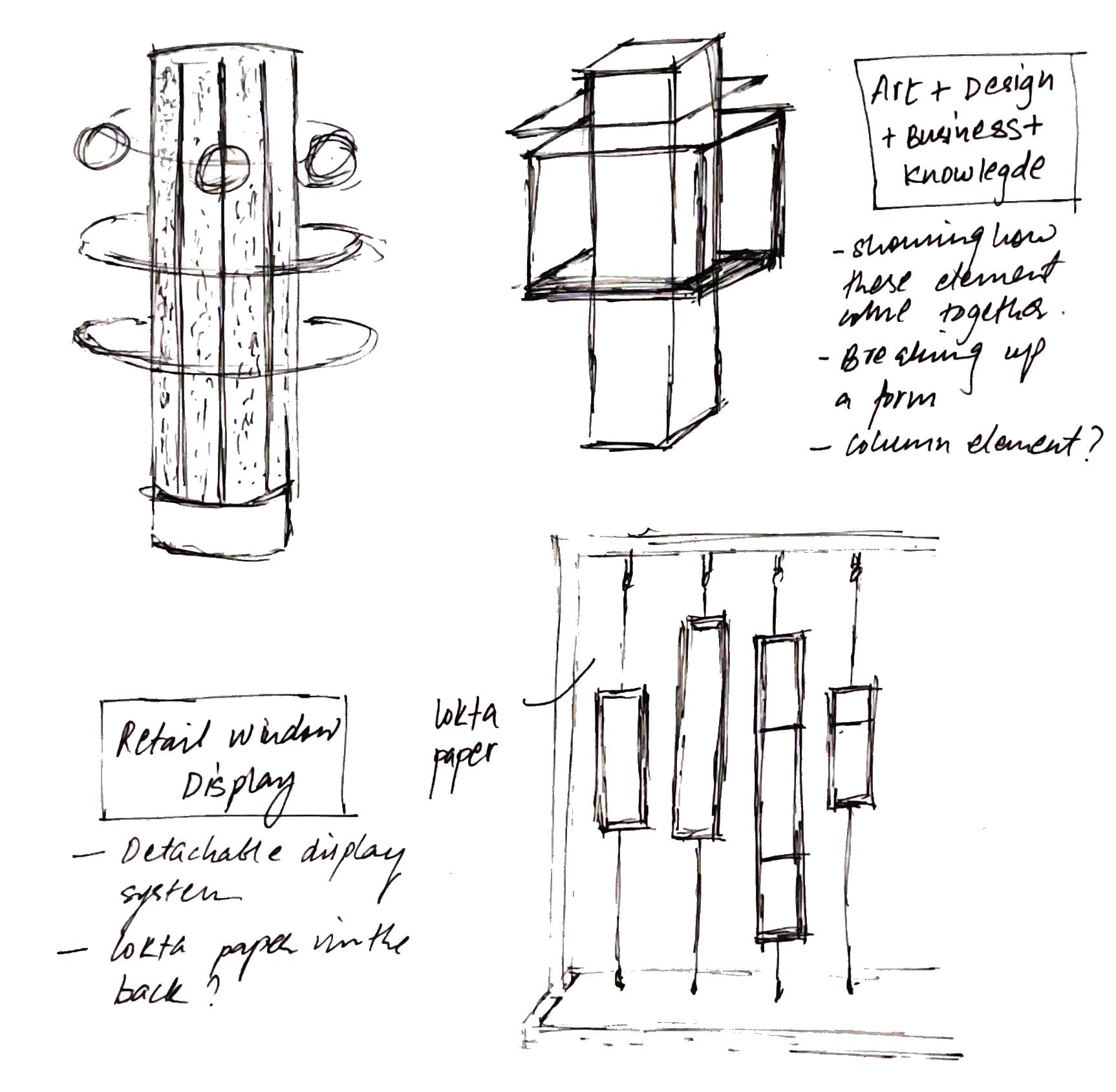
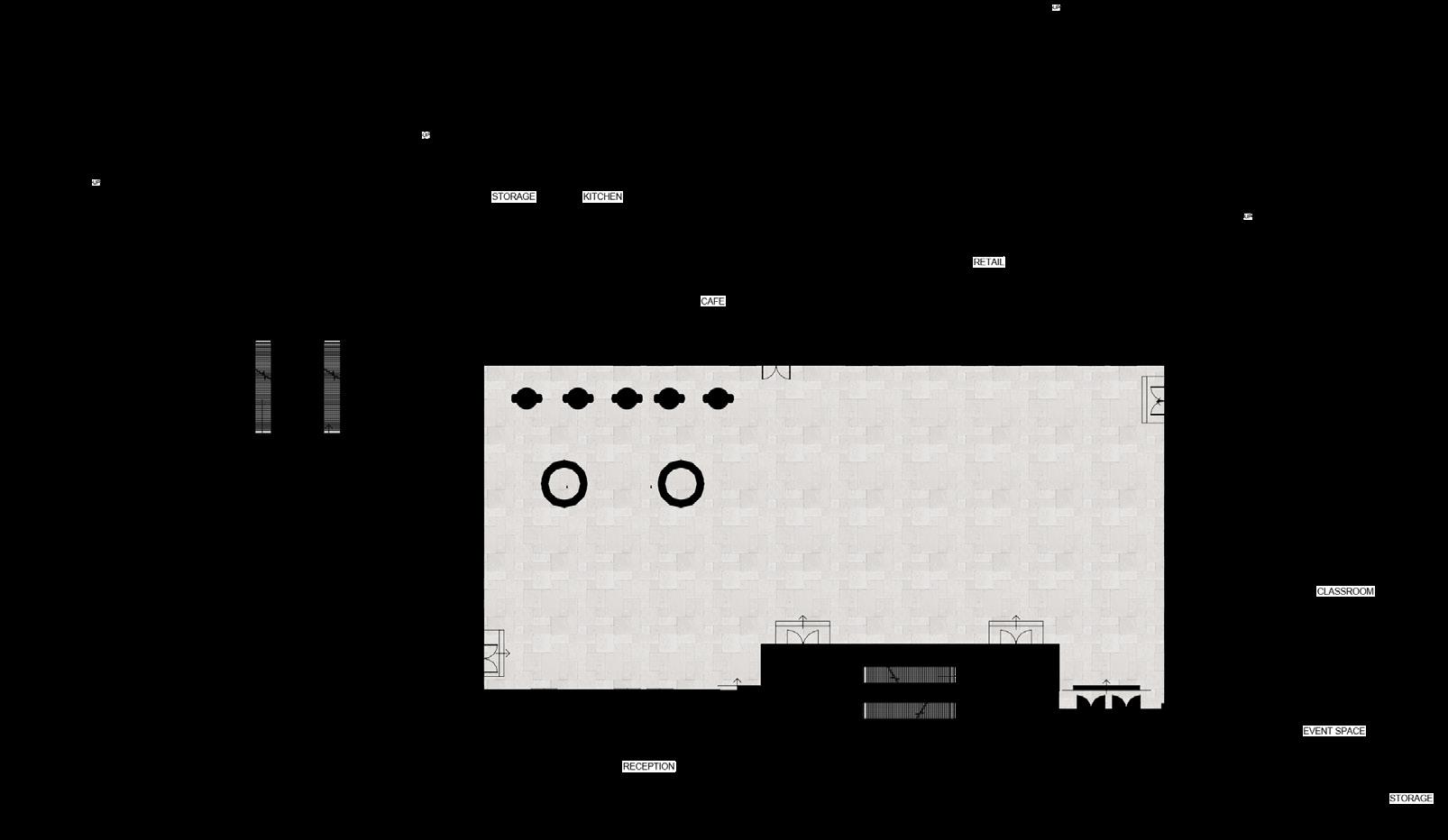



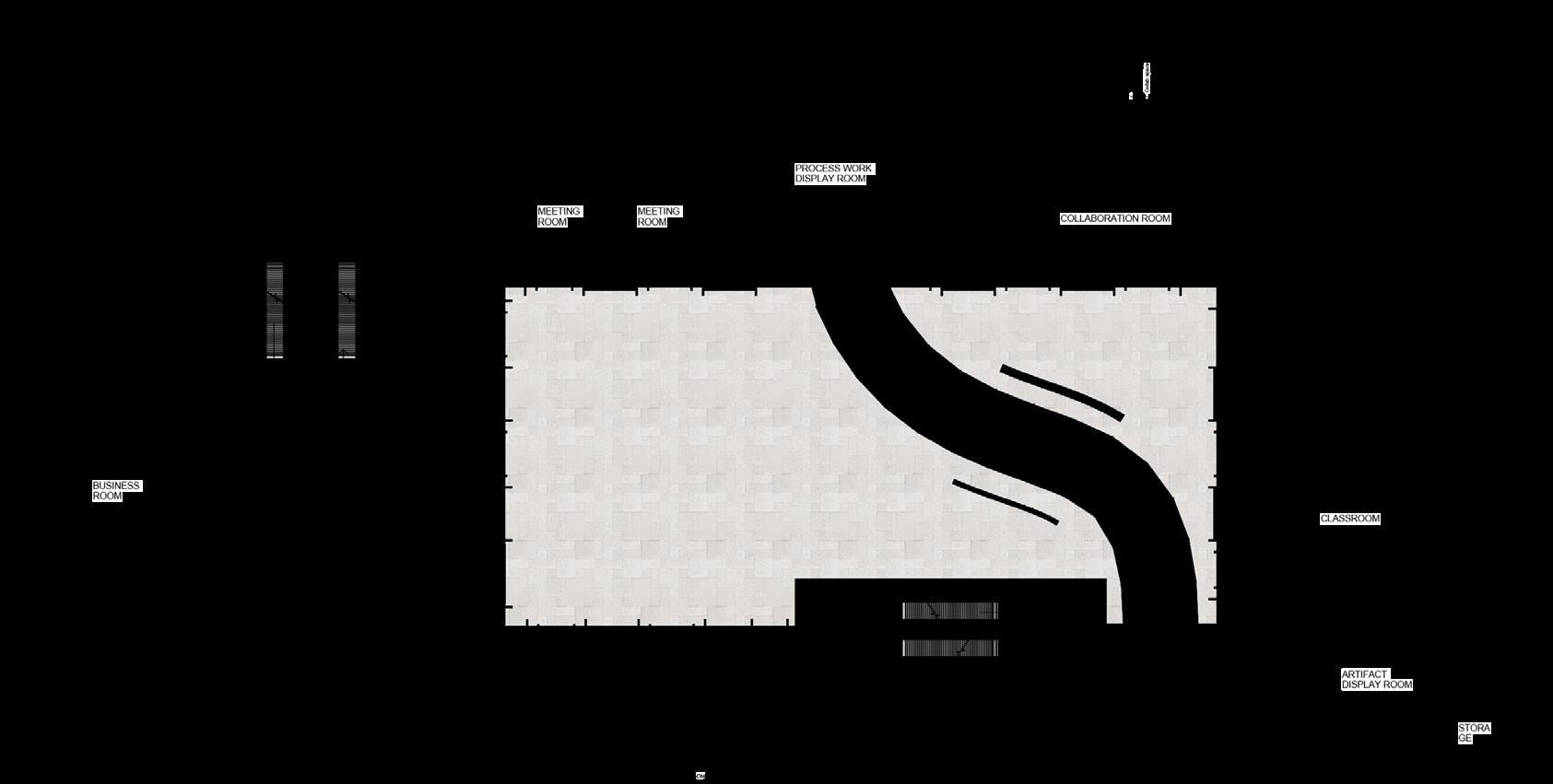

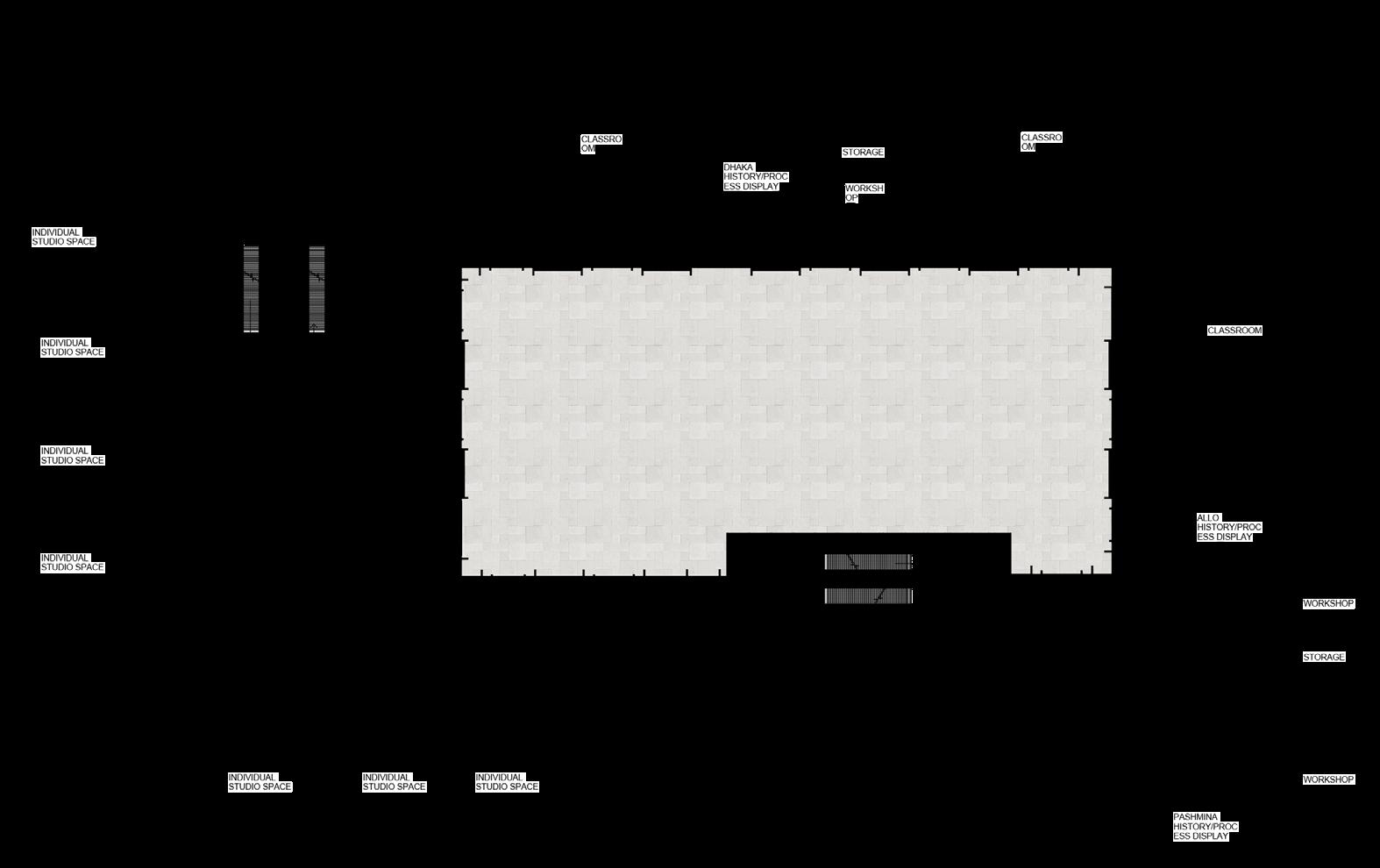


Structure- gabel
Finish-straw Pagoda style structure

Structure- flat
Finish- wood

Worktable
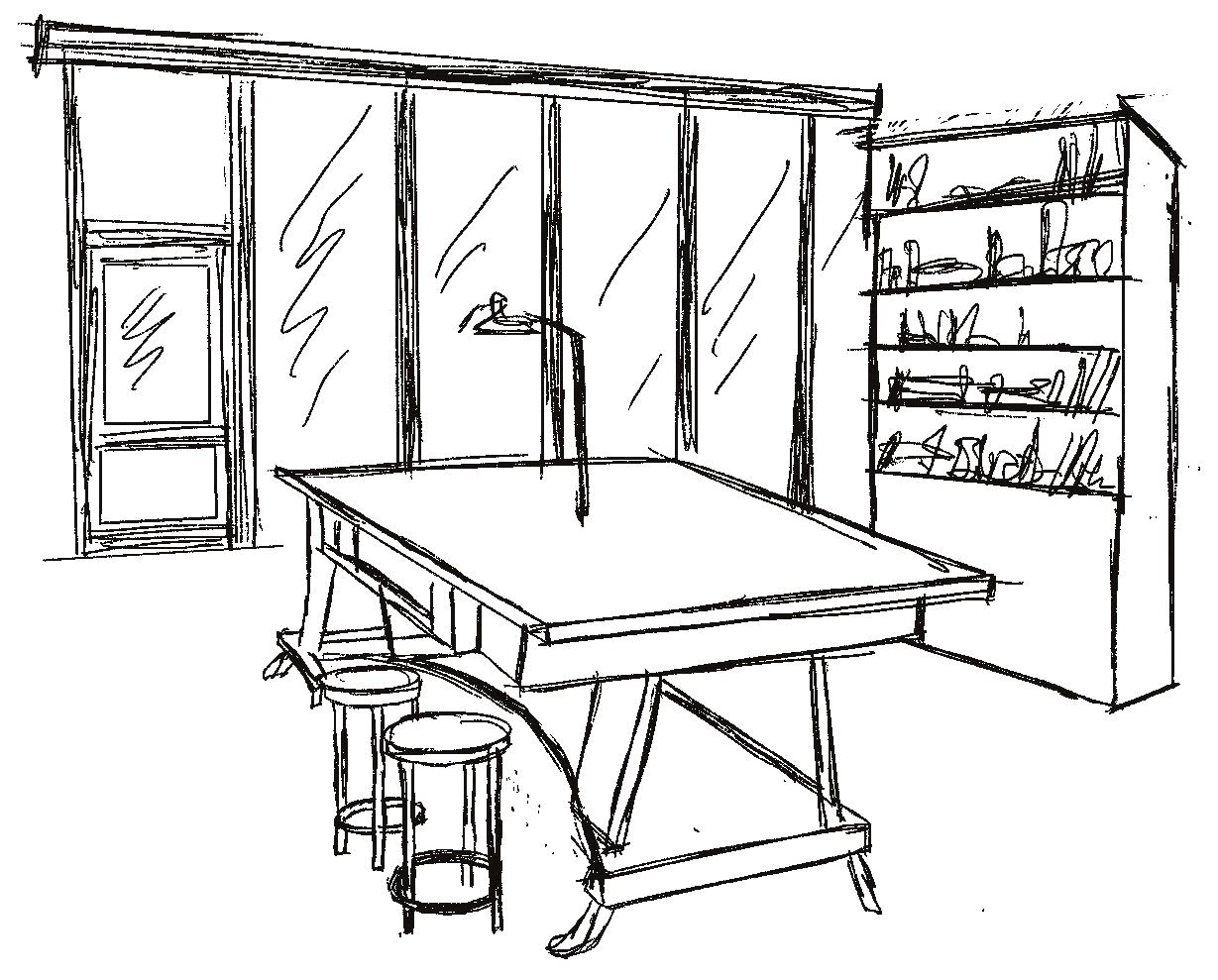
Glass windows for people to see inside Storage
What was heard:
“We want to observe real-time production” - visitors
“Interact with artisans” - visitors
“Have a dedicared workspace” - artisans
“Inspiring workspace” - artisans
Need of the space:
A workshop spacewhere artisans can create and have informal workshop sessions witjh the visitors.
Design Considerations:
• Controlled visibility from the outside? Would artisans want to be watched?
• Create an inviting space for visitors to interact and learn from the artisans
• Enough storage inside and outside the space
• Convenient and easy circulation. Not too crowded
Theories applied:
Social learning
Pleasure arousal dominance

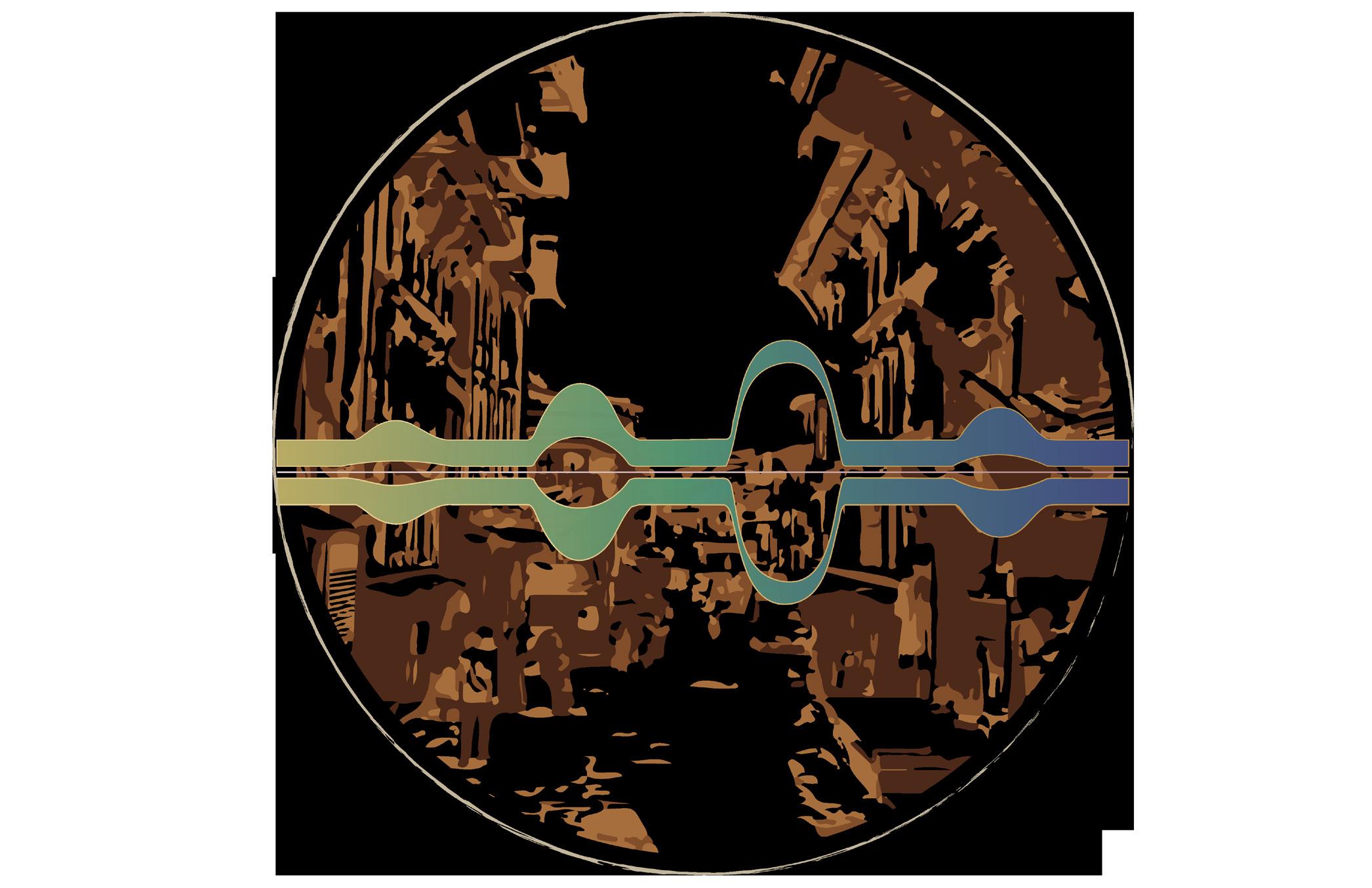

Natural light
Artificial light
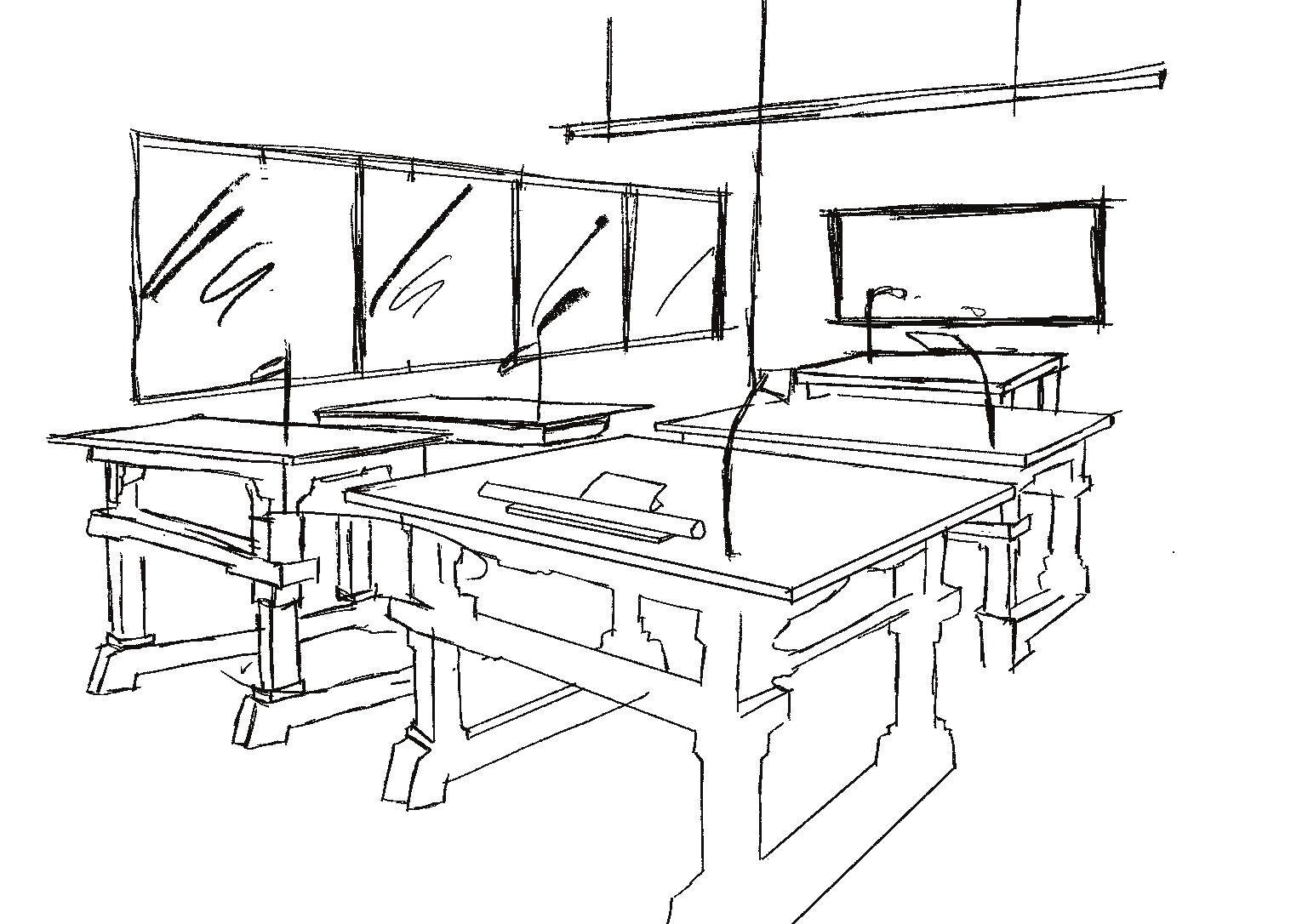
Television to show demos
Leaning table:
height adjustable Storage space under to store tools
What was heard:
“Wish we were exposed to arts and crafts in school” - visitors
“Wish I could learn it from any part of the world” - visitors
“It makes me extremely happy to be able to pass my skills down to other people” - artisans
Need of the space:
A well equipped classroom that encourages a fun and collaborative learning experience for all kinds of visitors.
Design Considerations:
• Easy space to share and access tools
• Storage space
• Adequate space between workstations
• Space to brainstorm
• Fusing traditional with modernity: online learning to connect people virtually
Theories applied:
Social learning
Pleasure arousal dominance

Visitor user-experience map
Artisan user-experience map
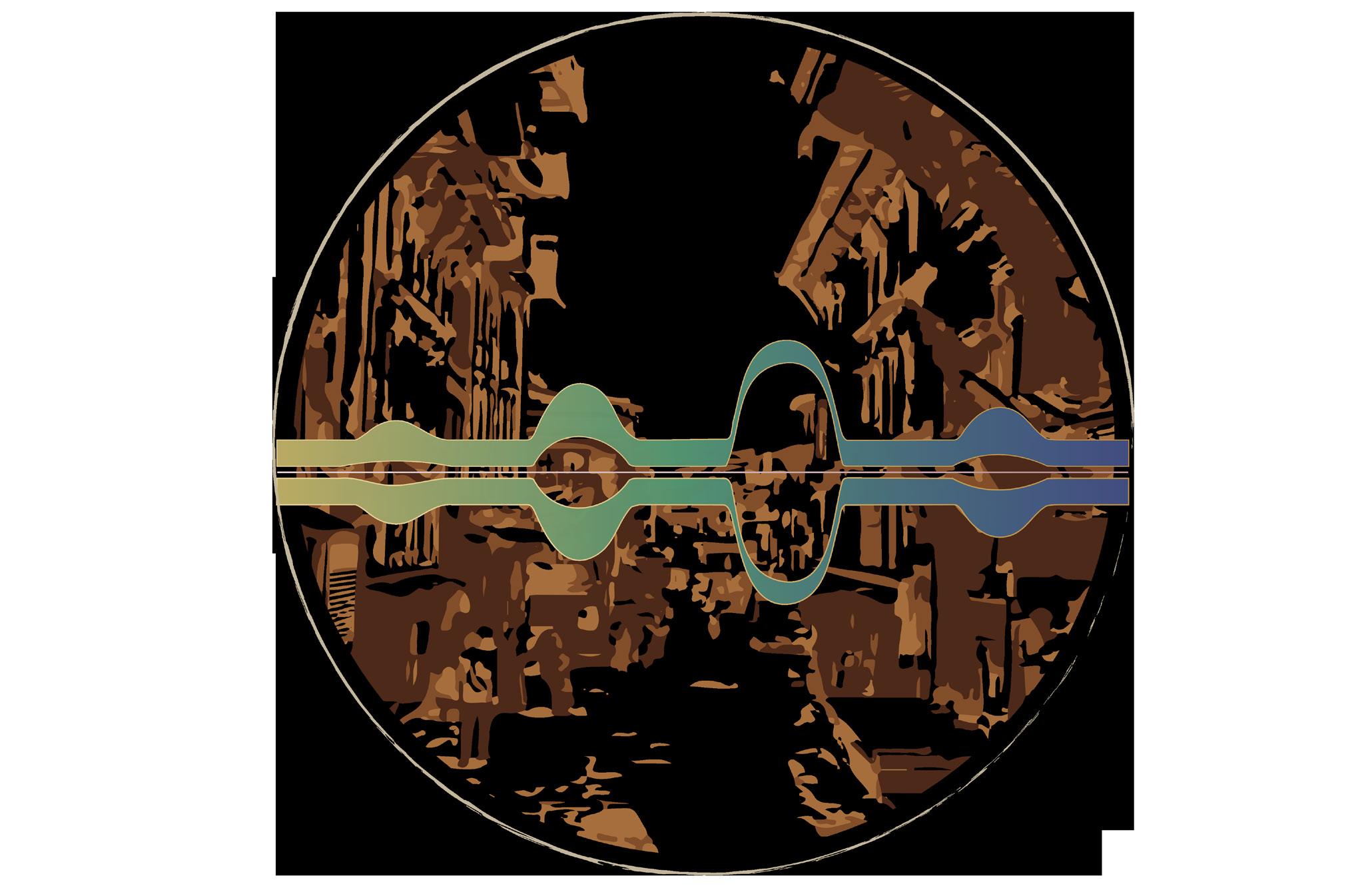

Storage for tools
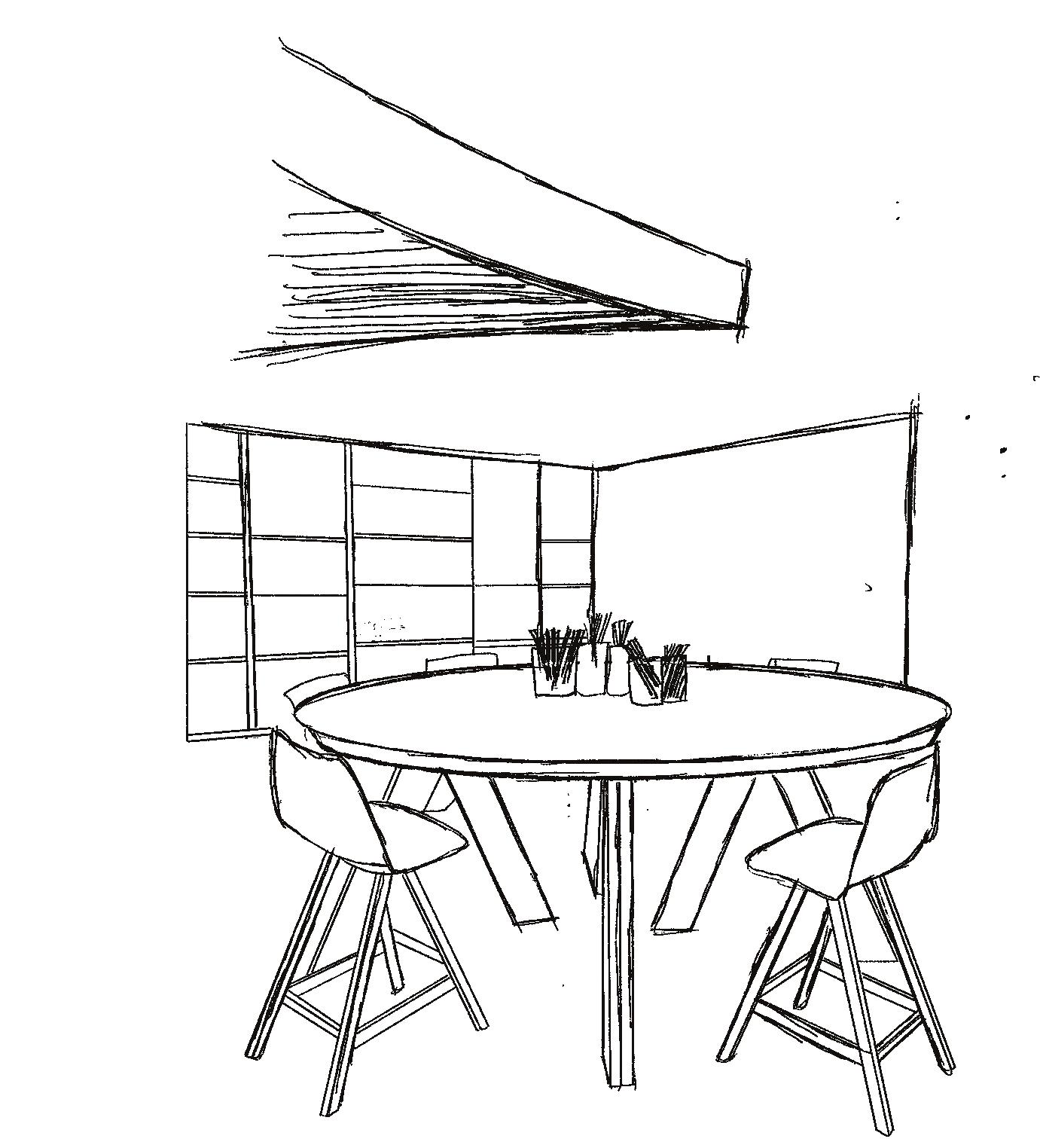
Fusing the outside with the inside
Writing surface encourages more brainstorm
Circular shape encourages more collaboration
Artisan user-experience map

What was heard:
“We want innovation in product design” - artisan
“Love working with and learning from other artisans” - artisan “Social engagement” - artisan
Need of the space:
A collaboration space for artisans to come together, brainstorm and innovate.
Design Considerations:
• Connecting artisans with the outside
• The use of stimulation through visuals, colour, sound and other techniques for a heightened sensory learning experience that is more engaging than a single stimulation
Theories applied:
Stimulation
Attention Restorative Behavior Setting

Traditional wood carved colannade
Glass between two columns to control air flow

Windows that give peaks into di erent craft zones
What was heard:
“Connection to the outside”
“Place to process and take everything in”
“Cultural references”
Need of the space:
Transition space that continues the cultural vibe which gives relaxation and psychological restoration.
Design Considerations:
• Mimic alleyways
• Binding the spaces together
Theories applied:
Elements of legibility
Stimulation
Attention Restorative

Information gained by seeing the goods and learning about their history and usage
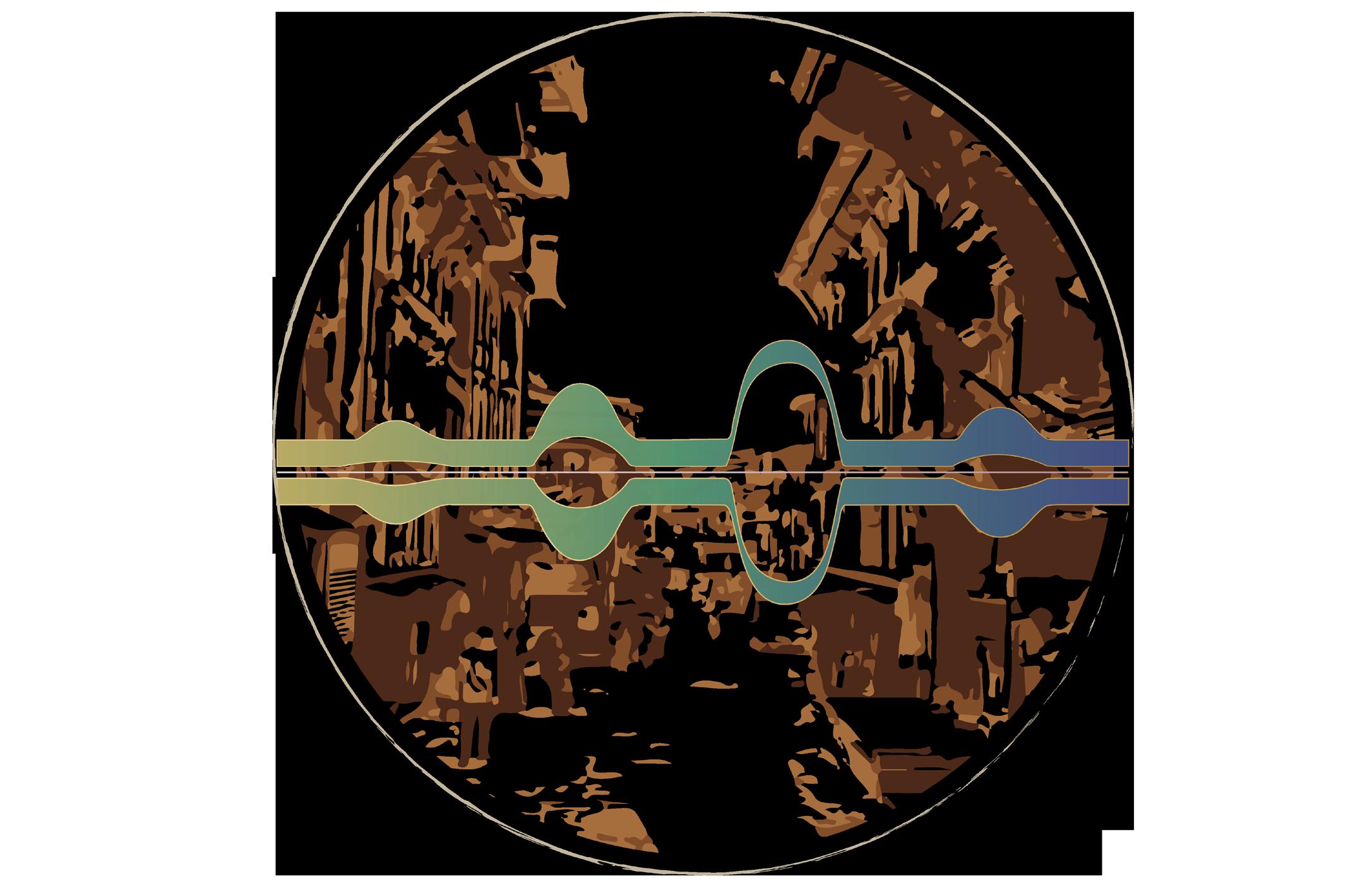
Unaware
More awareness on crafts by observing and experiencing the process of making and interacting with artisans
Knowledge and awareness gained
or slightly aware on the available goods and how they’re made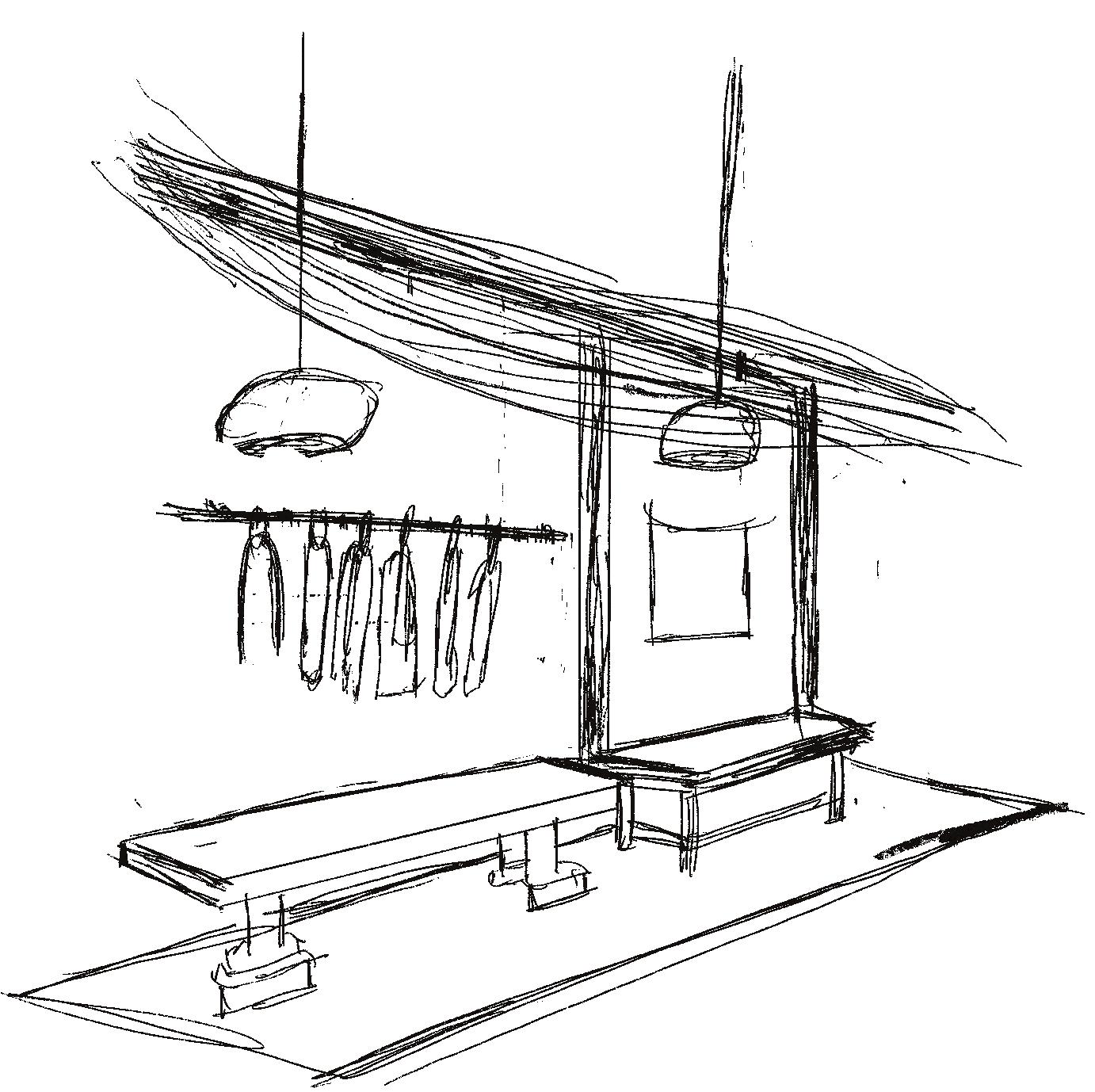
Goods showcased as interior elements

Products can be seen from outside
What was heard:
“We want innovation in product design”artisan
“Love working with and learning from other artisans” - artisan
“Social engagement” - artisan
Need of the space:
A collaboration space for artisans to come together, brainstorm and innovate.
• Connecting artisans with the outside
• The use of stimulation through visuals, colour, sound and other techniques for a heightened sensory learning experience that is more engaging than a single stimulation
Theories applied:
Stimulation
Attention Restorative Behavior Setting

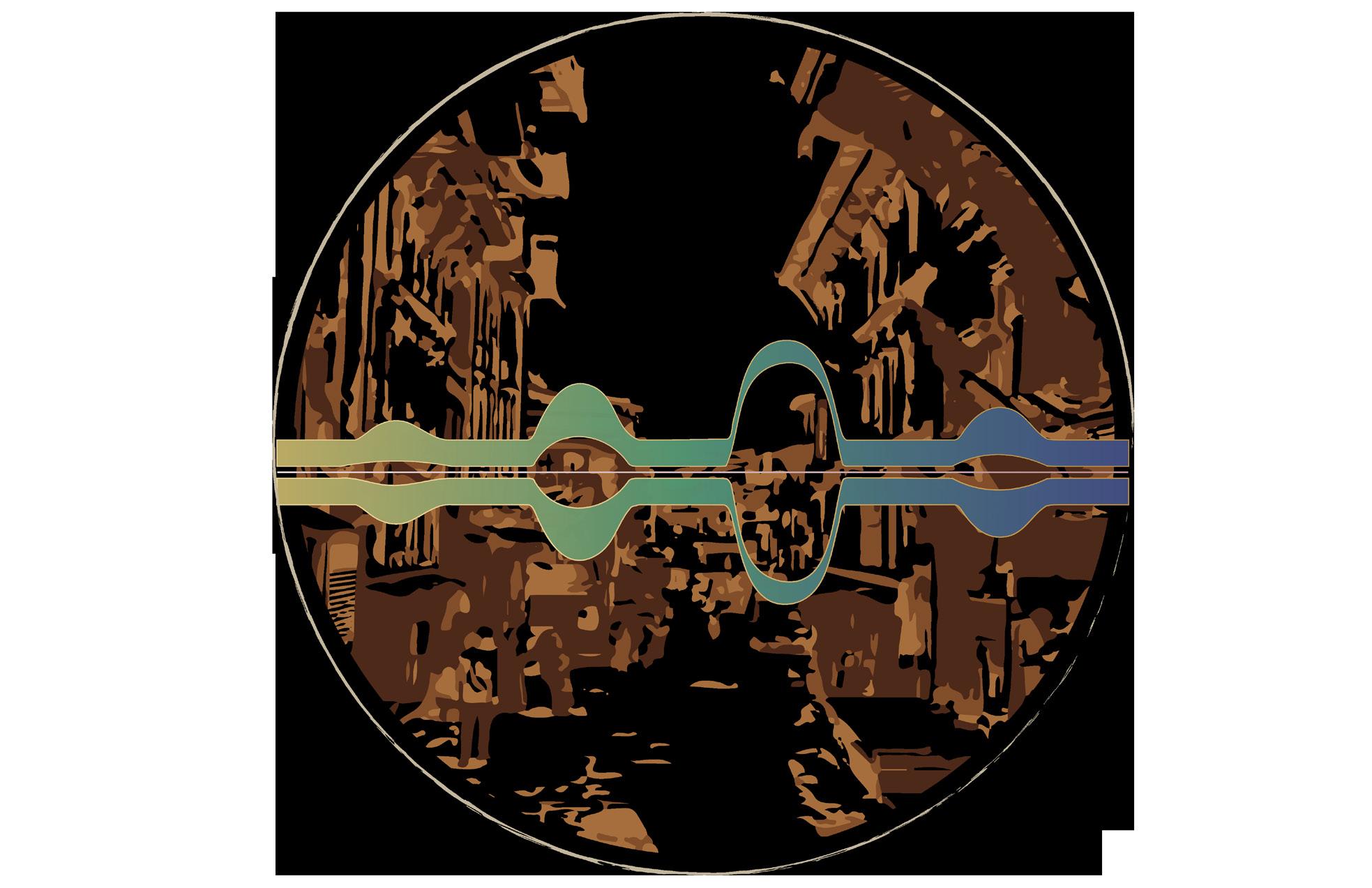

Process work and sketches
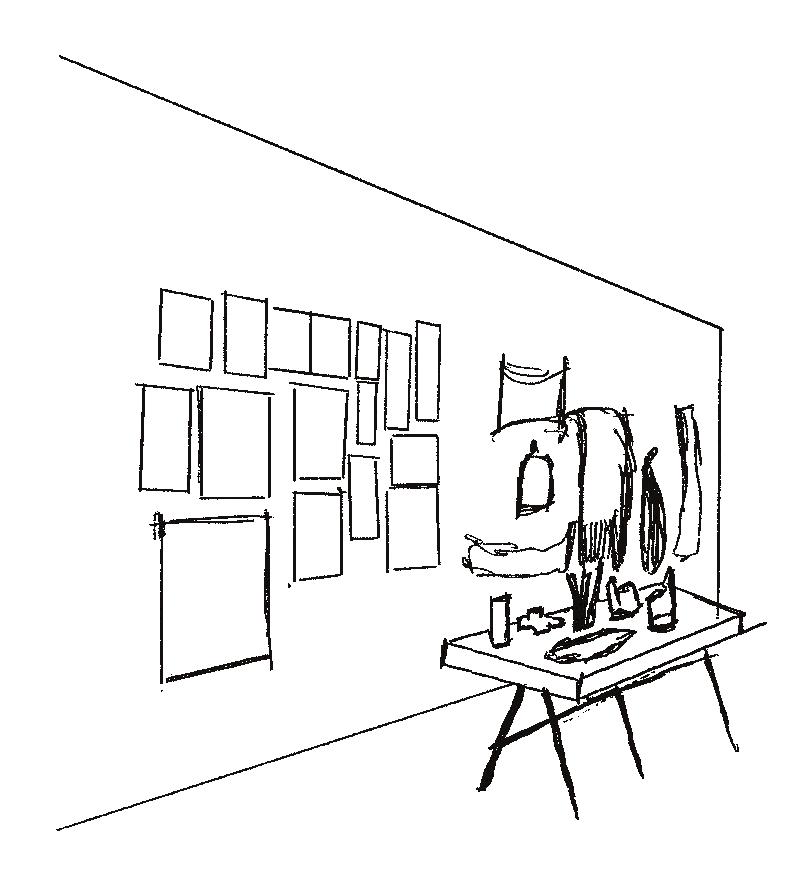
In-progress product display
What was heard:
“Exposure to the process of making” - visitors and business team
“Celebratory spaces; artifacts and symbols of cultural identity” - visitors and business team
“Sense of uniqueness” - visitors
Need of the space:
A space where visitors can connect with the craft on a deeper level by seeing the process work of artisans.
Design Considerations:
• Work easy to follow, read and understand
• Make it engaging
Theories applied:
Preference Model

Stimulation MarketResearch
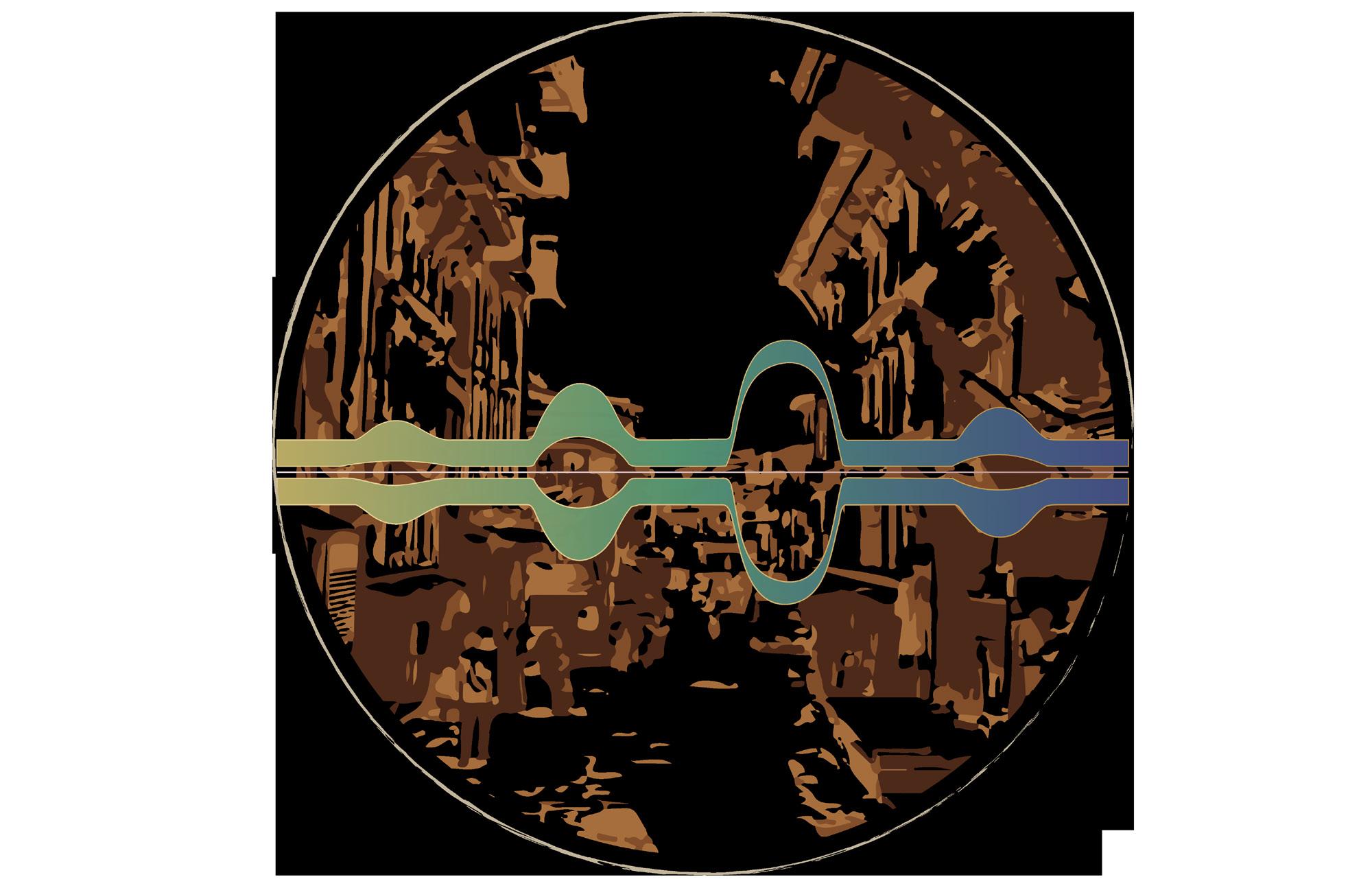
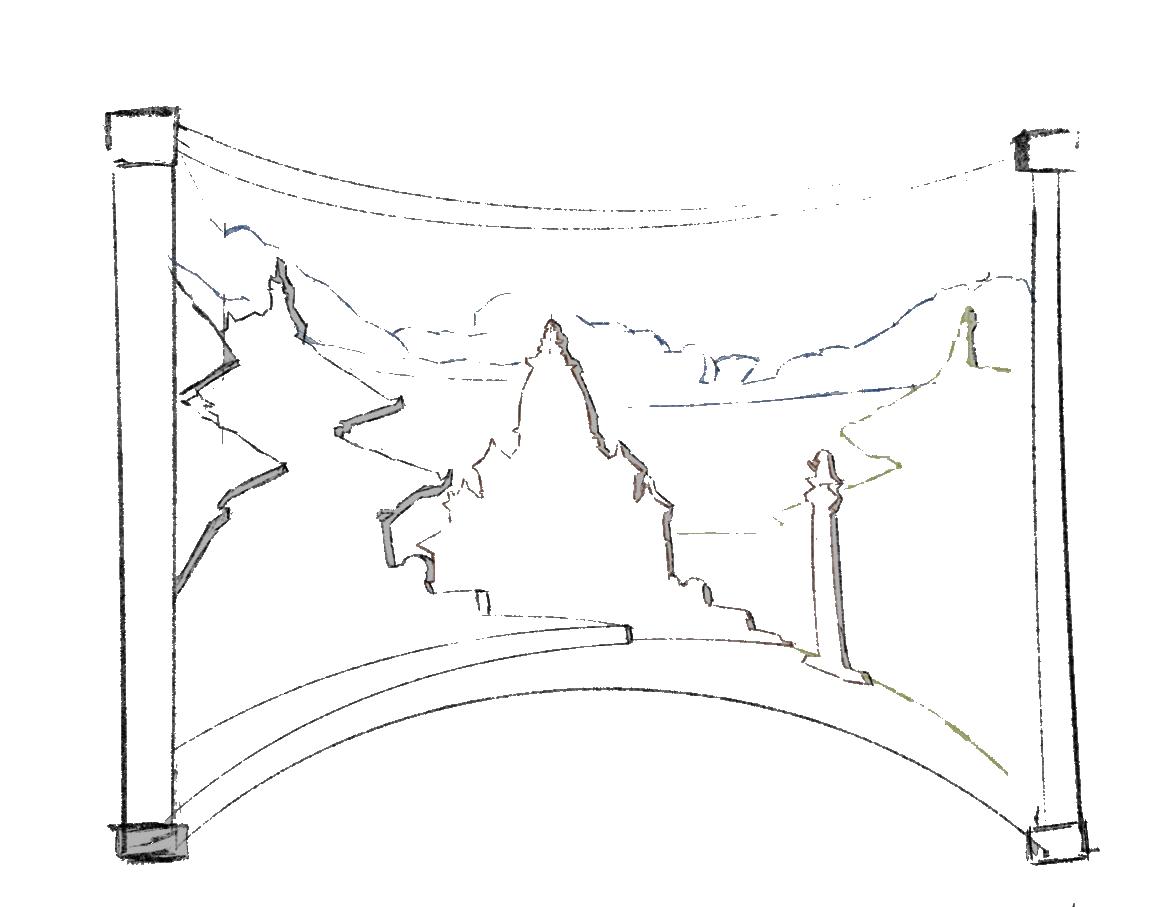
Site shown in layers
History and process integrated inside the frames/layers

Convex to pull people in
What was heard:
“Learn about where it came from and how it is done”visitors
“Making people aware of the craft will hopefully make them realize its value” - artisans
“How can we get people interested?” - artisans
Need of the space:
Celebratory zones that aim to protect, preserve, and promote the historical and cultural significance of arts and crafts.
Design Considerations:
• Incorporate sites of the country(seen and unseen) and give information through them
• Integration of some 3D elements of the craft
• Intercative showcase of the history and process of making within frames/layers
• The organization of the zone mimics the twists and turns oF alleys?
Theories applied:
Stimulation
Attention Restorative Collative
Visitor user-experience map
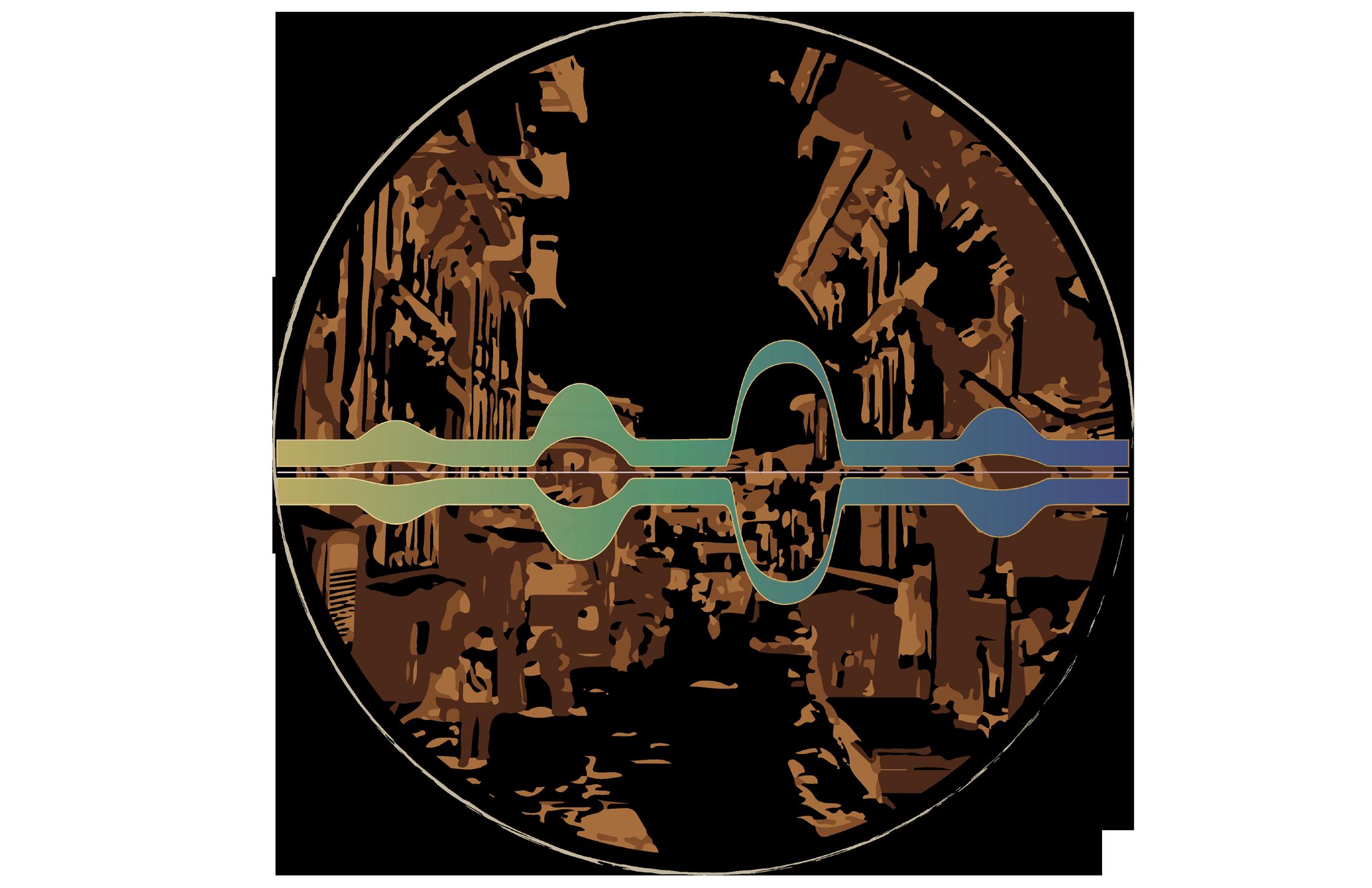
 Unaware or slightly aware on the available goods and how they’re made
More awareness on crafts by observing and experiencing the process of making and interacting with artisans
Information gained by seeing the goods and learning about their history and usage Knowledge and awareness gained
Unaware or slightly aware on the available goods and how they’re made
More awareness on crafts by observing and experiencing the process of making and interacting with artisans
Information gained by seeing the goods and learning about their history and usage Knowledge and awareness gained

Alley language on the ceiling using traditional material
Creates cultural familiarity
Floor seating with integrated traditonal mat
Shows fusion
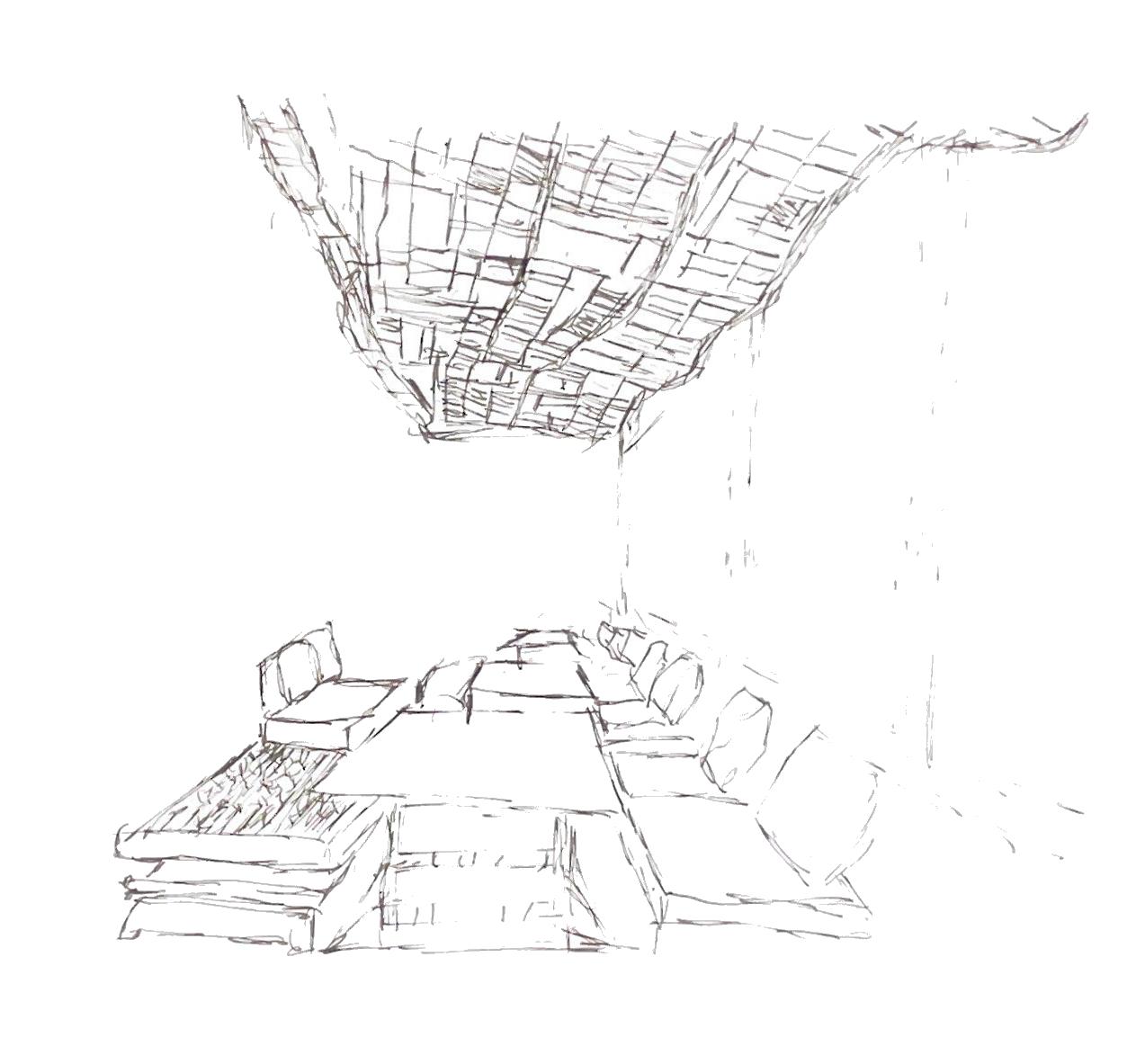
What was heard:
“A casual place to experience the local culture and interact with people” - visitors and artisans
Need of the space:
This cafe serves as meeting point for individuals from di erent cultural backgrounds, fostering interaction.
Design Considerations:
• Conduct workshops, language classes, cultural events to educate visitors about di erent customs, traditions, and practices
• Showcase a diverse range of cultural elements, including cuisine, art, music, literature, traditions
Theories applied:
Stimulation

Artisan user-experience map
Attention Restorative Behavior Setting Theory MarketInput
Visitor user-experience map
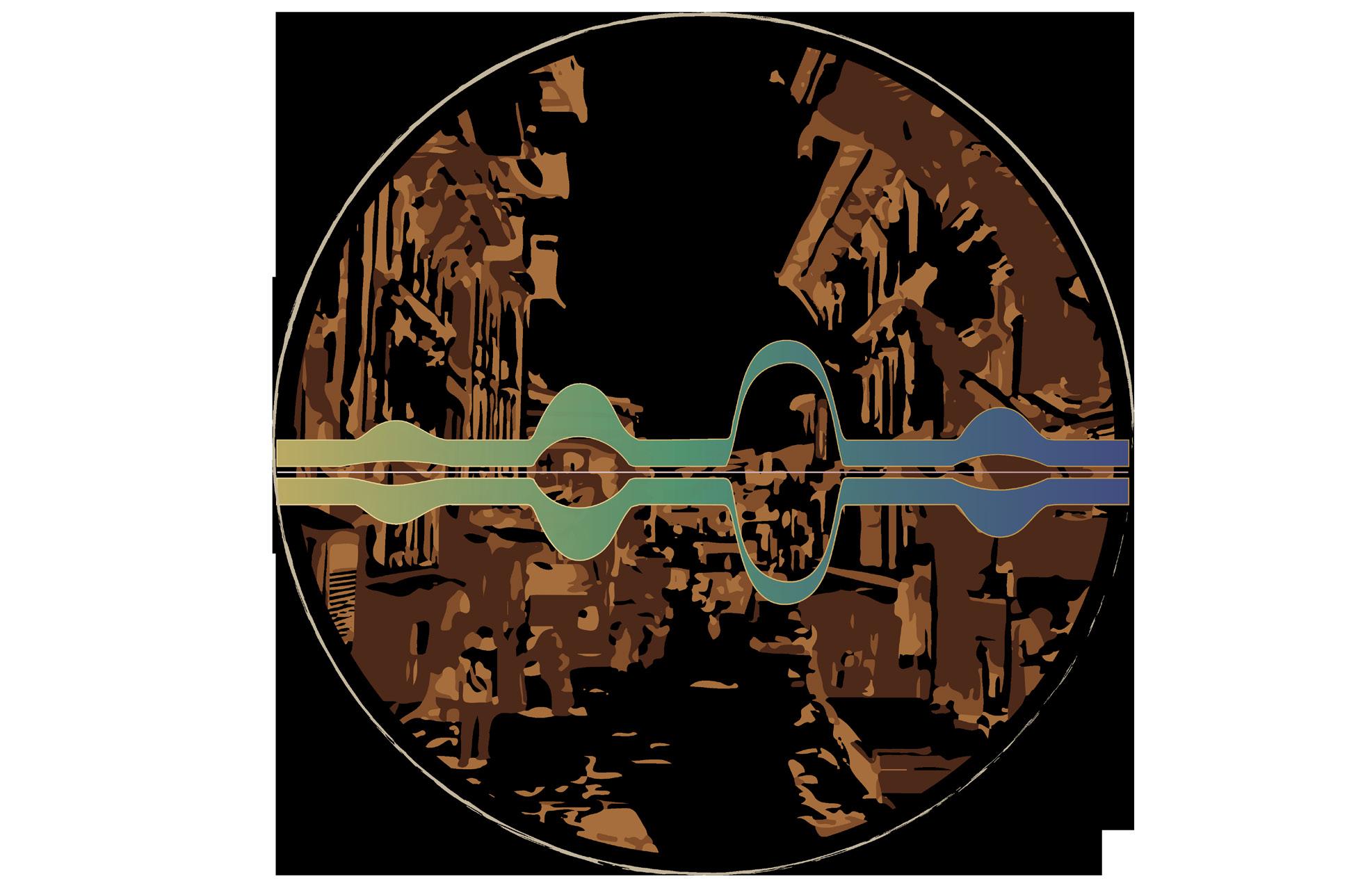
Information


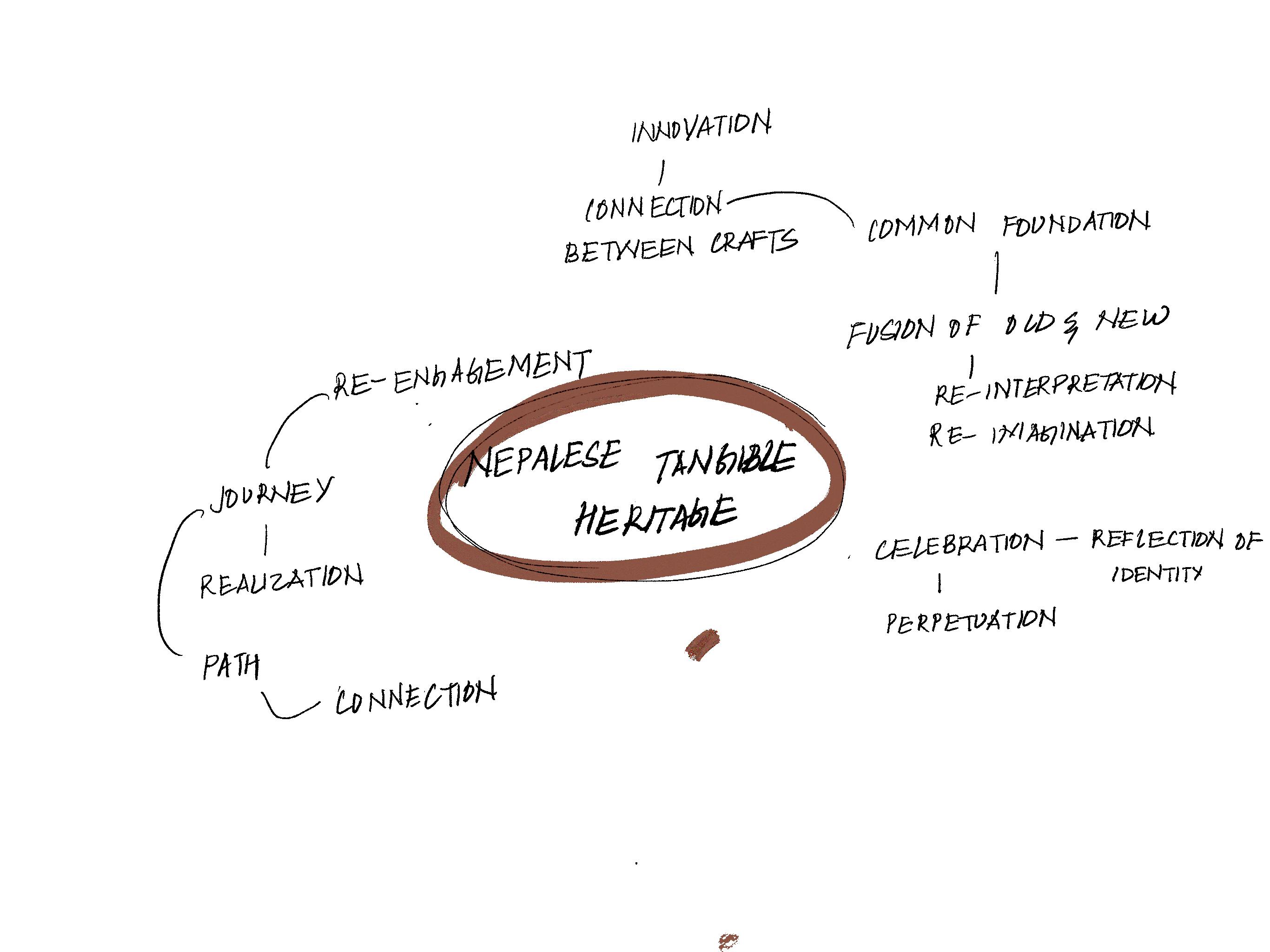


In Nepal's ancient streets that wind and weave, where narrow alleys whisper stories, a new surprise awaits in each twist and turn where tradition and modernity converge and blend. The interplay between light and shadow in these narrow alleys underscores the contrasts and complexities of life. The paths where dreams and reality converge, binding the pages together, allow for a closer look at the past fused with the present.
The space is a celebration of Nepal’s identity, o ering a platform to artisans to collaborate for the re-interpretation and innovation of local arts and crafts by bridging the old and the new. It acts as a gateway to the perpetuation of this wealth, o ering individuals to wander, explore, and immerse themselves in the history, culture, and spirit of Nepal.




Wind and weave

Binding of past with present
Enlightenment
Blend tradition and modern
Innovation



Incorporate the rhythms, patterns and textures inspired by nature
The craft themed passage on every floor, allows the mind to rest and recharge, and maintain attention levels
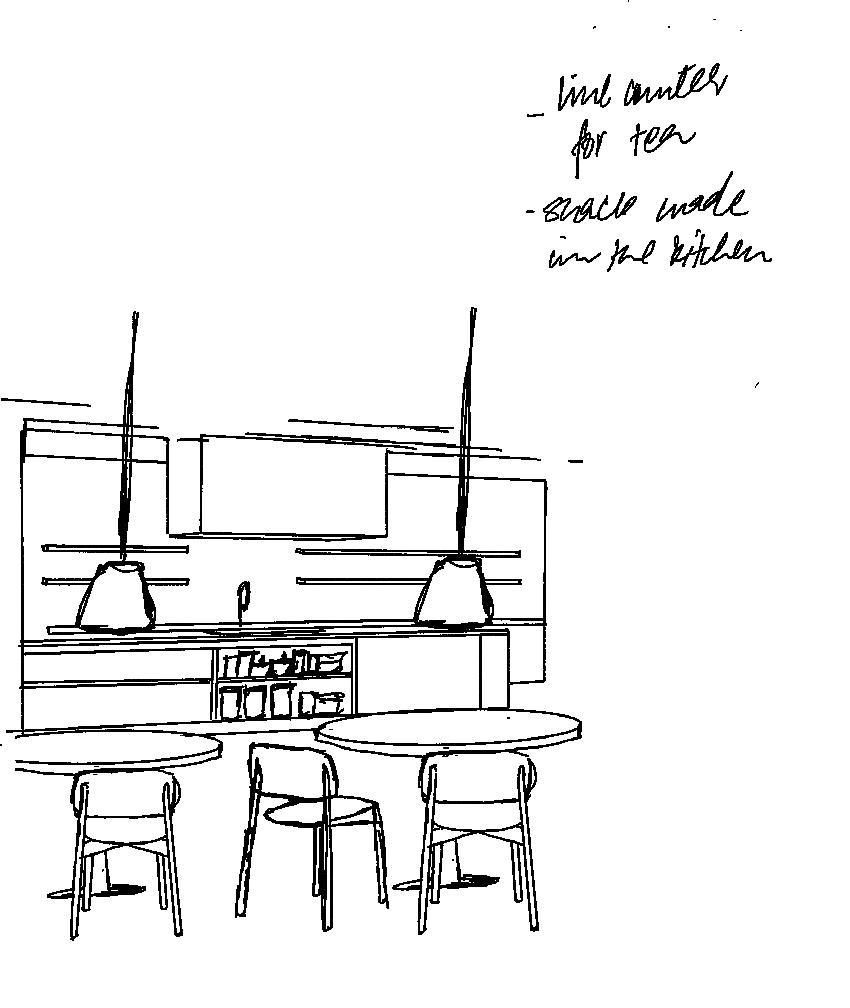
Use soft, natural lighting to create a relaxed ambiance
Well-designed comfortable seating contributes to a relaxed state of mind
Manage noise levels to avoid excessive noise that can lead to cognitive fatigue
incorporate outdoor seating and large windows with views of outside
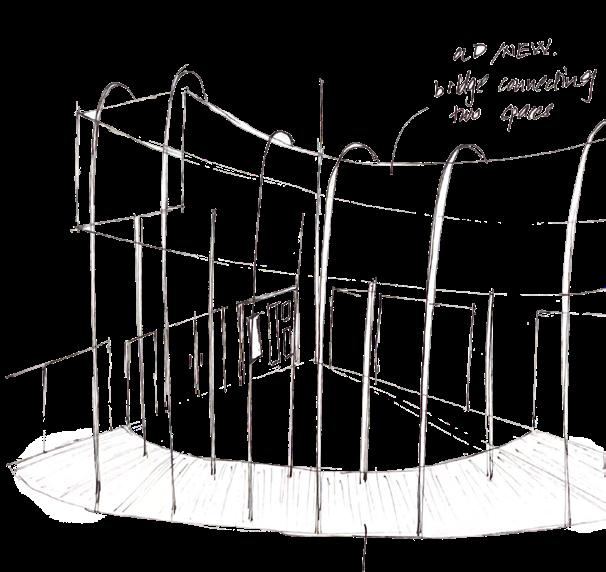

Courtyard
Incorporate vegetation
Integrate water features such as fountains
Provide comfortable seating areas as opportunities to relax
Install shade structures to provide shelter from the sun and elements. encouraging prolonged stays and relaxation
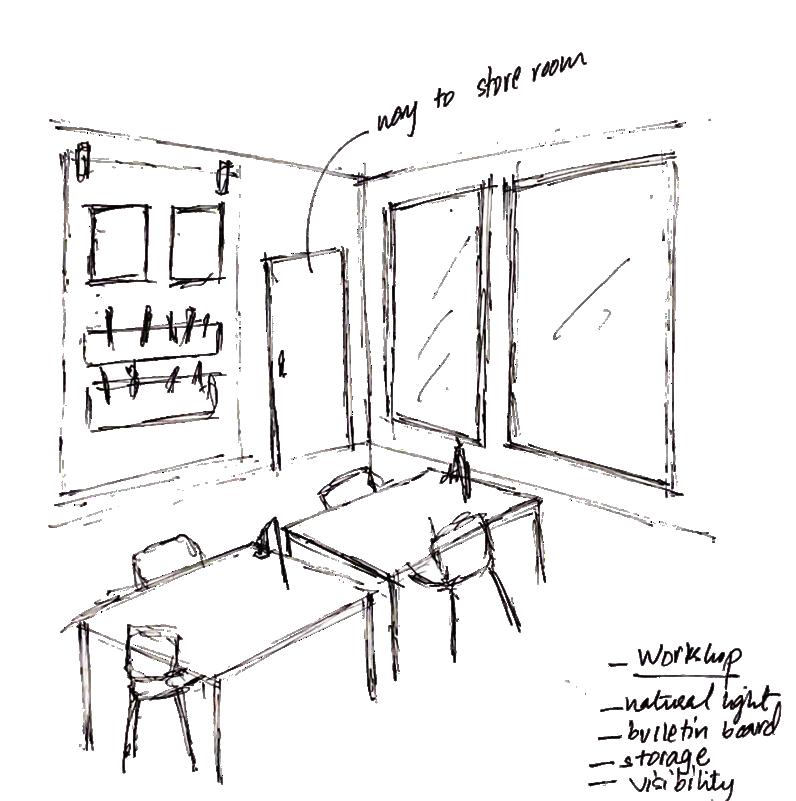
Utilize flexible seating options for easy reconfiguration of the classroom layoutOpen classroom layouts with ample space for movement and interaction
Technology integration
Natural light and ventilation
Acoustic design

Event space
Incorporate interactive elements, such as touchscreens, hands-on activities, or
Areas within the exhibition for group discussions, workshops, or guided tours
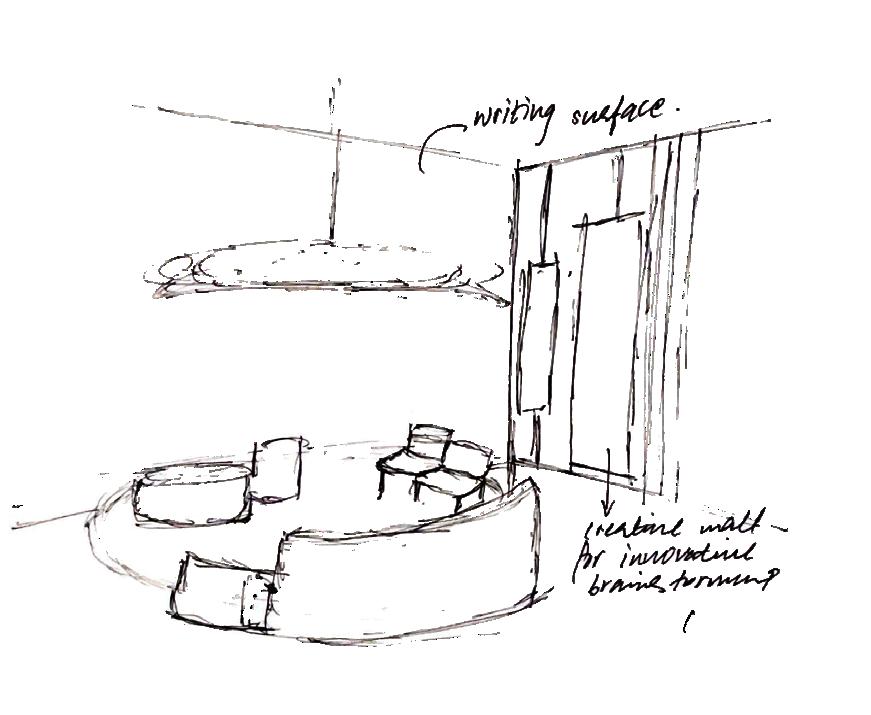
Artisans’ collaboration room
Technology Integration
Diverse workspaces
Collaborative tools and resources, such as whiteboards, flip charts, and projectors, to support brainstorming

Workshop/Classroom
Color psychology
Visual stimuli
Soft textures and materials
Sensory friendly: adjustable lighting, temperature control, and quiet zones
Interactive Technology
Natural elements
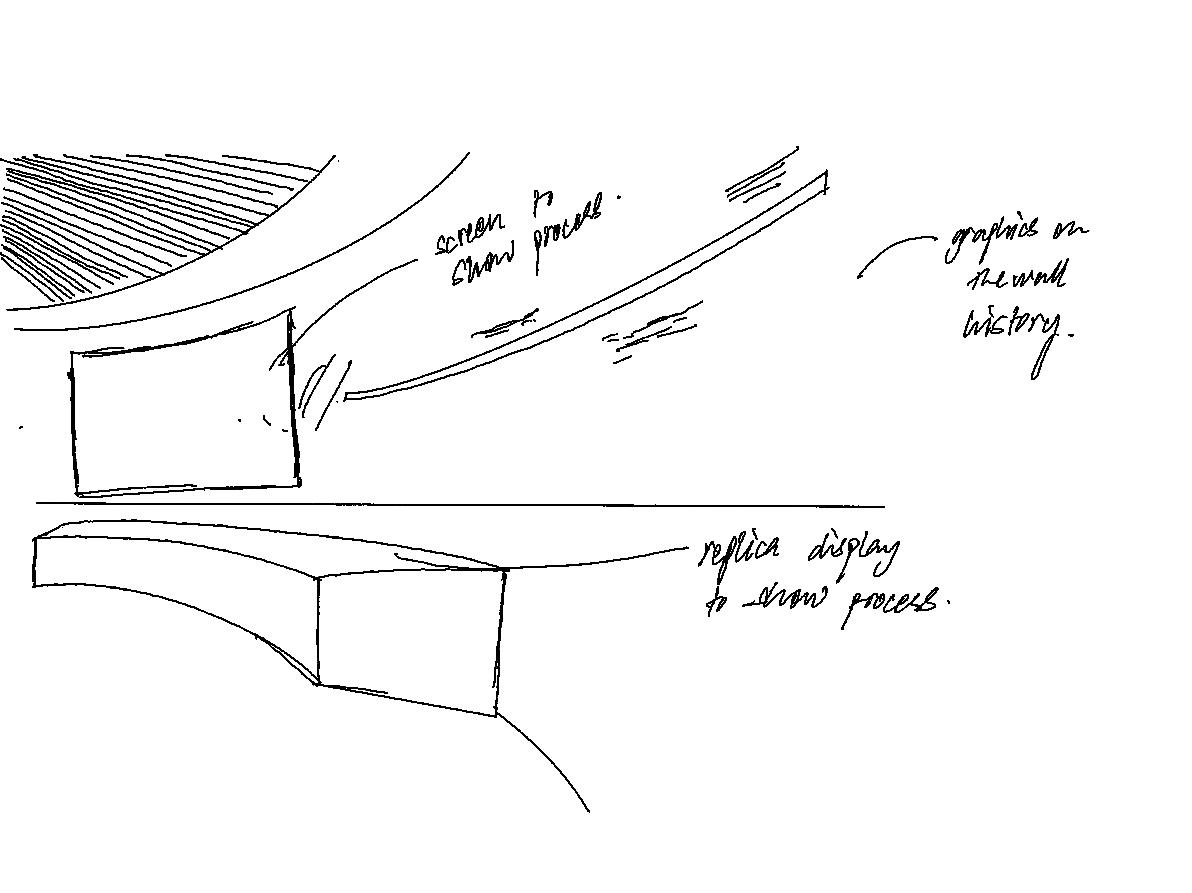
History and process display
Incorporate interactive elements, such as touchscreens, hands-on activities, or
Areas within the exhibition for group discussions, workshops, or guided tours
Multisensory experiences

Colorful visual elements
Interactive displays
Natural light and views
Textured surfaces
Themed installations
Seating and rest areas


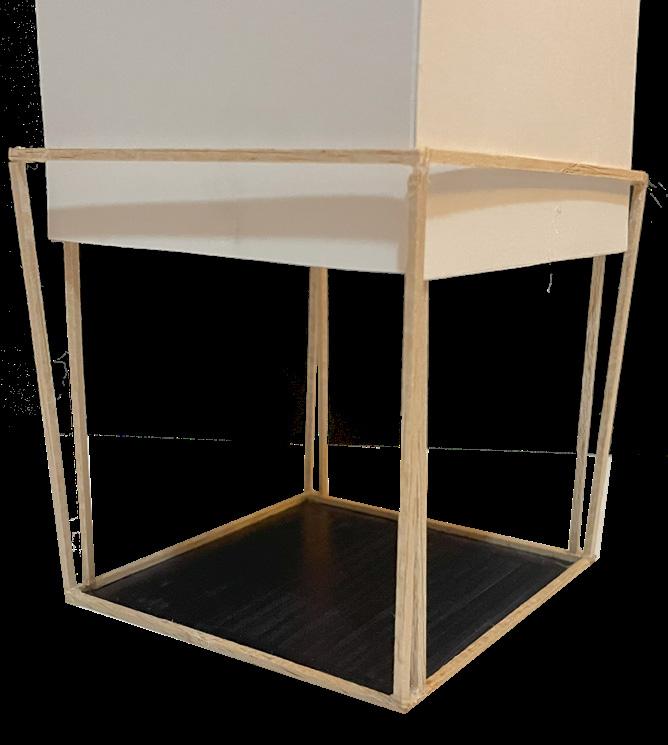
• Form within a form
• Connection of parts
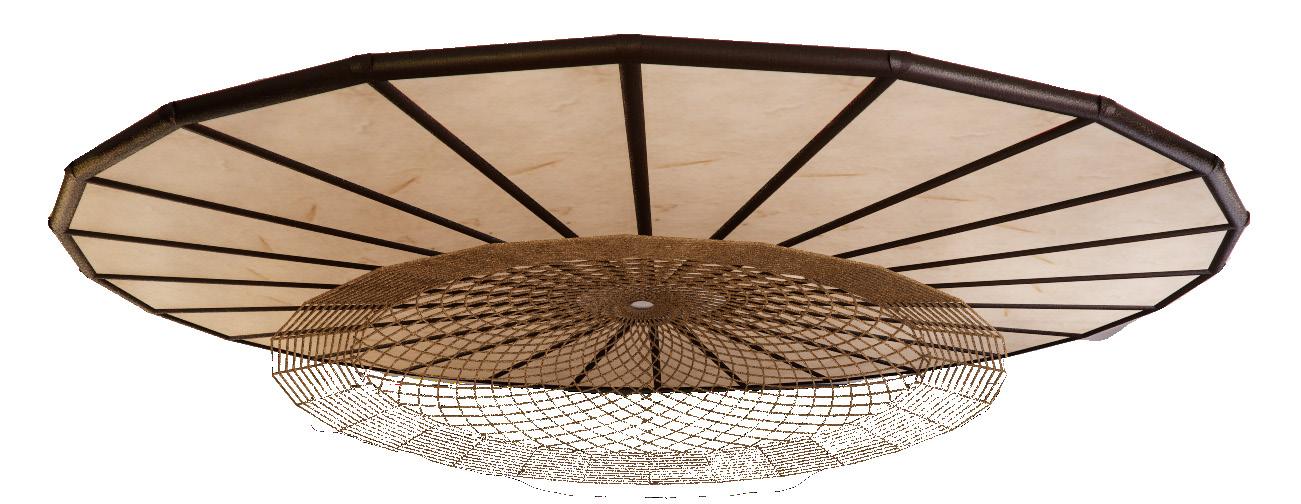
Concept application
Convergence of:
• Past and present Study model applied
• Different crafts
• Interpretation of pagoda roof
• A touch of familiarity
• Warm welcome
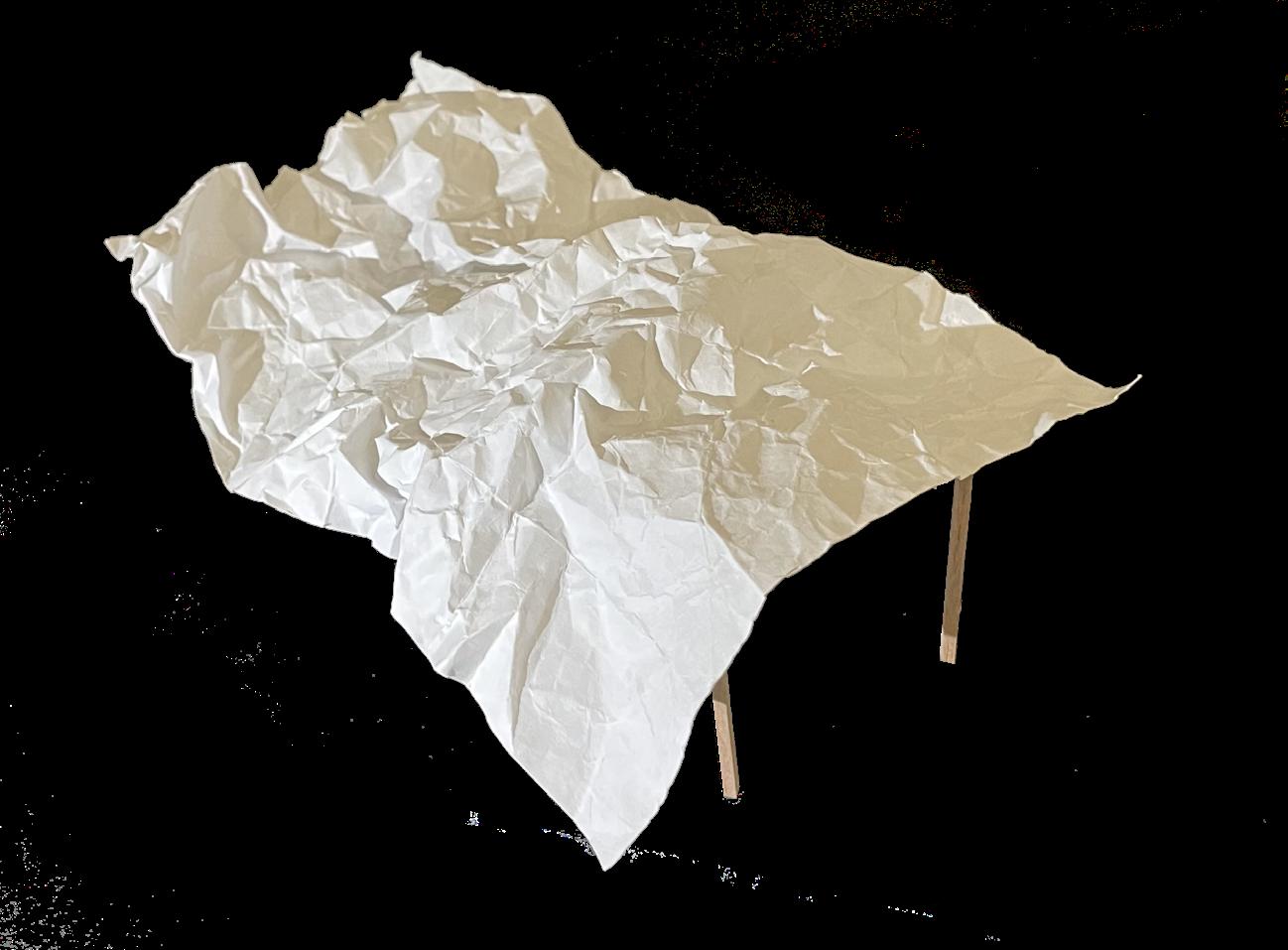


Study model applied
• Contour of the buildings lined up along the streets
• Clustered pattern
Concept application
• Interplay of light and shadow
• Perpetuation
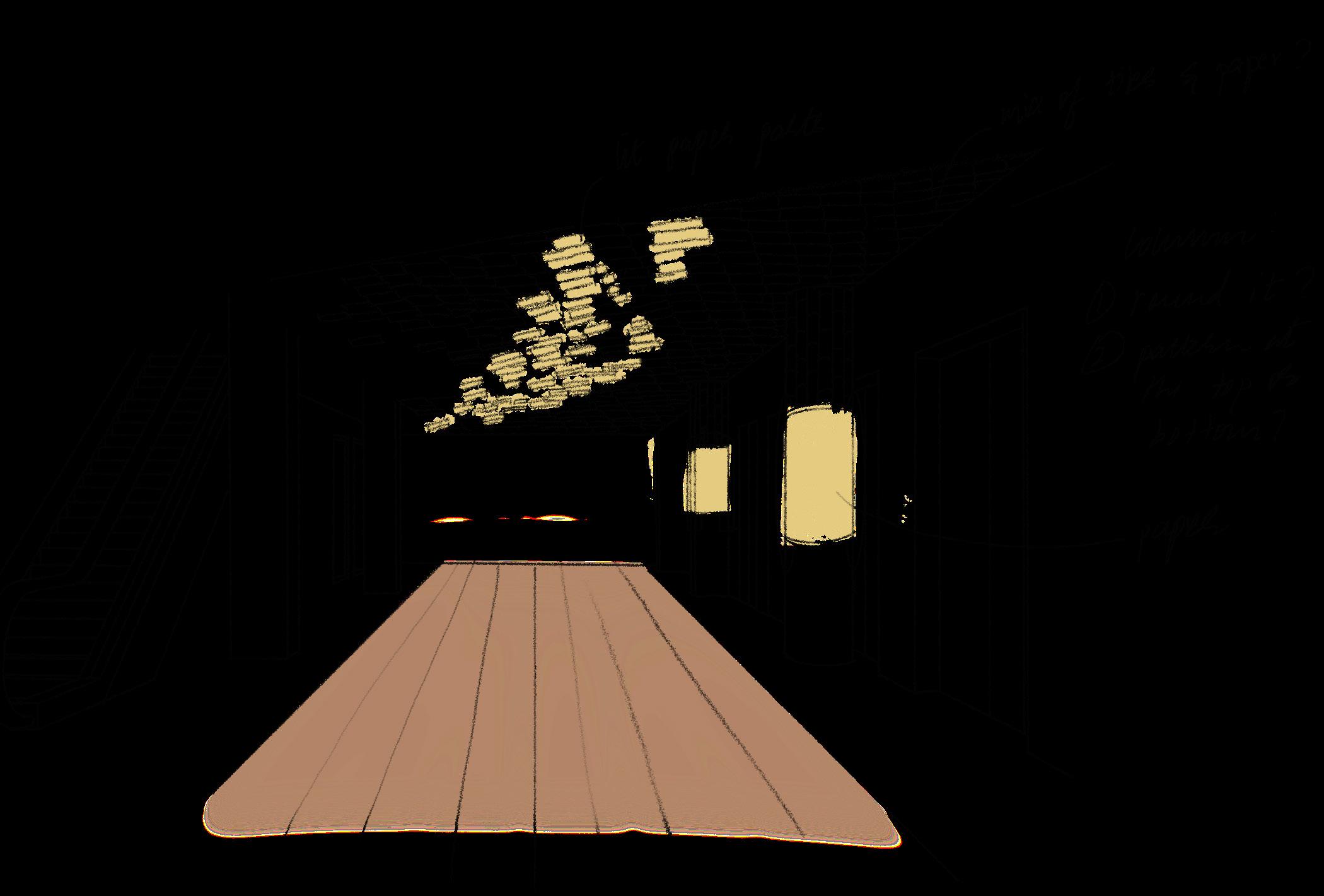
• Street-like arrangement of lit paper pieces
• Curved like terracotta tiles seen on most tarditional nepali roofs
• Mix of clay and paper
• Bringing the design language down to the colums



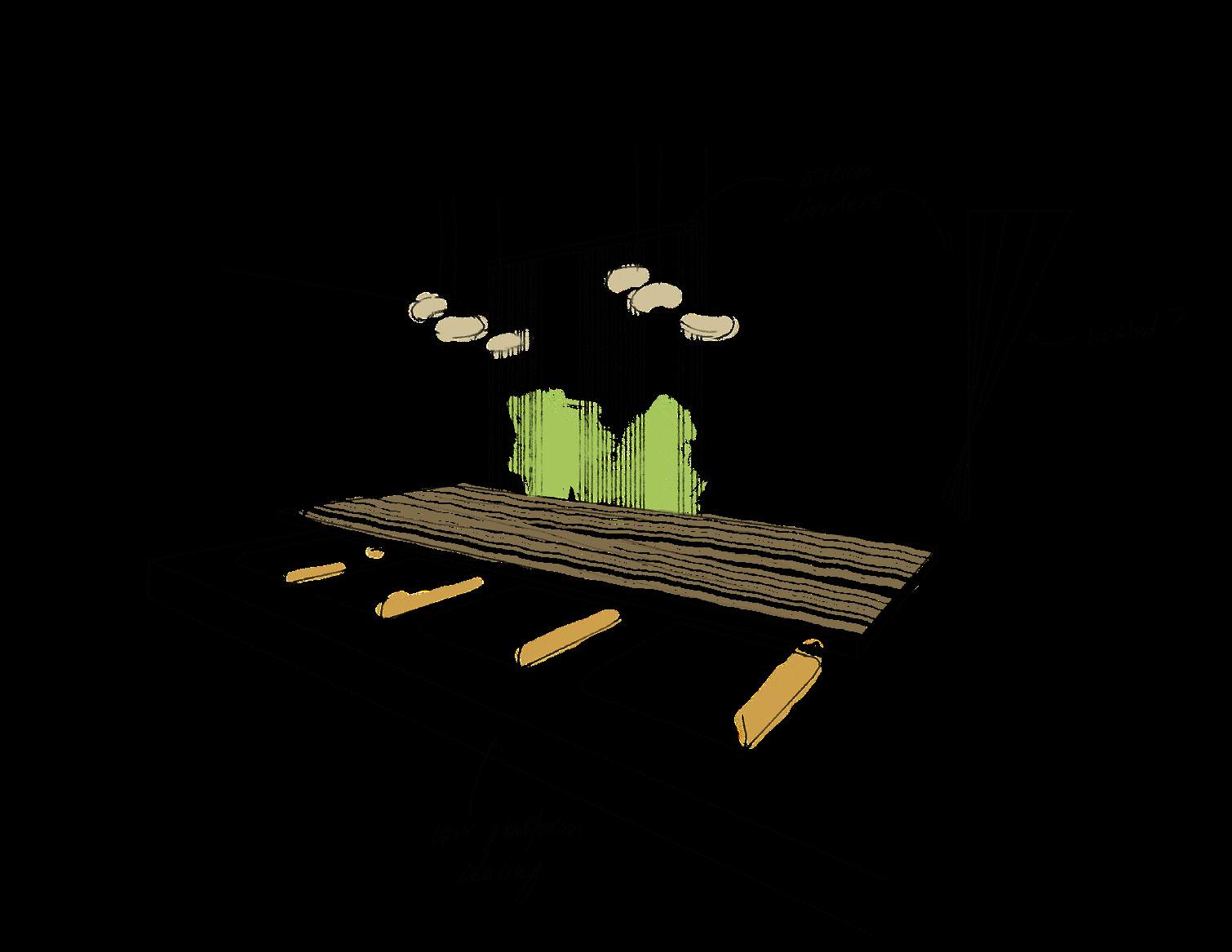
The culture
Tea drinking has been a part of Nepali culture for centuries, with a rich history dating back to ancient times. It is deeply rooted in traditional practices and rituals, often associated with religious ceremonies, festivals, and family gatherings.
It serves as a crucial element for social bonding and hospitality in Nepali culture. Offering tea to guests is a common gesture of welcome and respect in both formal and informal settings.
The design
In Nepal, sitting on the floor for tea is seen as a sign of humility, respect, and equality. It symbolizes a sense of togetherness and camaraderie among individuals sharing the meal. This practice fosters a sense of unity and closeness among family members, friends, and guests.
Concept application
Immersion in culture
Fusion on past and present
Door options for transition from outside to inside
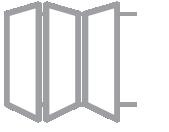



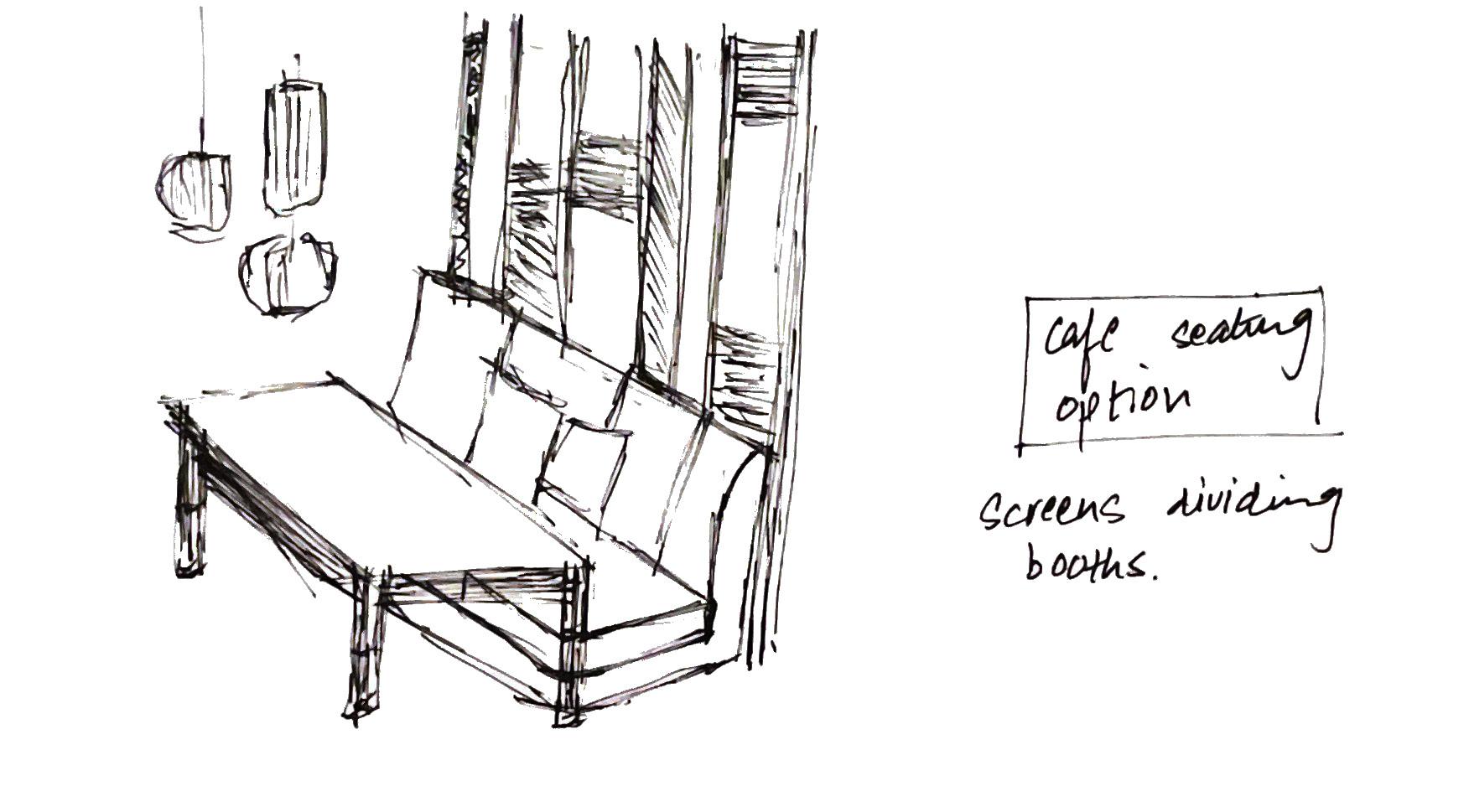
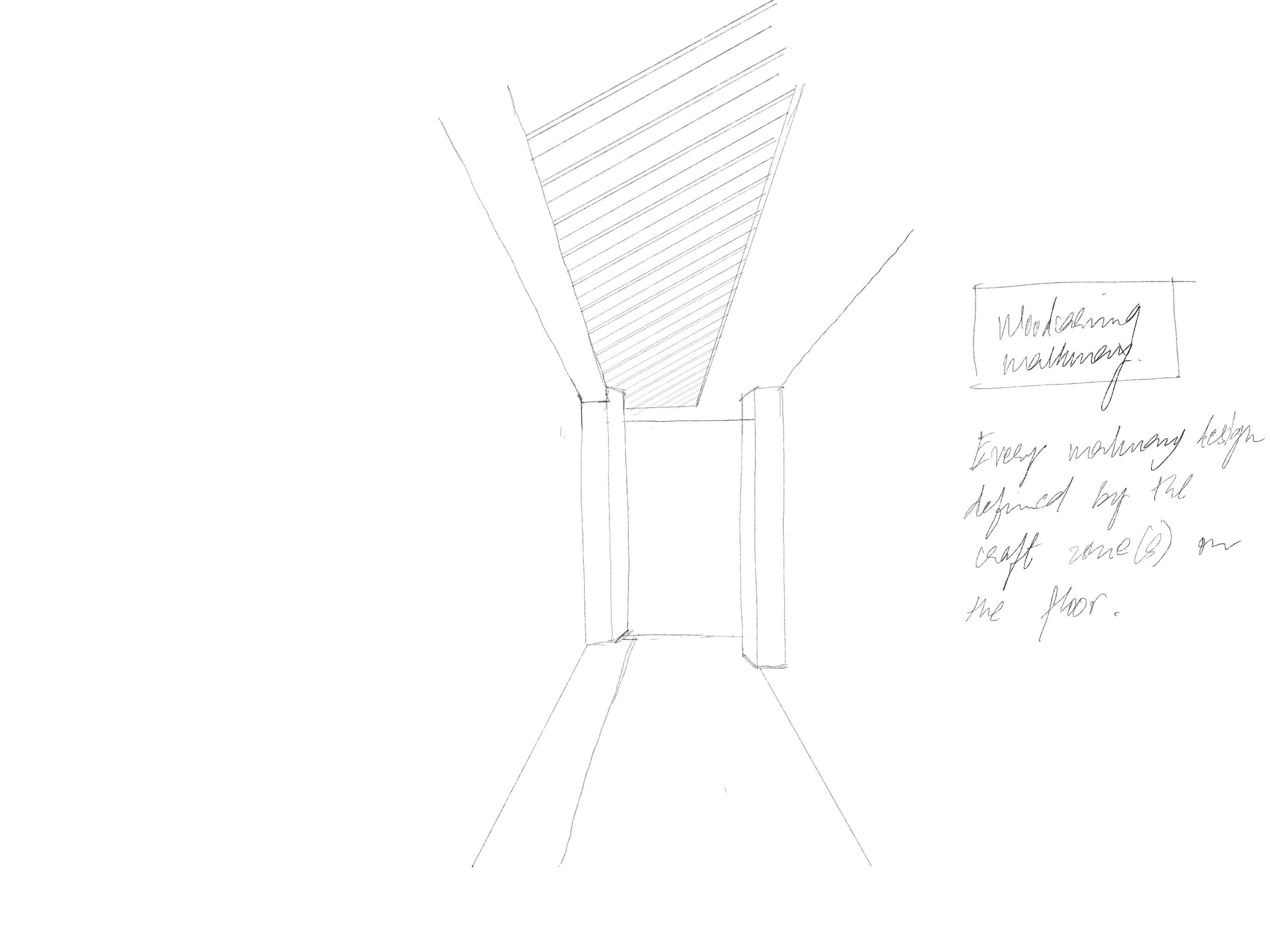

Woodcarving workshop and display
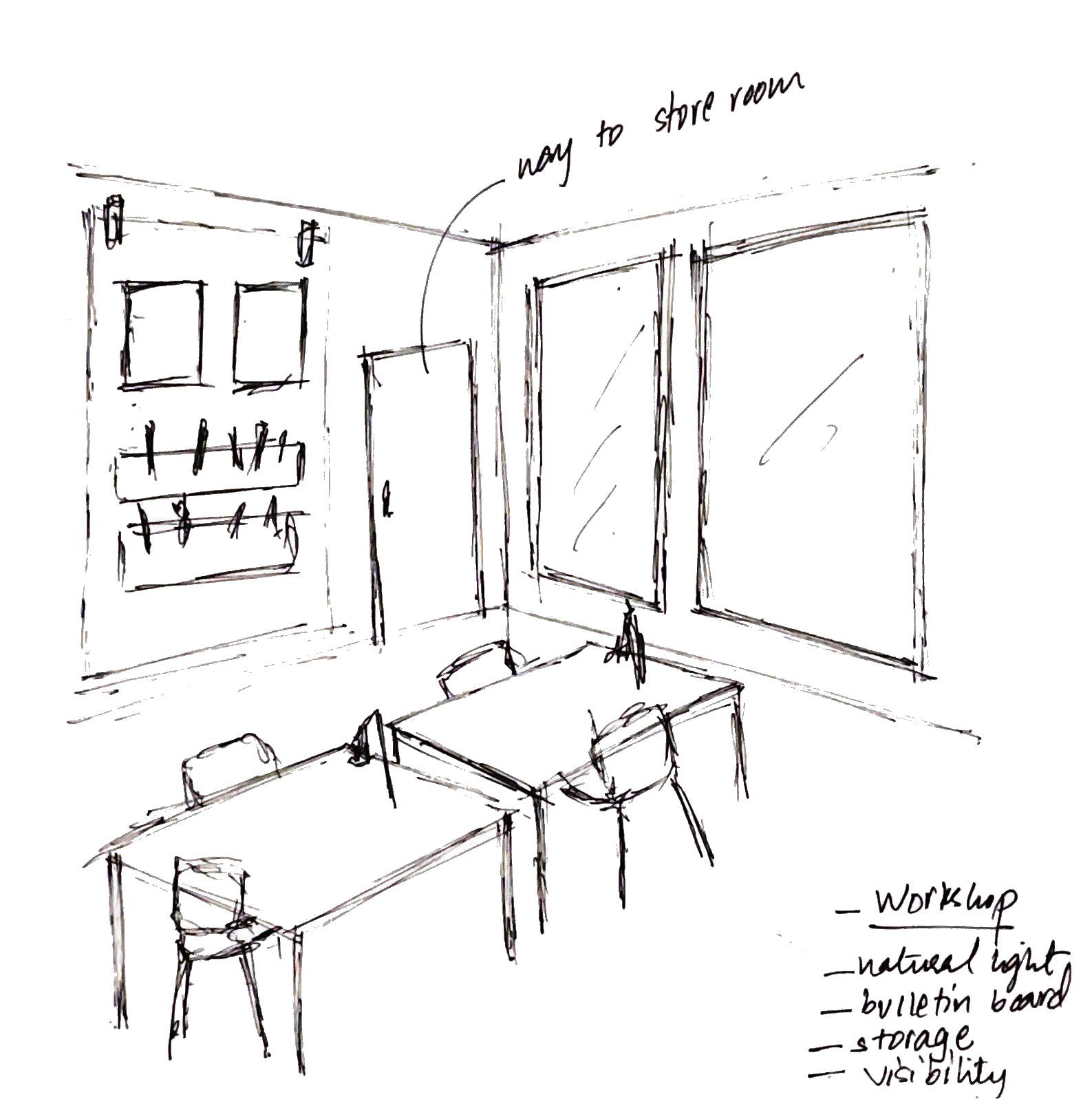
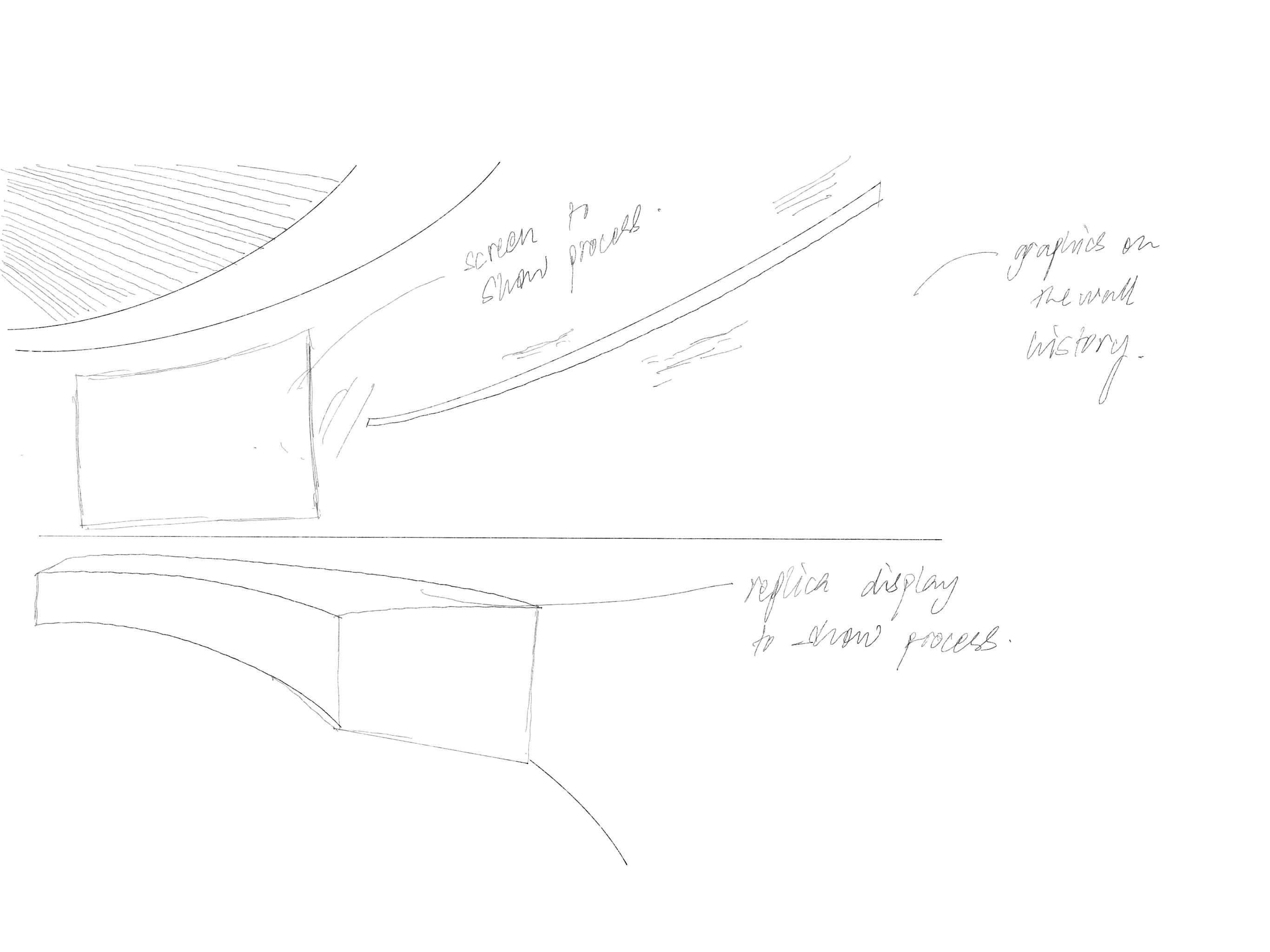
STRAW PANELS ON GABELED CEILING

WORKSHOP AREA
DECORATIVE CARVED COLUMNS
SCREEN FOR INFORMATION DISPLAY
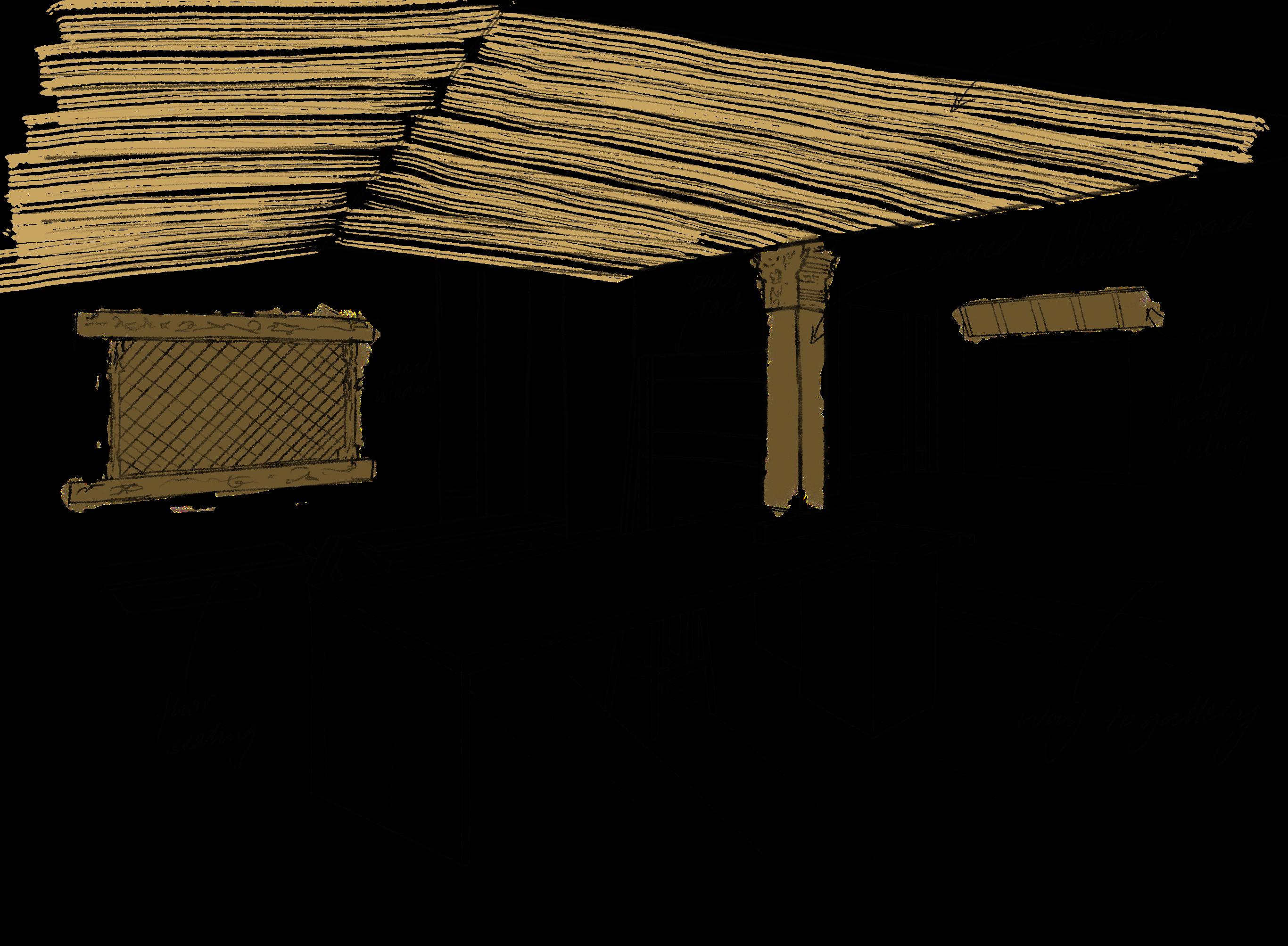
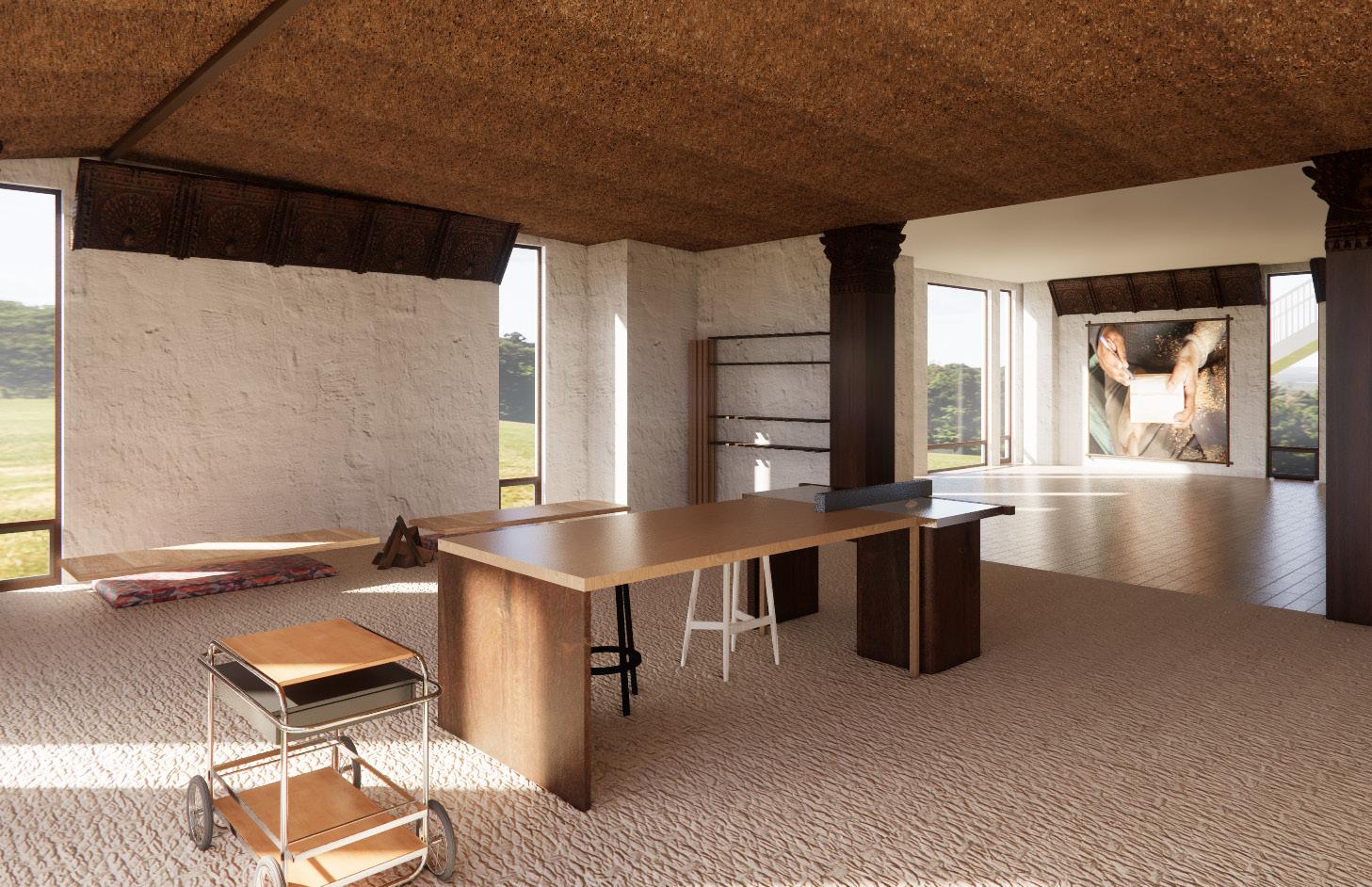
The design
• Gabled straw roof to create a sense of familiarity and to absorb sound
• Elements of the craft in the interior
• Floor seating option

Seating design options for display space
Concept application
Wind and weave of streets: fabric threads connecting parts
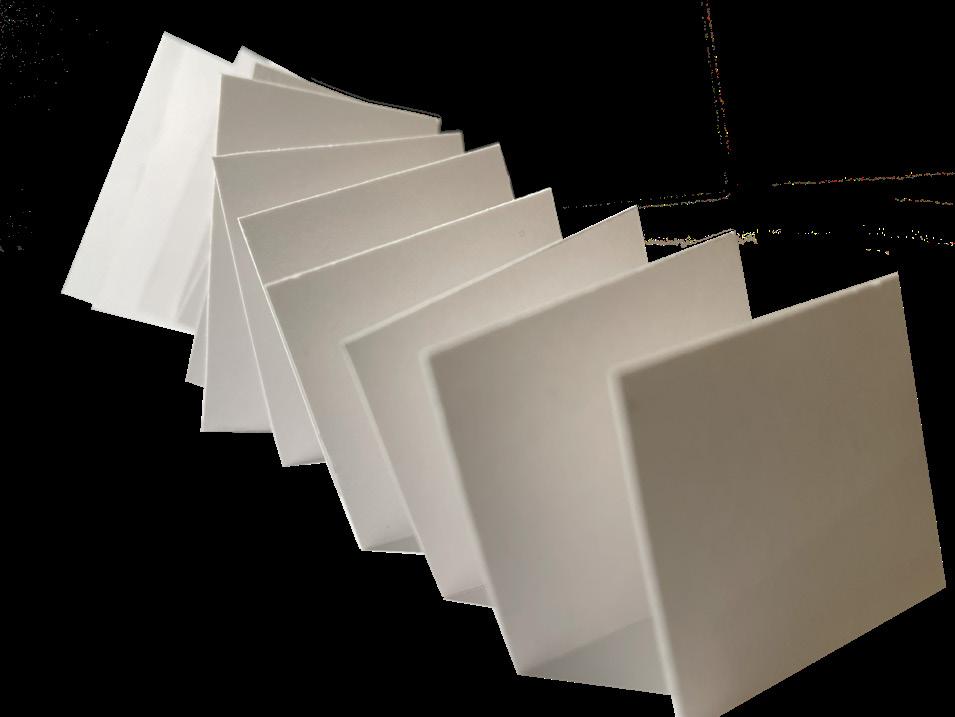
Study model applied
• Dynamic growth along forward movement

Concept Application
• Binding of the book
• Wind and weave
• Growth
• Connection



Bridge design options



• Additional independent floor
• Shows fusion of tradition and modernity
• Enhances courtyard experience


WIRE
LOKTA PAPER

TRACK FOR WIRE ATTACHMENT
DISPLAT SHELF


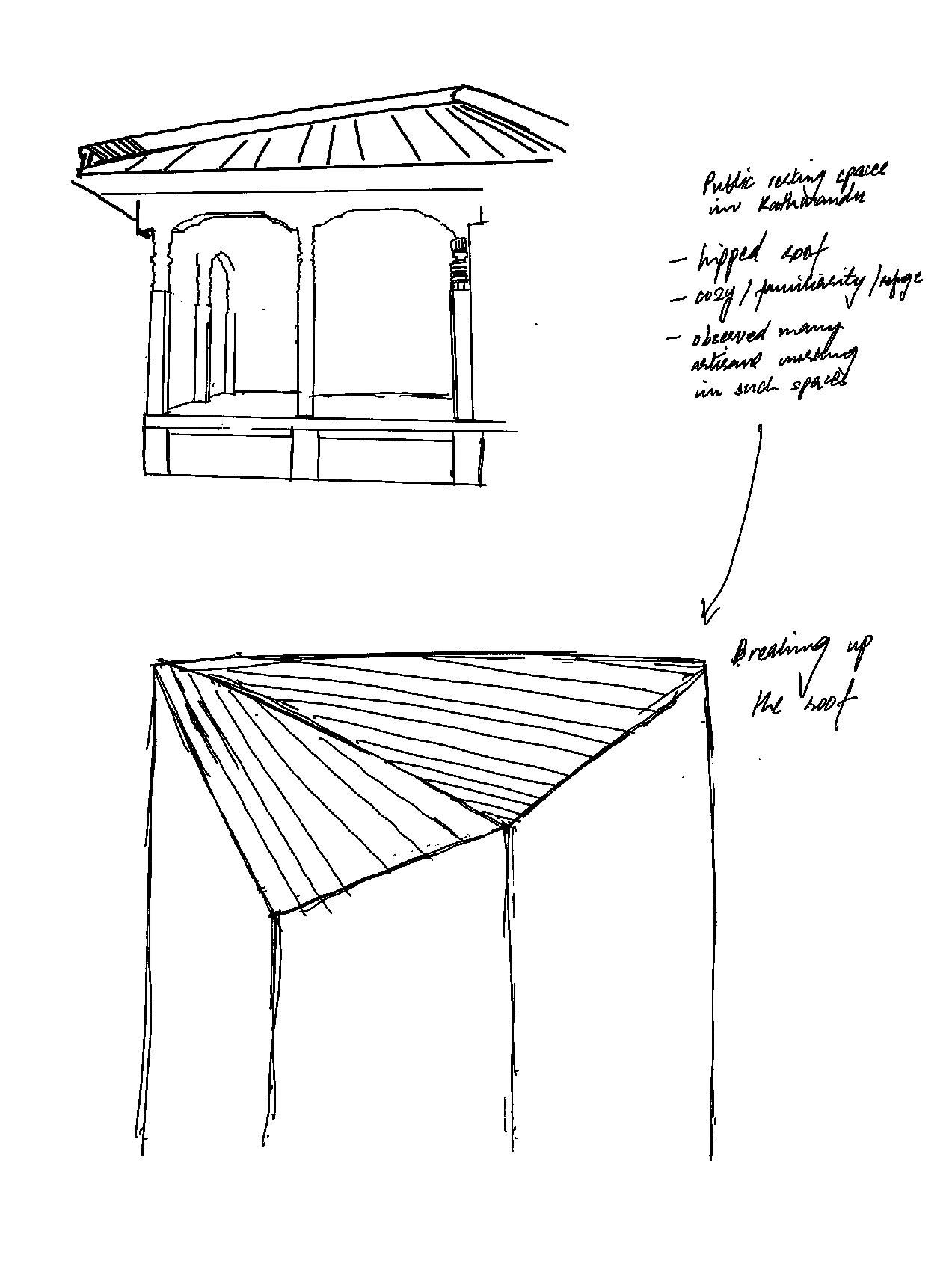
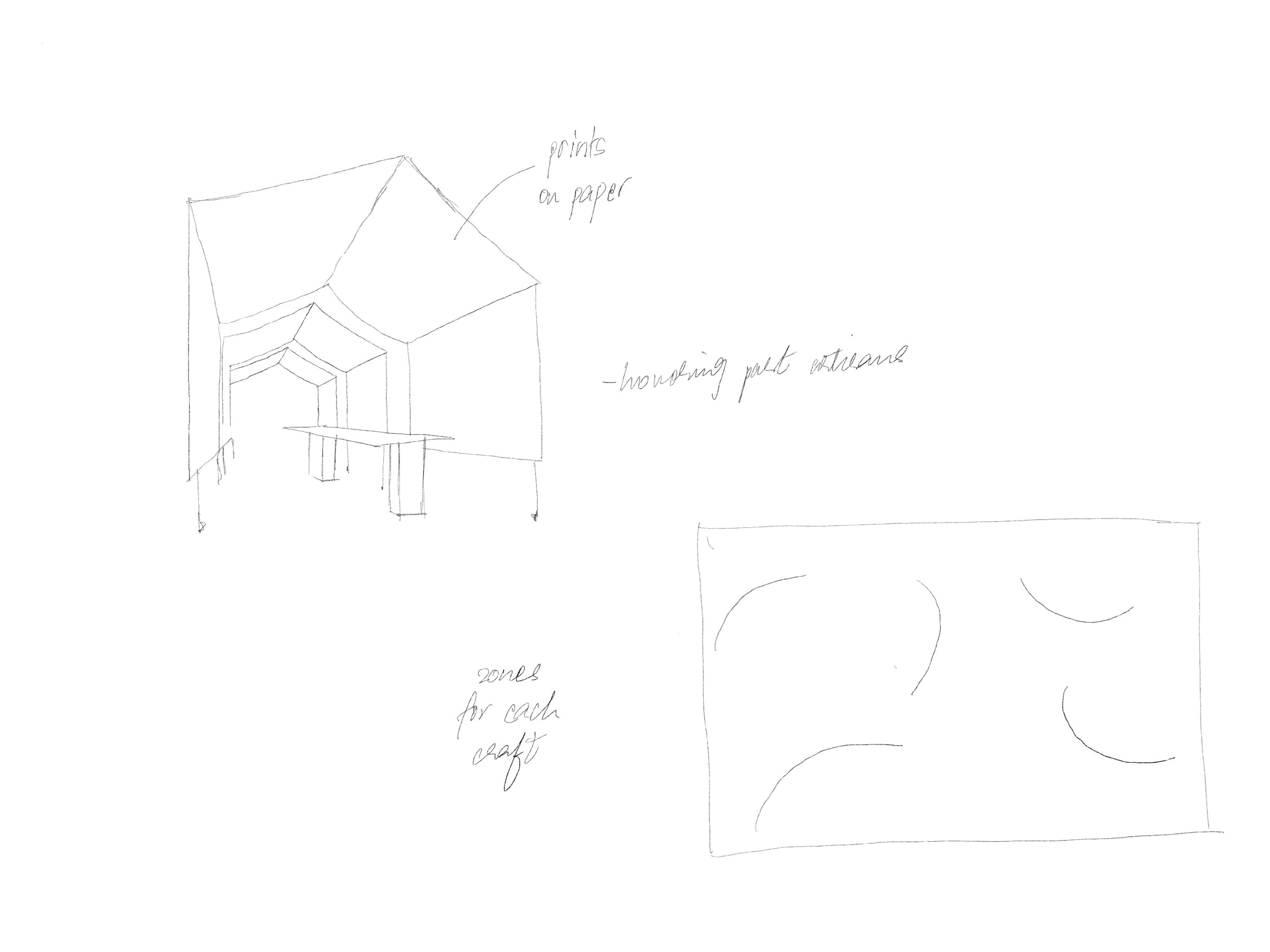
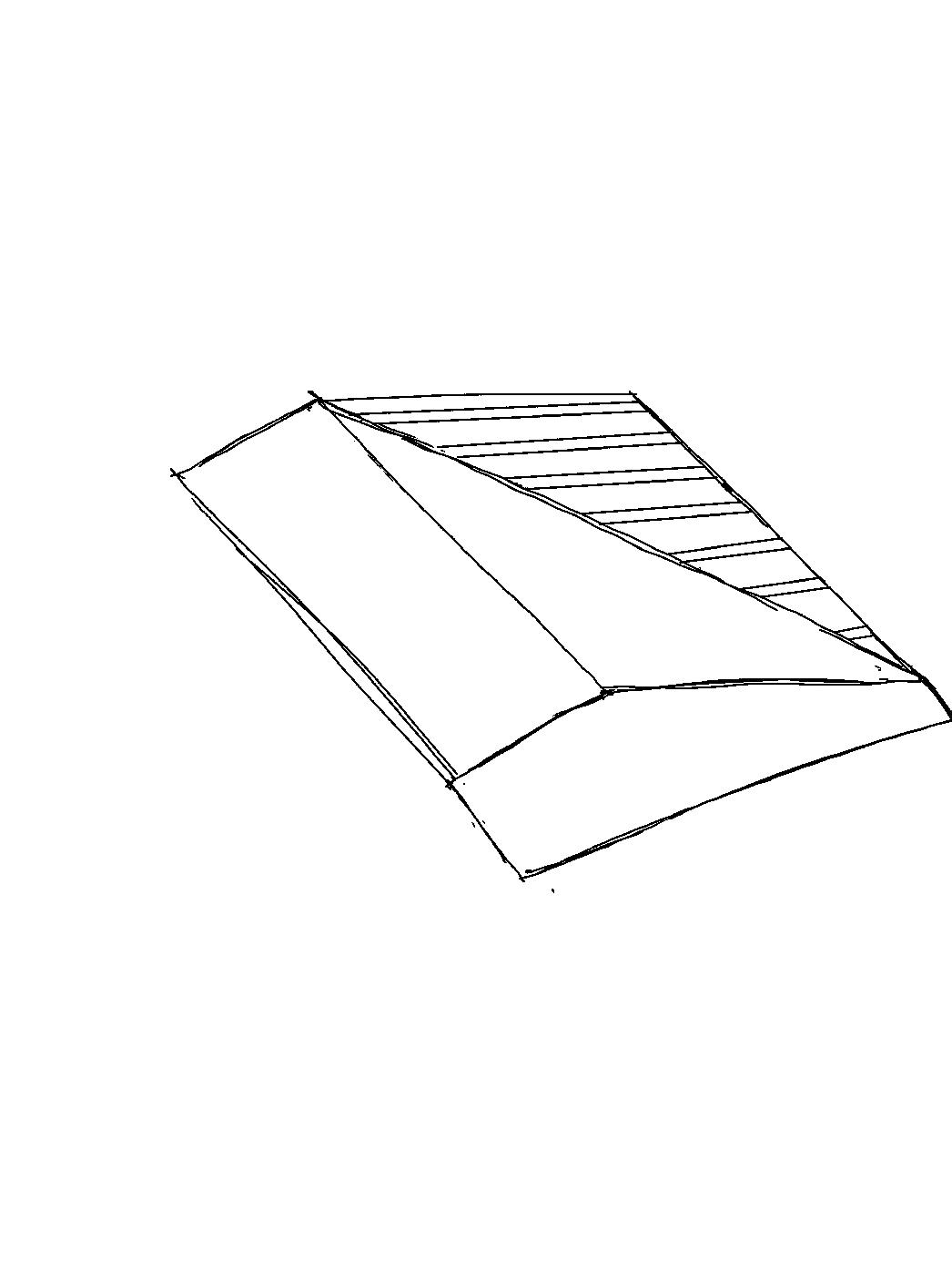
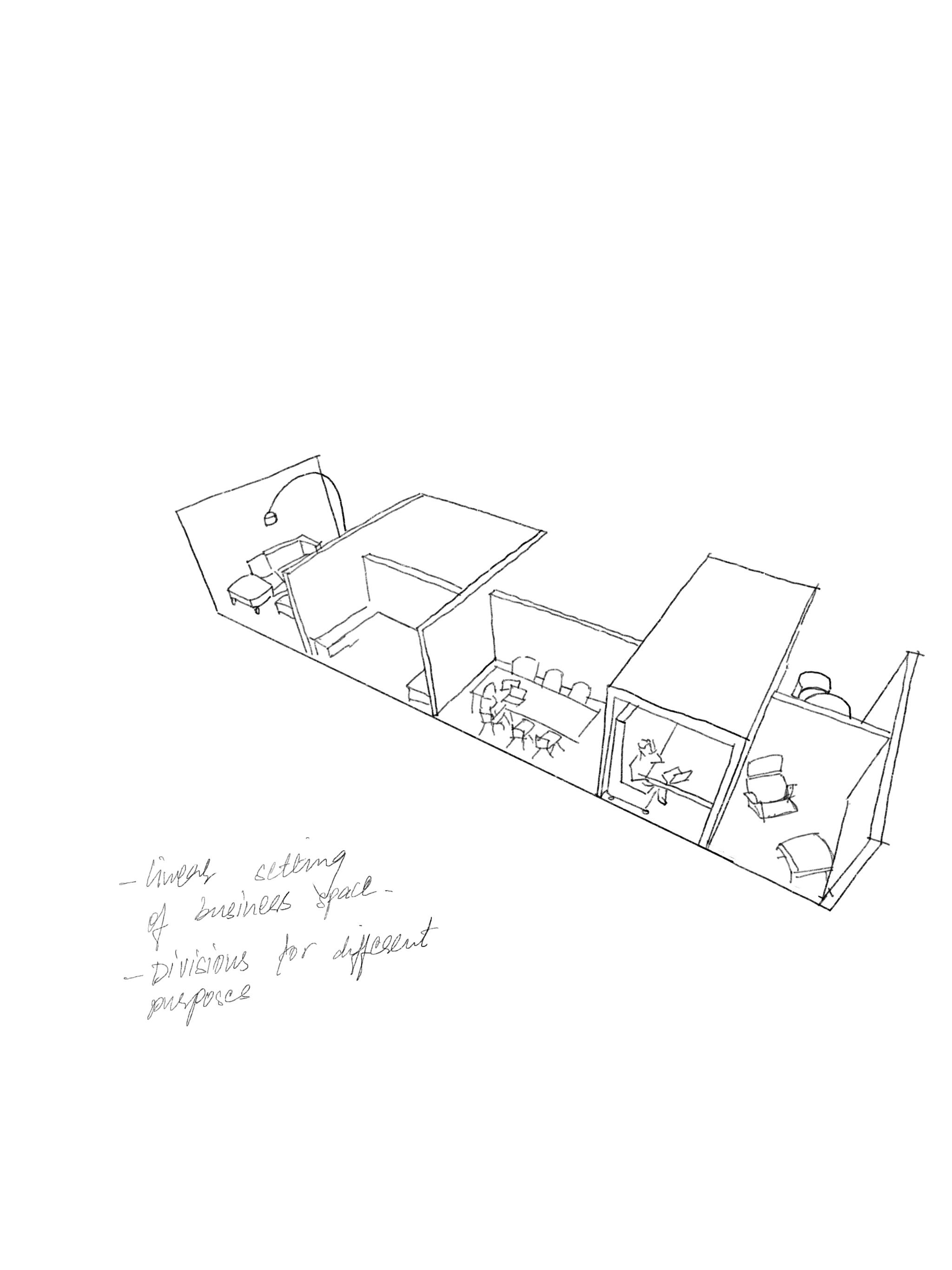

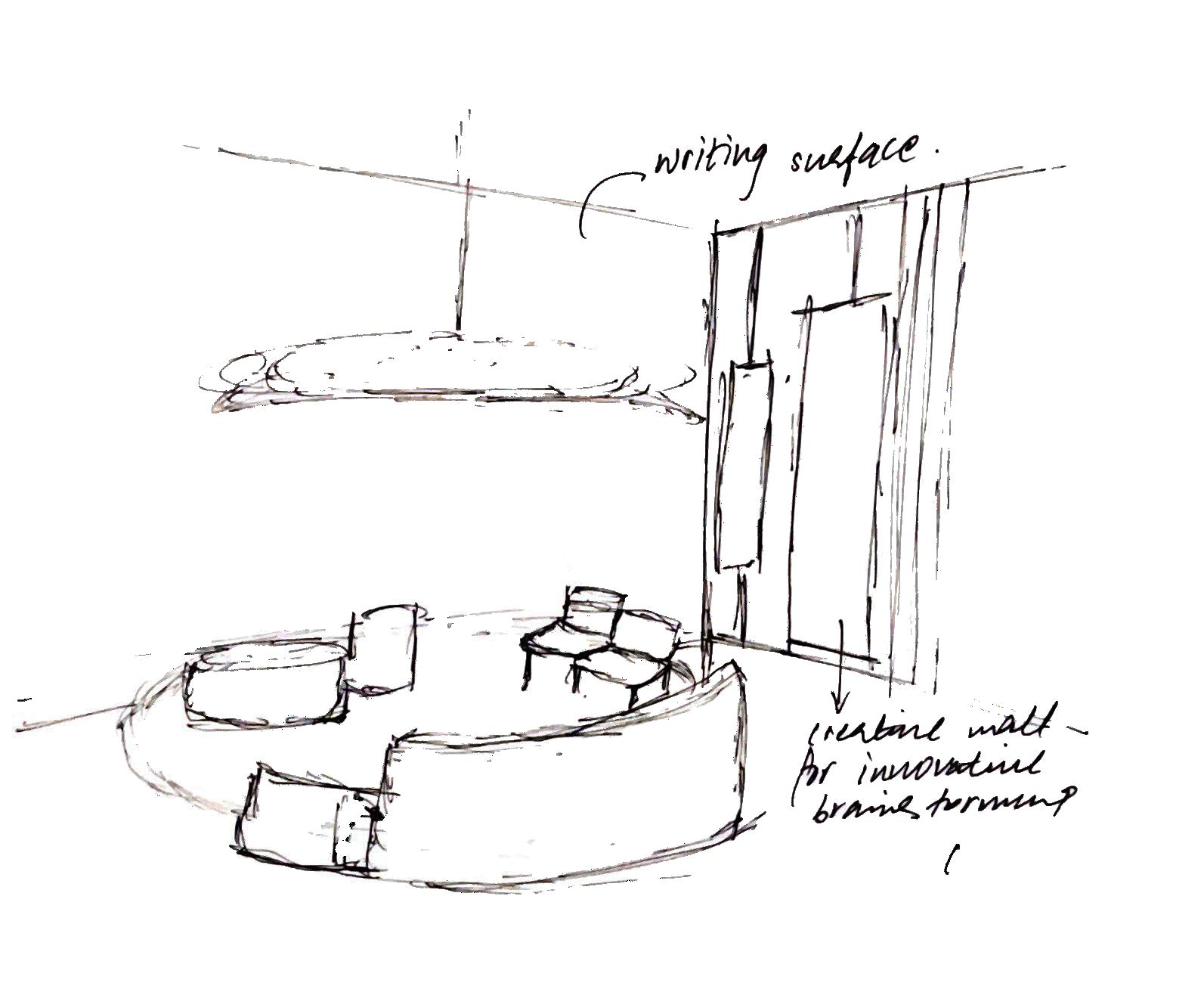
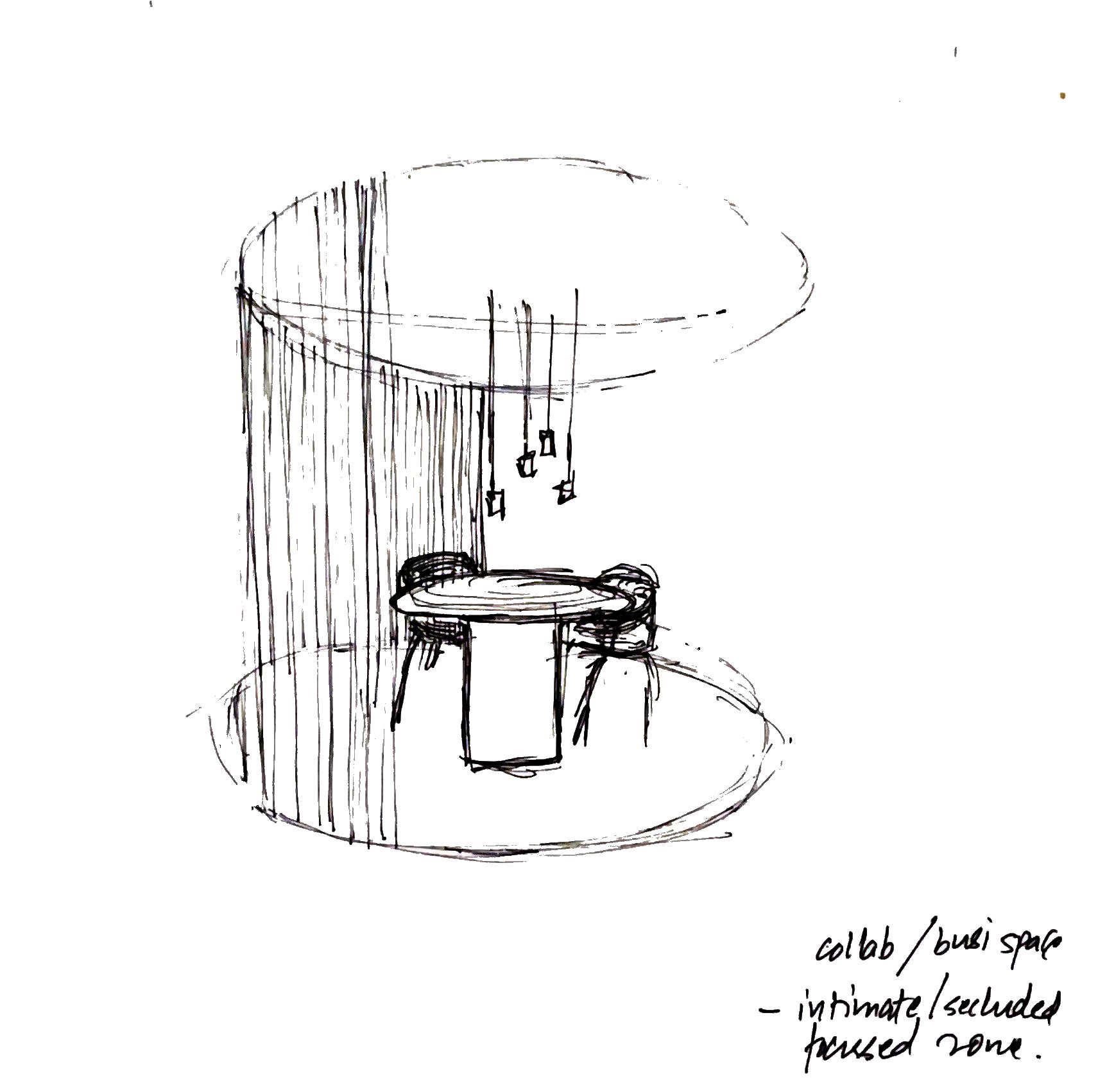
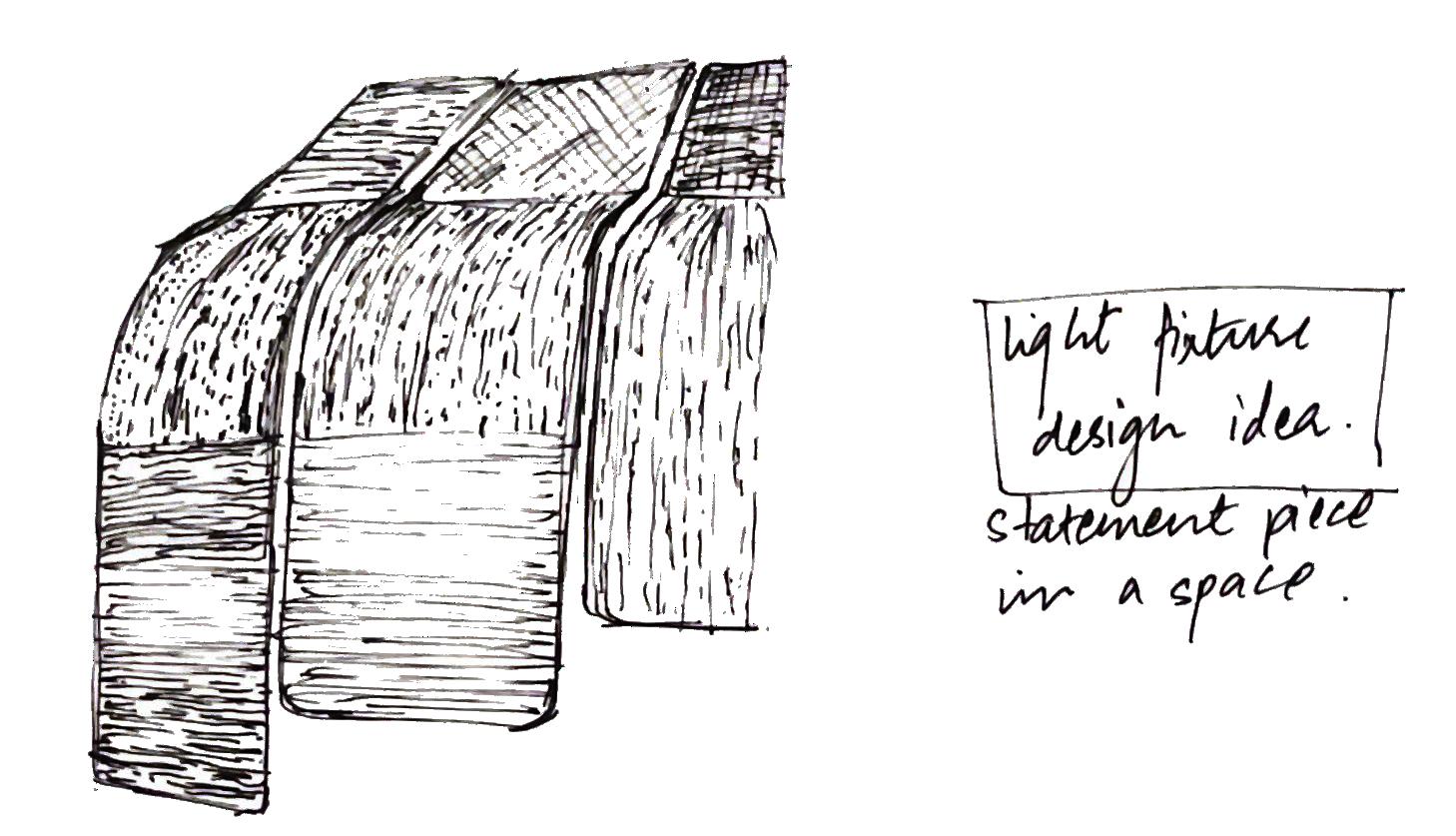


Most furniture and light fixtures will be made out of these materials



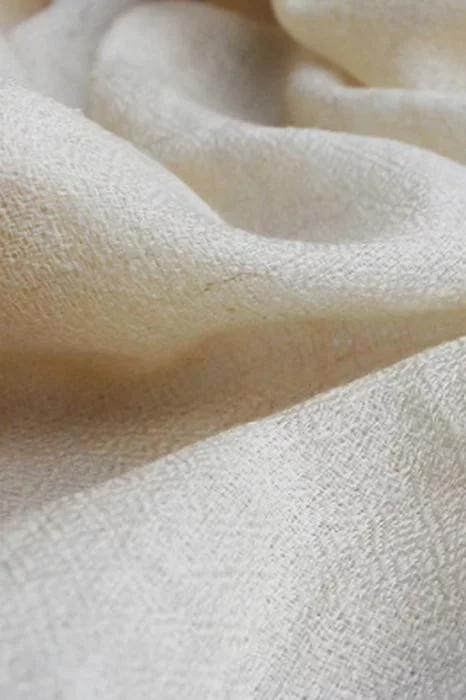
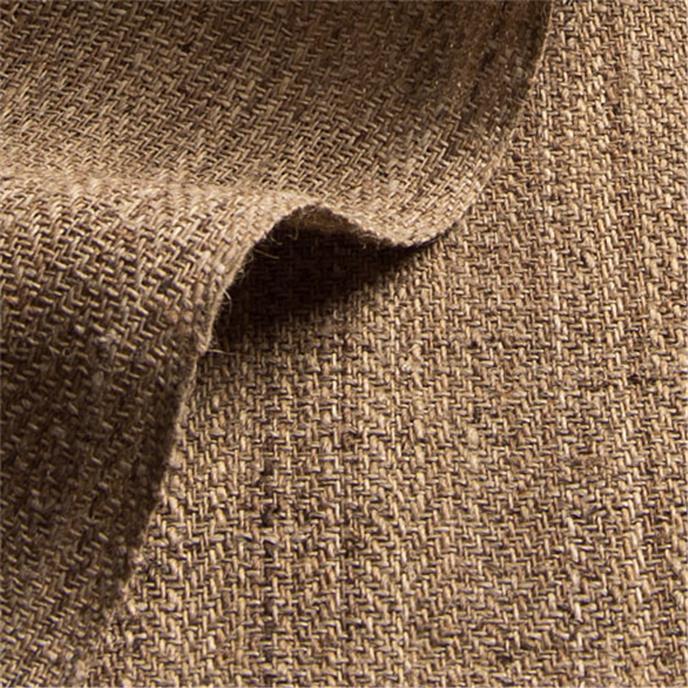
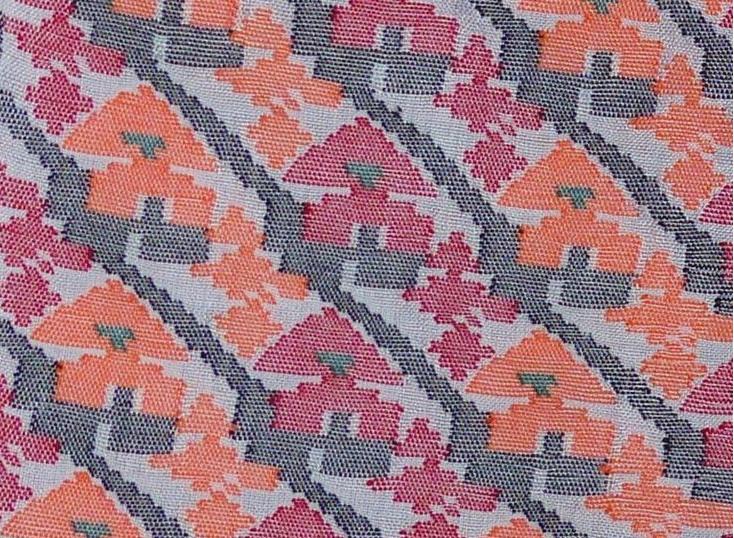

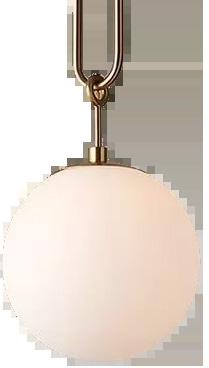
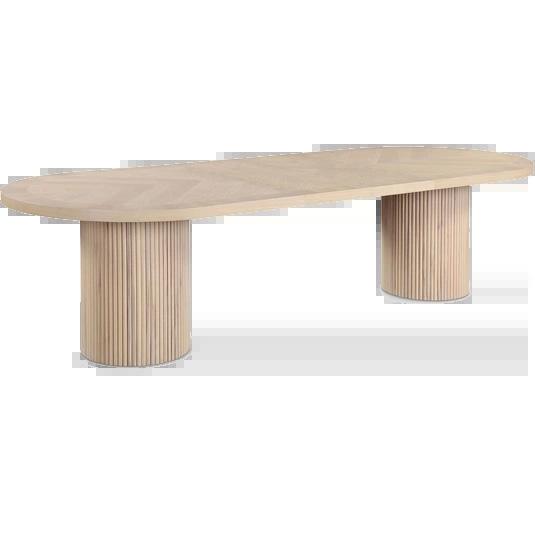
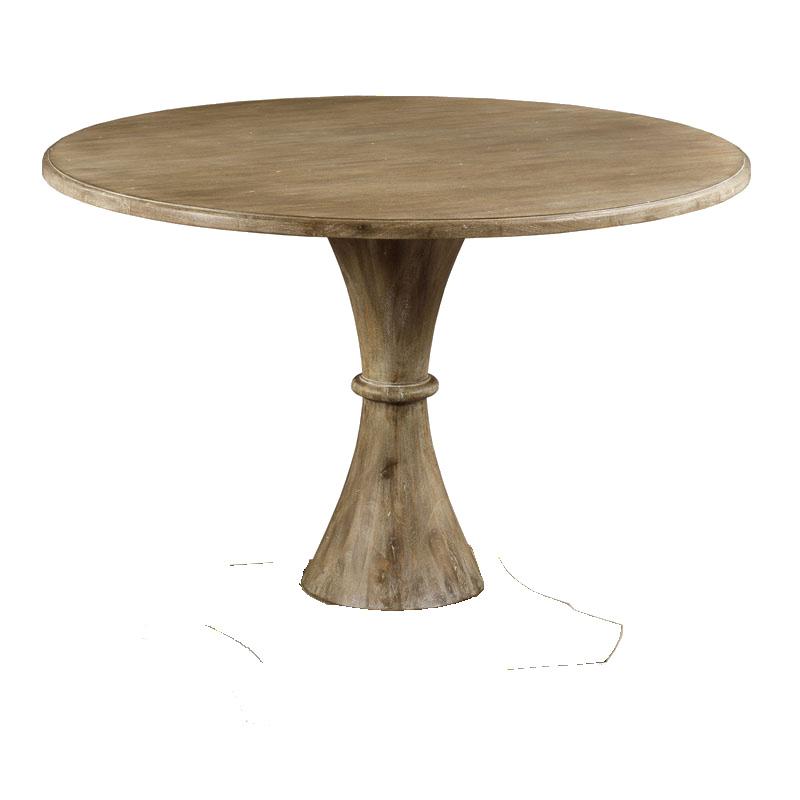
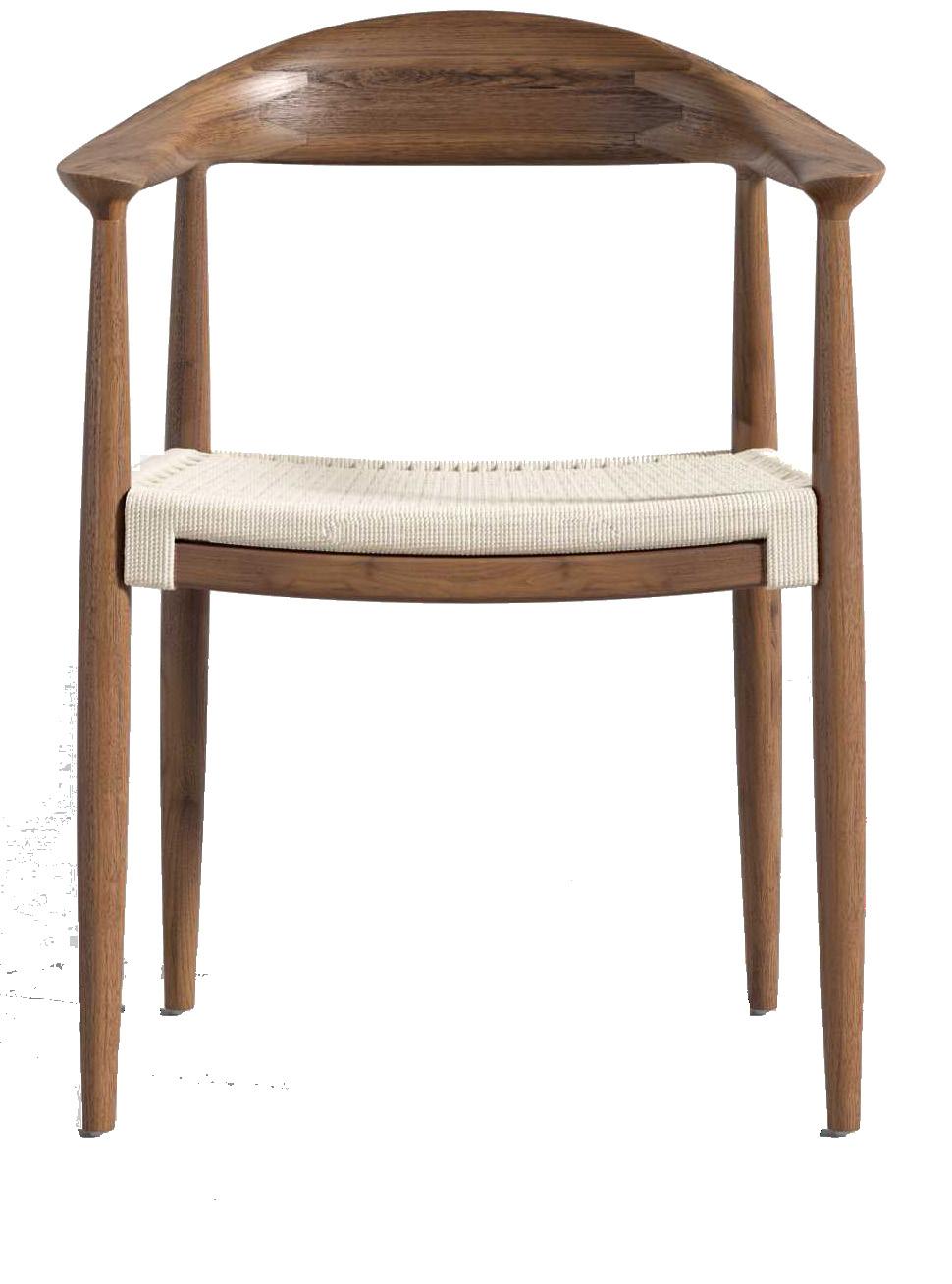

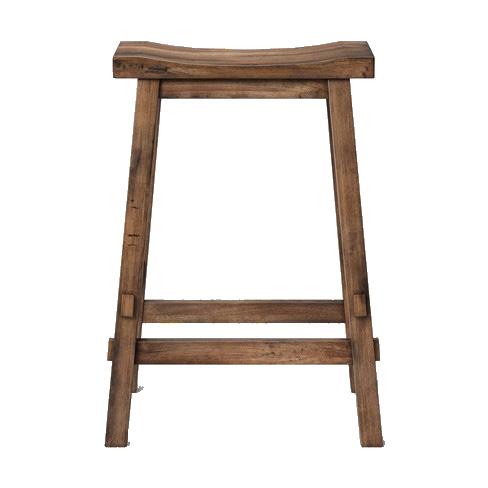
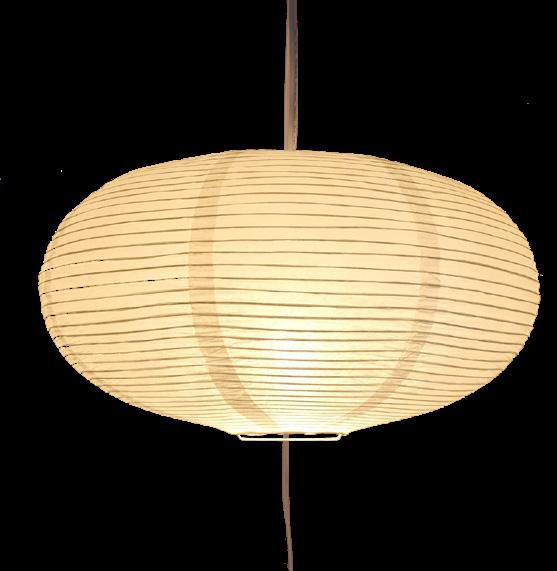
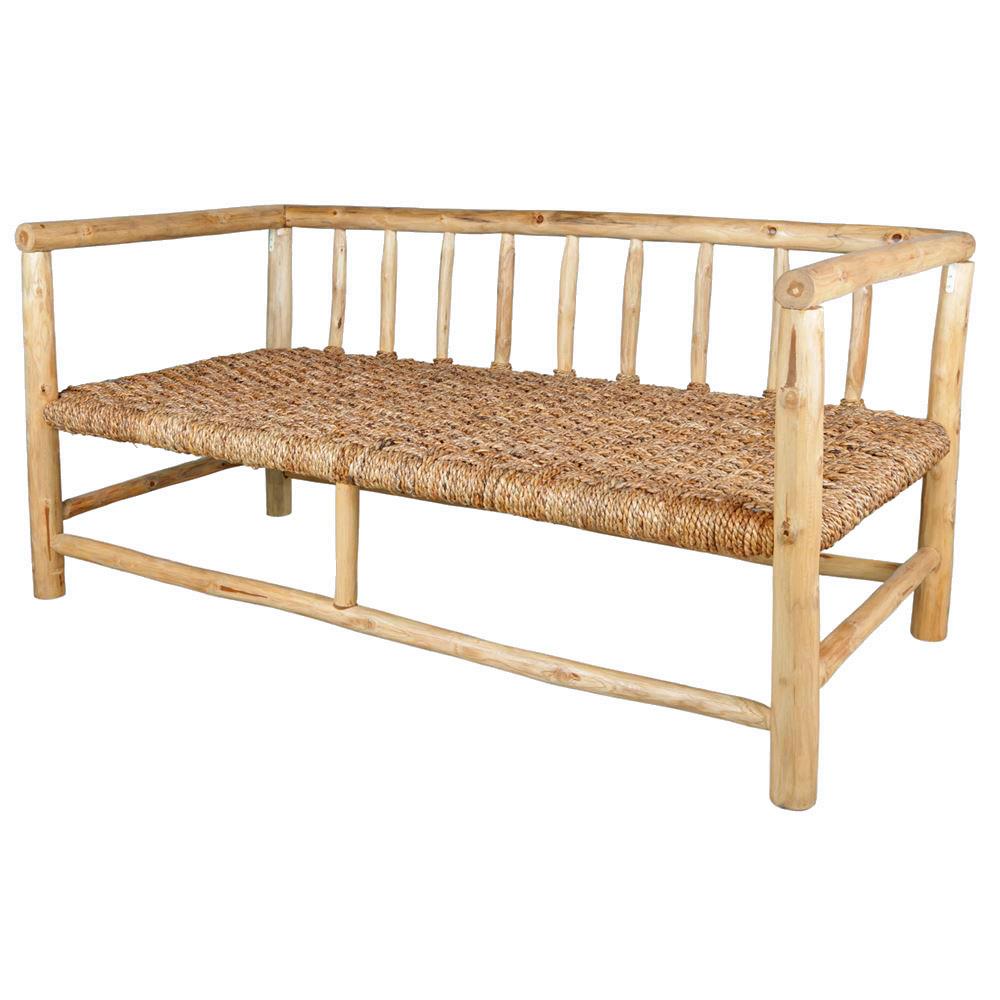 Display spaces
Workshop
Lounging spaces
Display spaces
Workshop
Lounging spaces

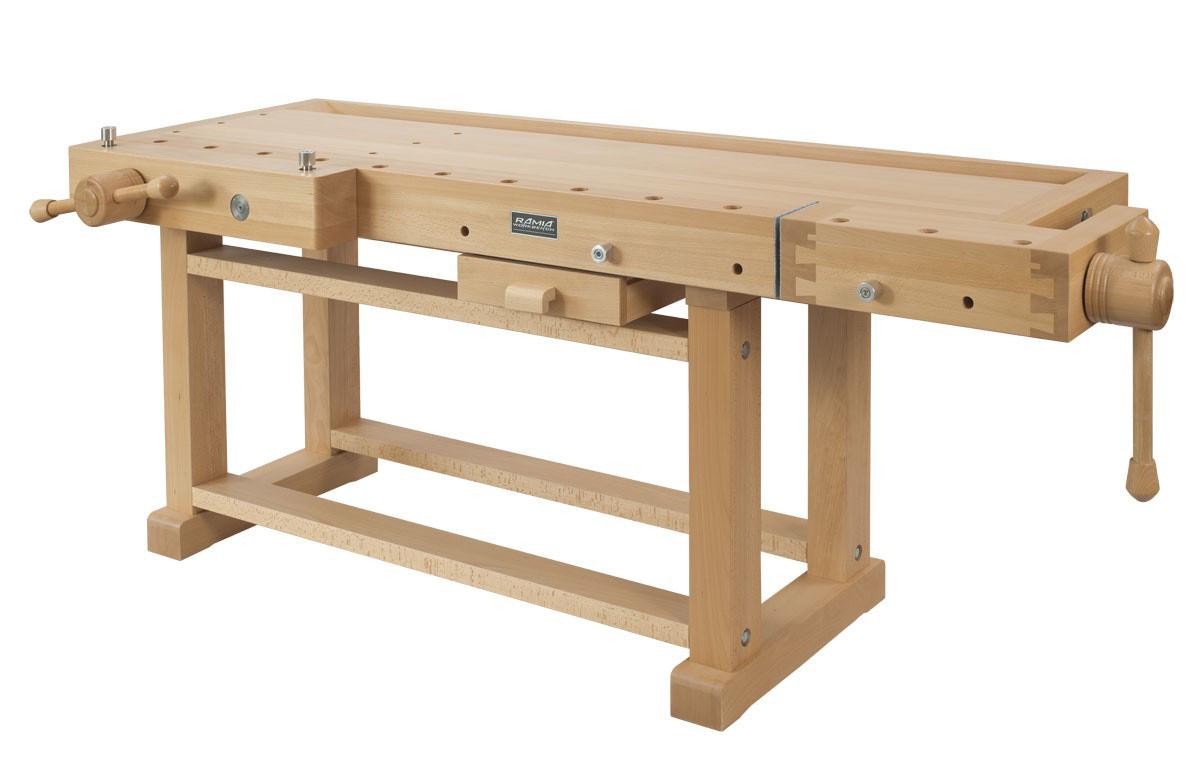
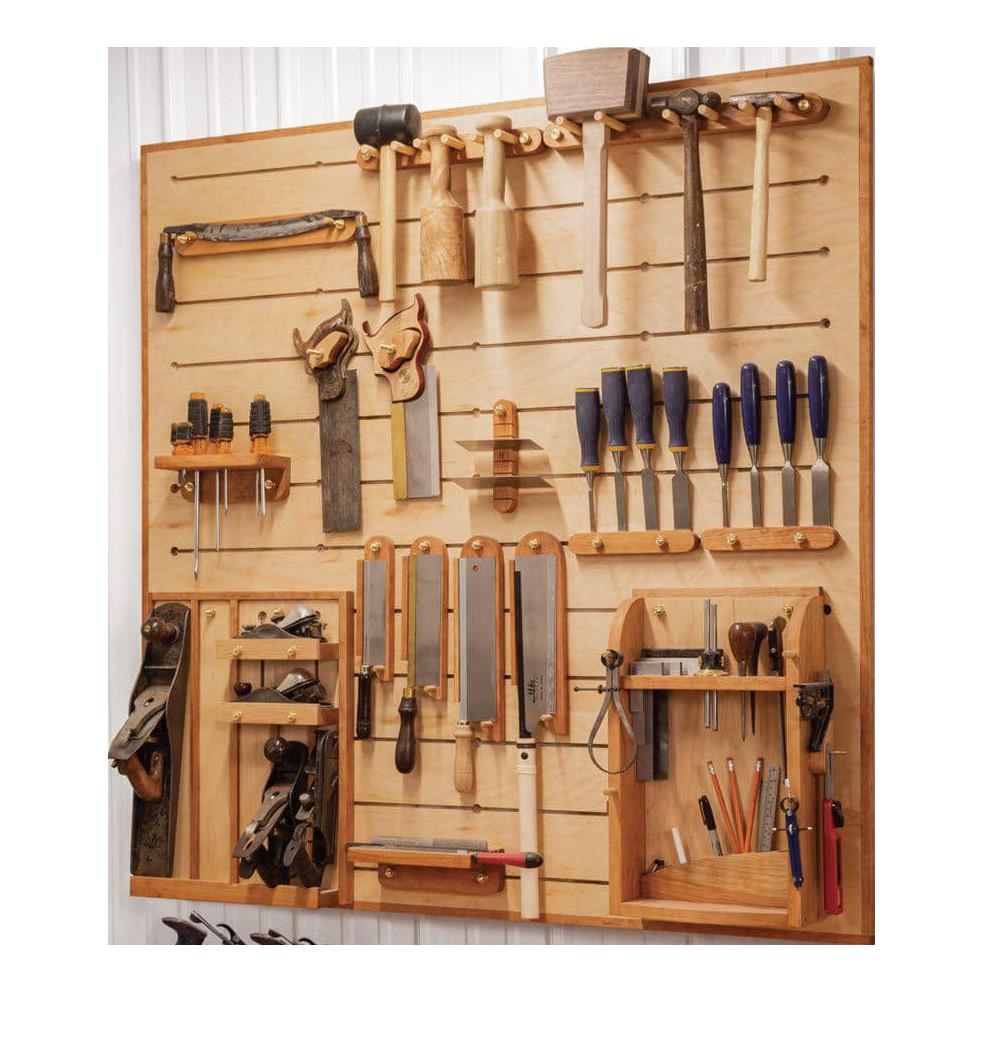
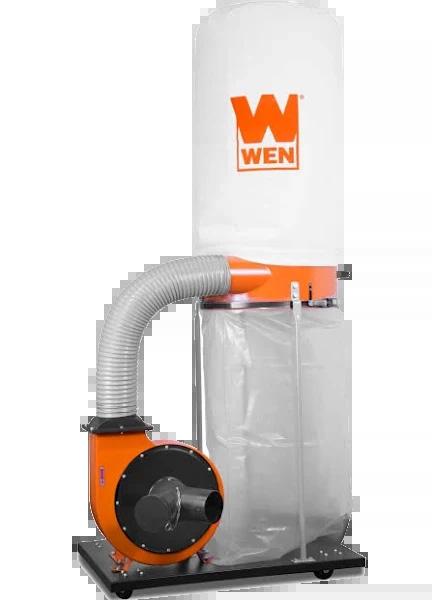
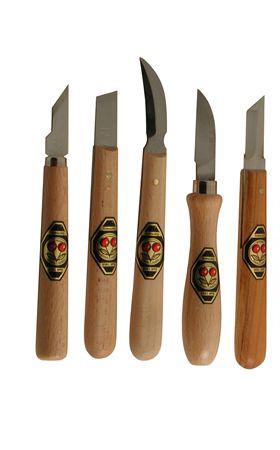

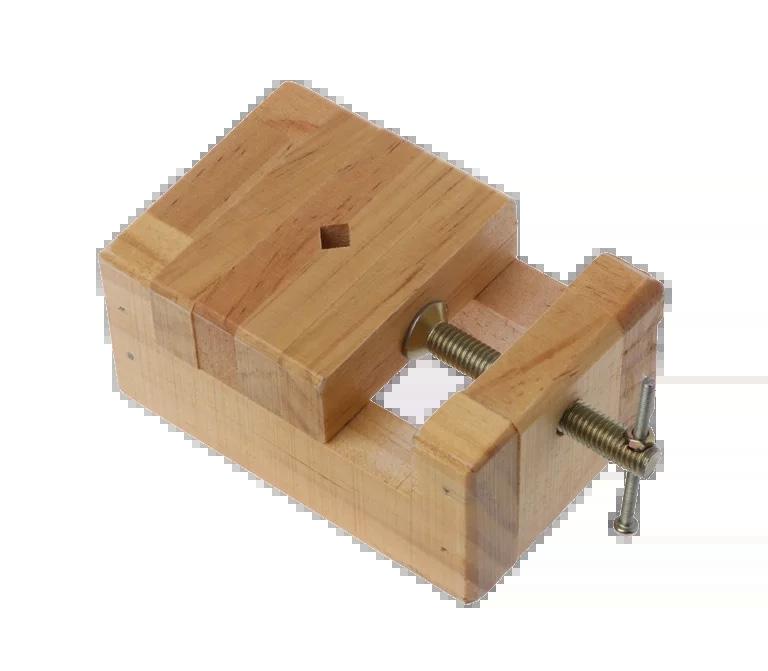
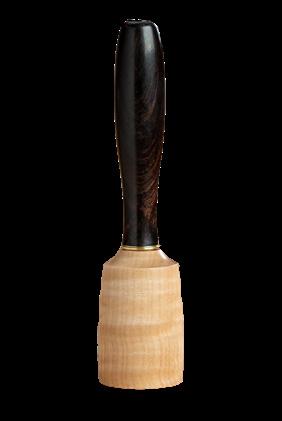
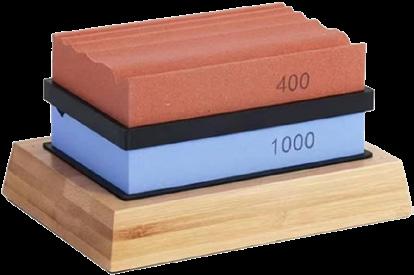
 Workbench
Carving knives and chisels
Vice Sharpening stone
Sandpaper
Dustcollector
Mallet
Workbench
Carving knives and chisels
Vice Sharpening stone
Sandpaper
Dustcollector
Mallet
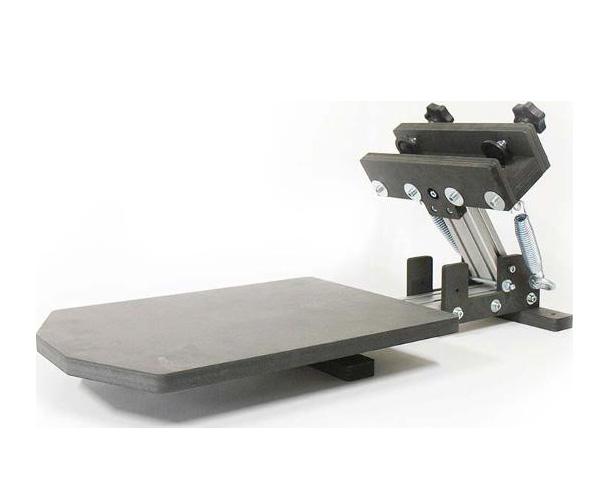
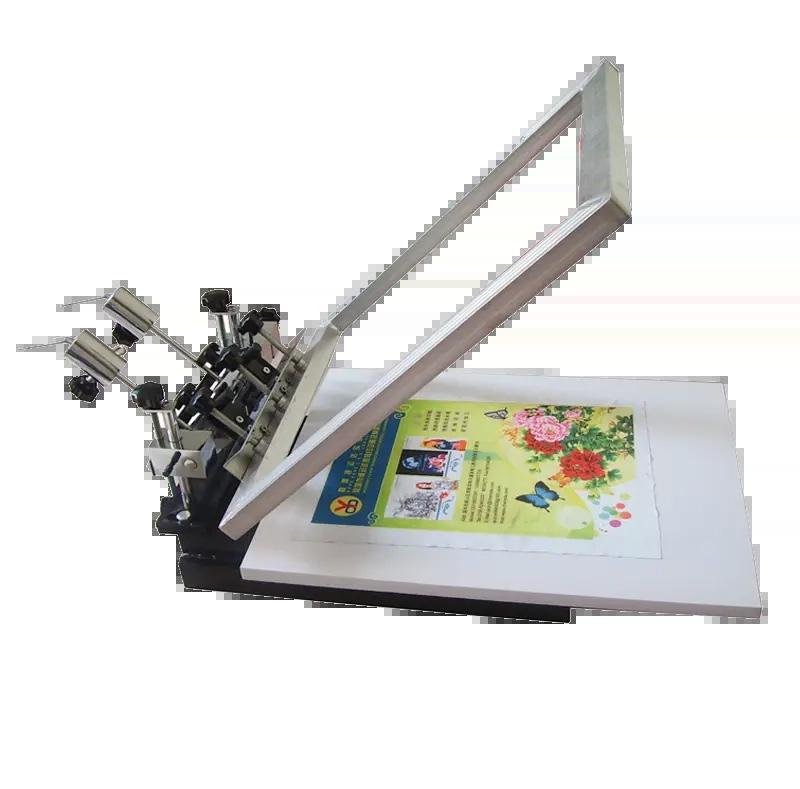

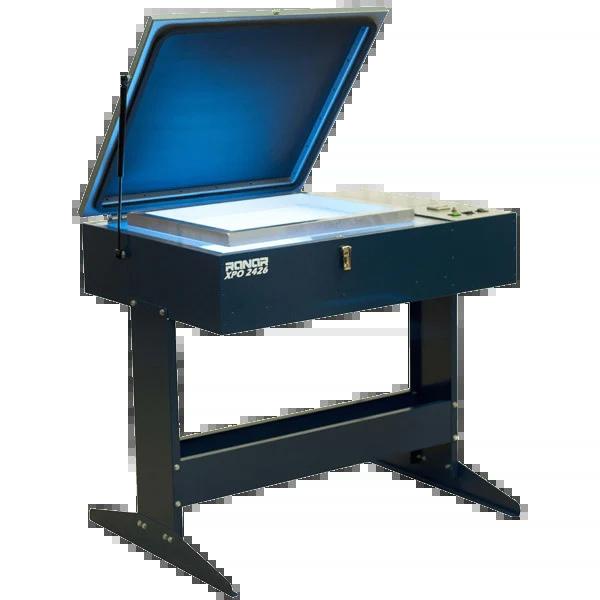
Screen prininting press

Mesh screen
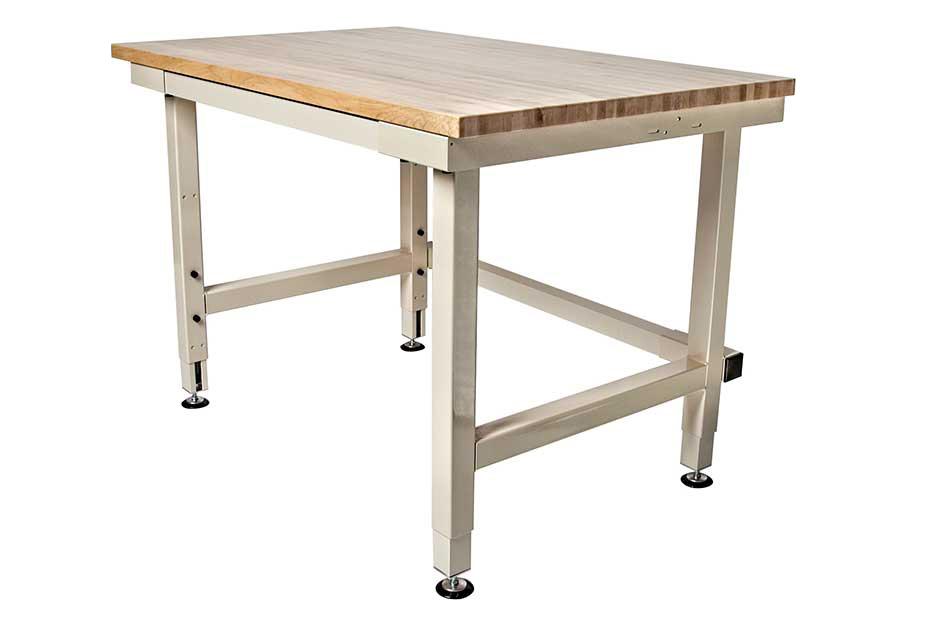

Drying rack
Exposure unit
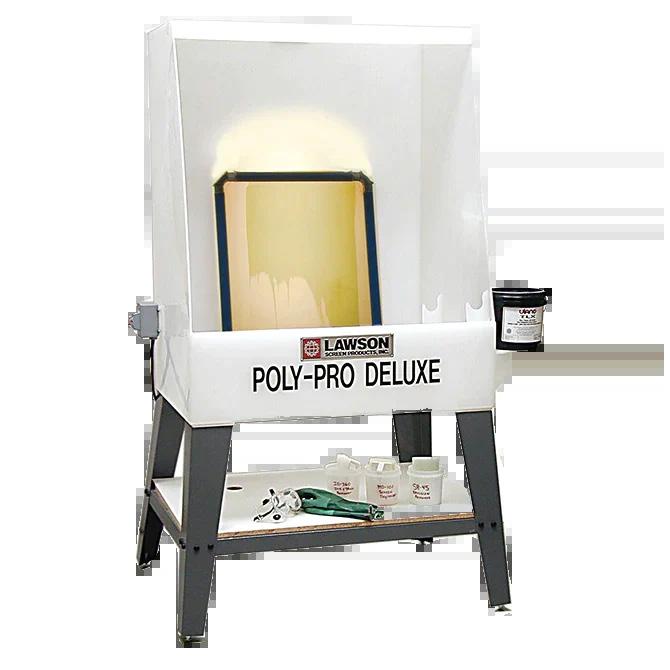
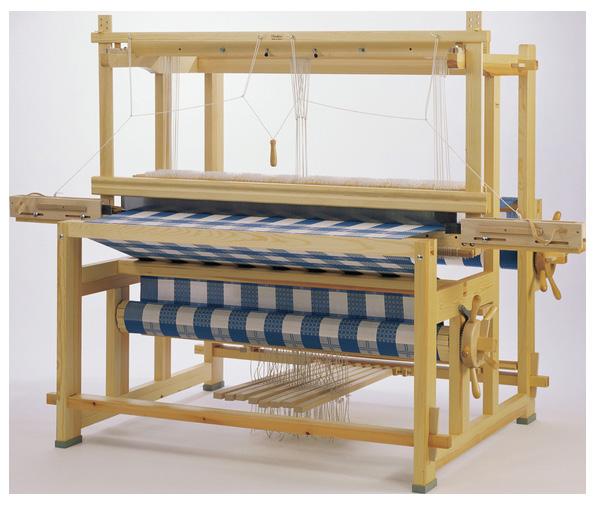

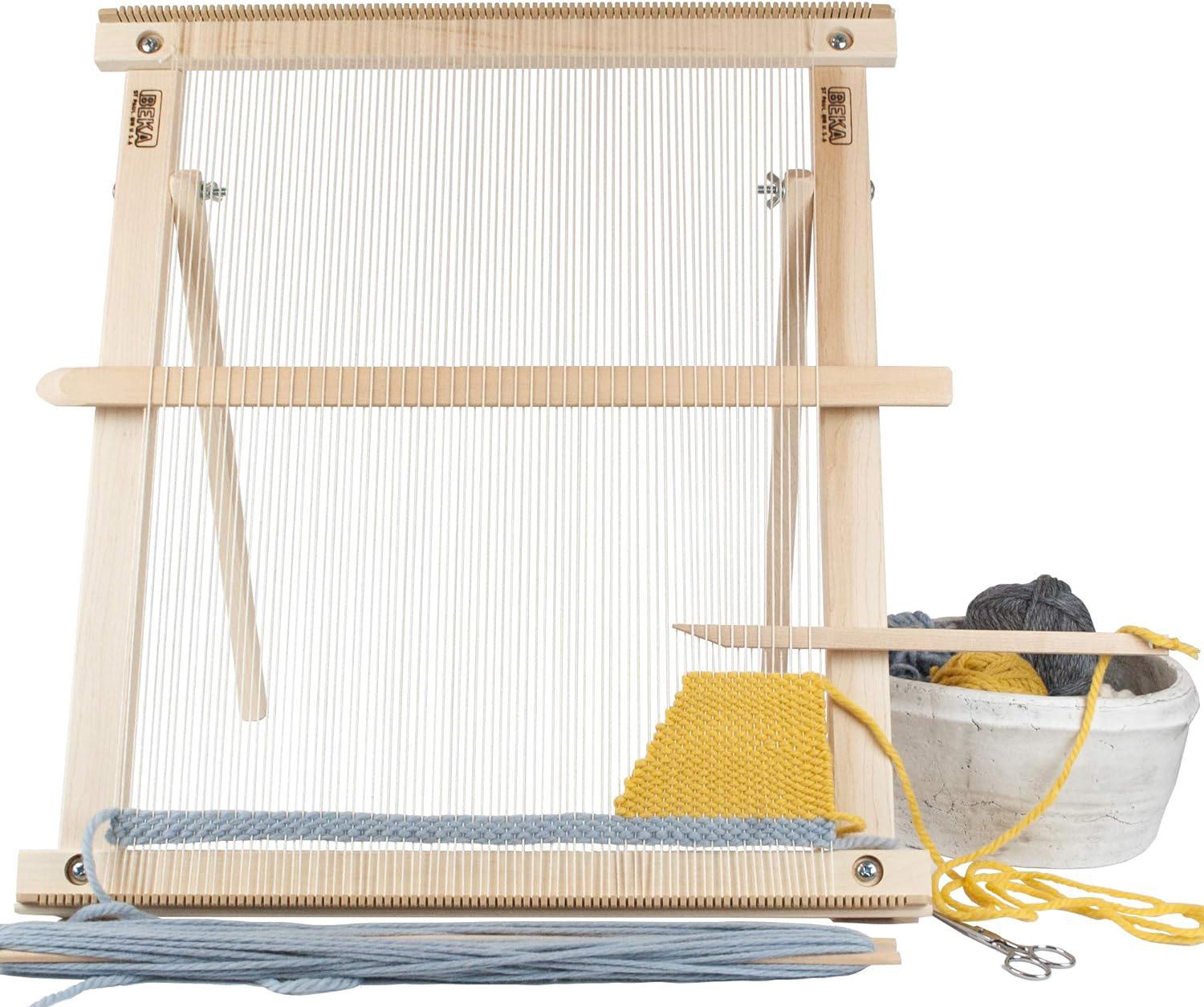
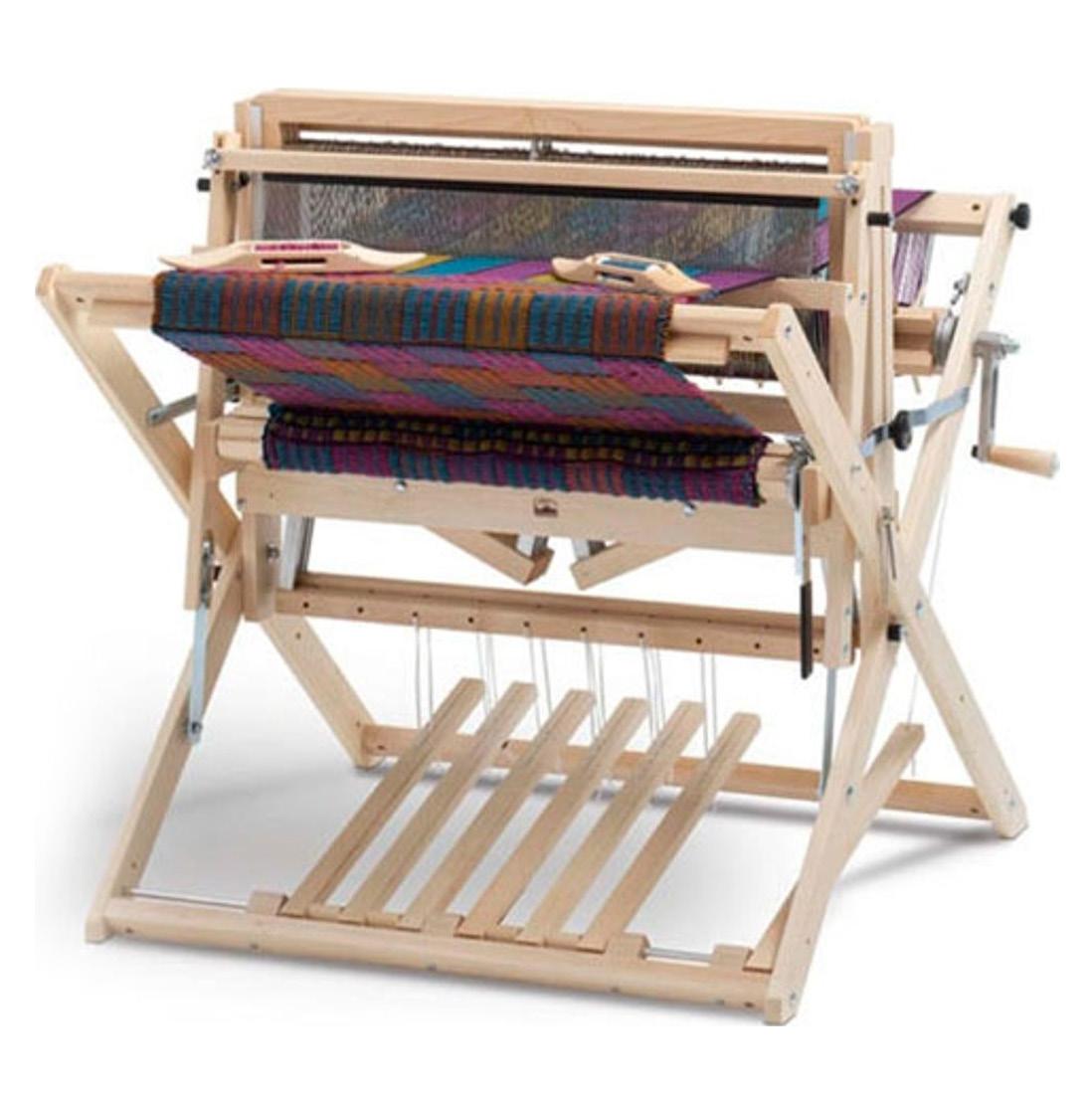


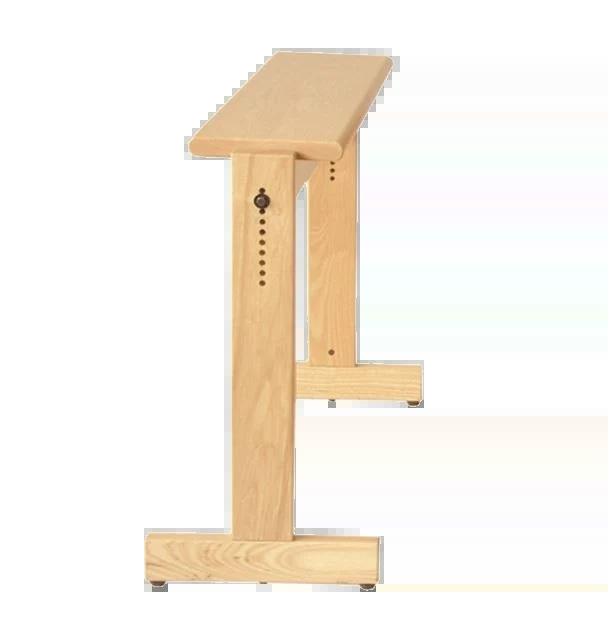 Sewing machine
Bench
Fly-shuttle loom
Dobby loom
Frame loom
Sewing machine
Bench
Fly-shuttle loom
Dobby loom
Frame loom

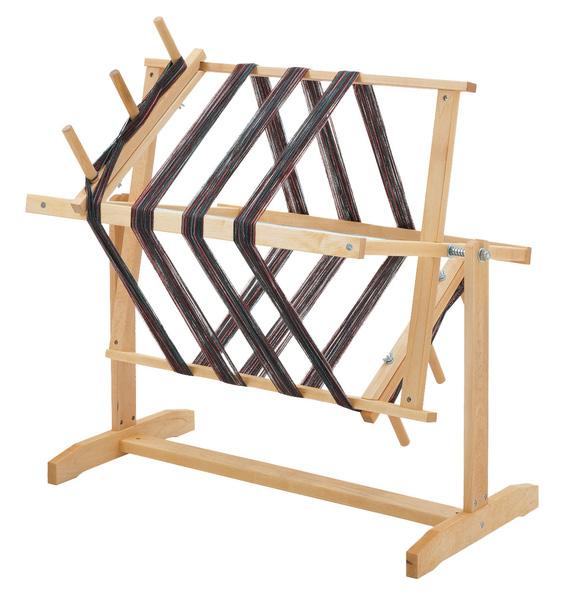
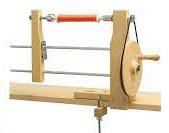
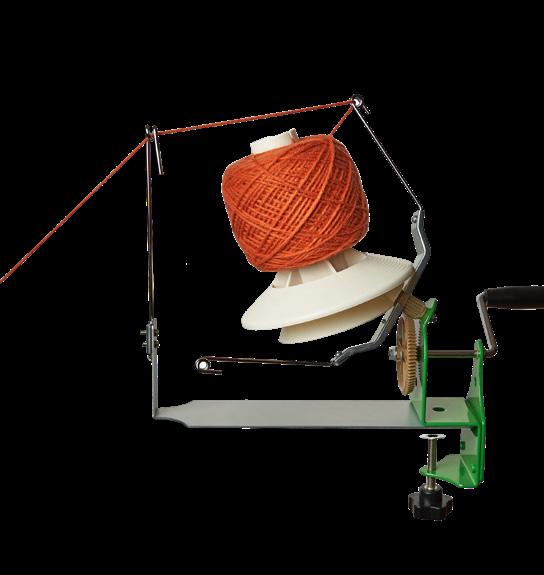
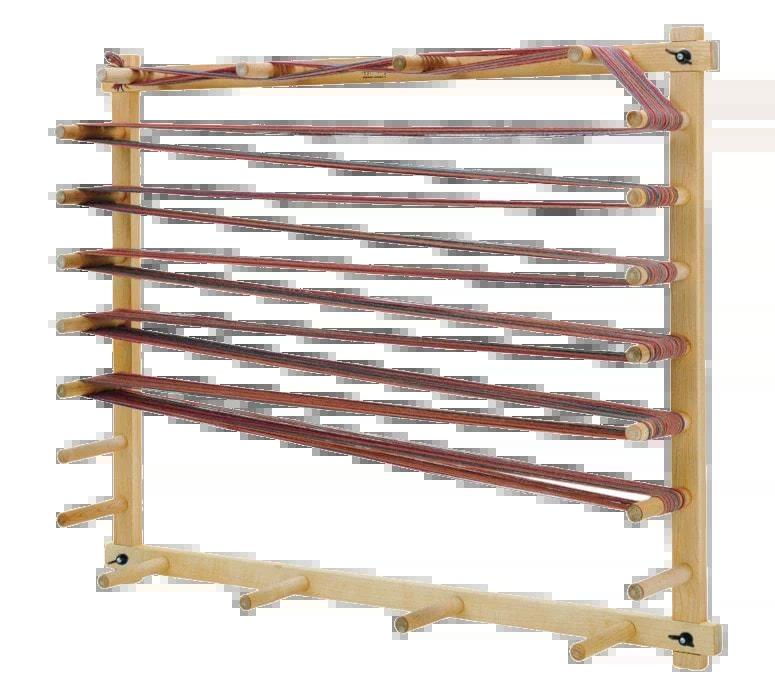
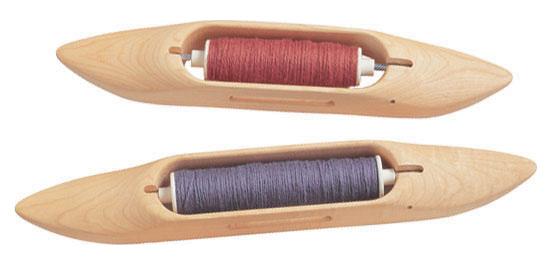
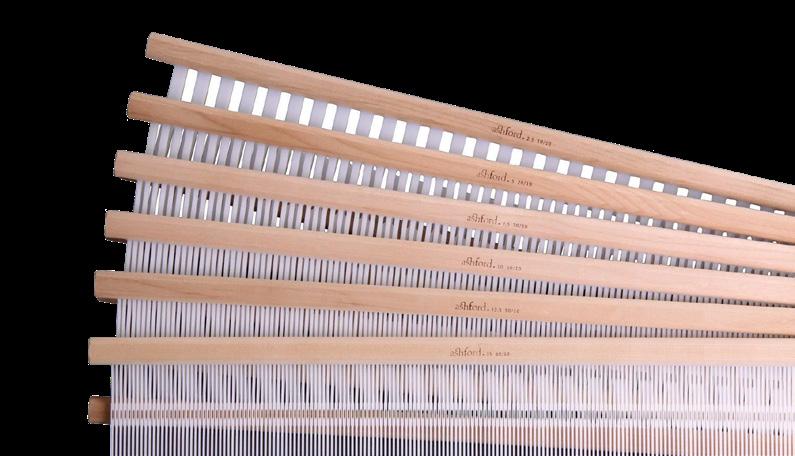 Bobbin Ball winder
Warping mill
Shuttle Reed
Bobbin Ball winder
Warping mill
Shuttle Reed


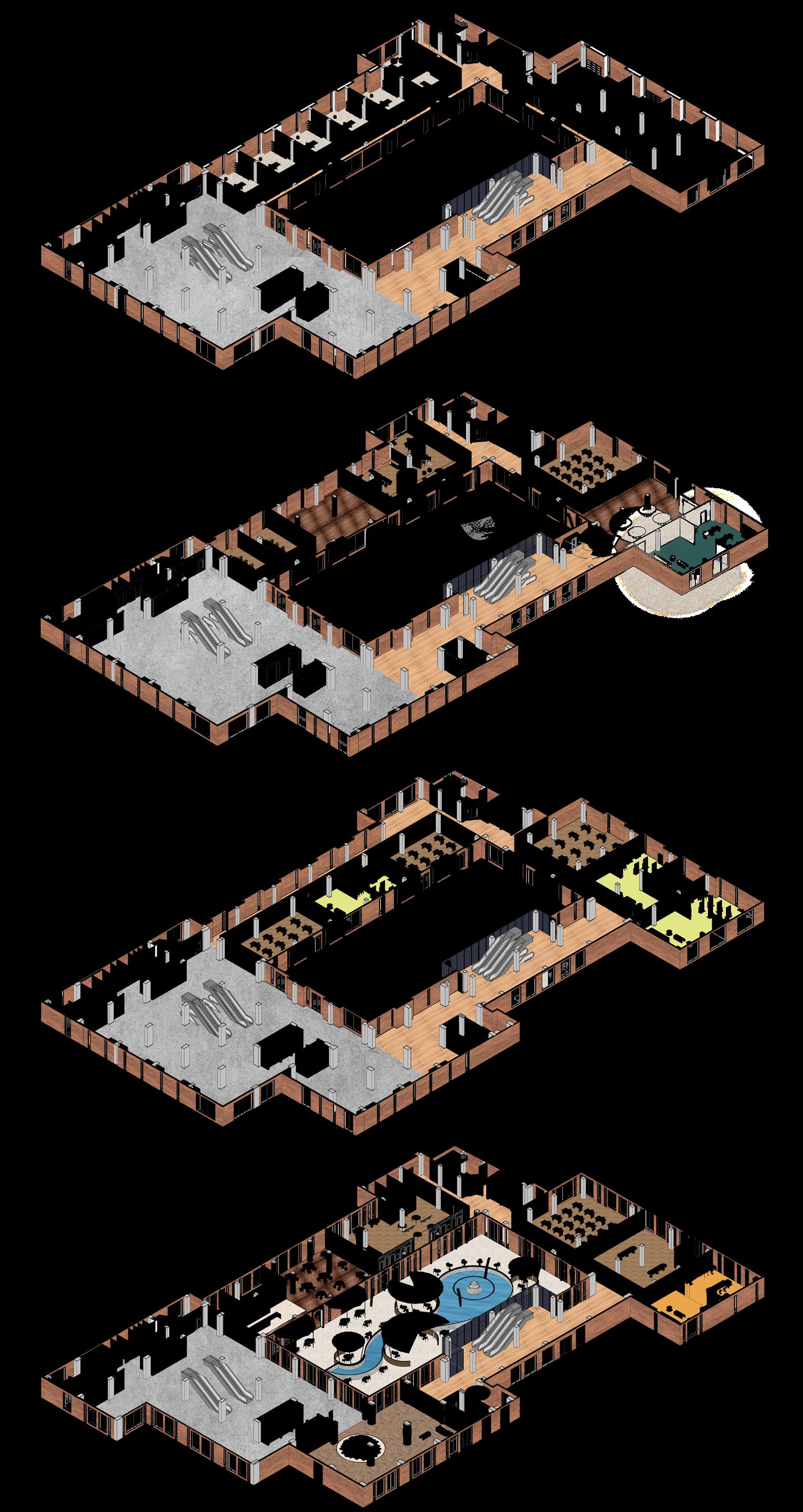
Business rooms: Research Strategy Marketing
• Individual studios Balconies
• Lokta zone: Display space
Workshop

Classroom

Crafts materials focused in the project


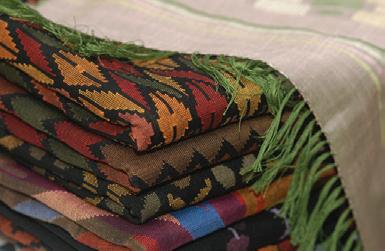



Lokta themed hallway Artifact display space
Process display space

Artisans collaboration rooms Balconies

Allo, Dhaka & Pashmina zones: Display spaces
Workshops
Classrooms

• Textile themed hallway Balconies

• Cafe
• Retail

Lobby Courtyard
• Woodcarving zone: Display space
Workshop
Classroom Woodcarving themed hallway
• Event space




Dhaka textile




Pashmina textile

Lokta paper Woodcarving






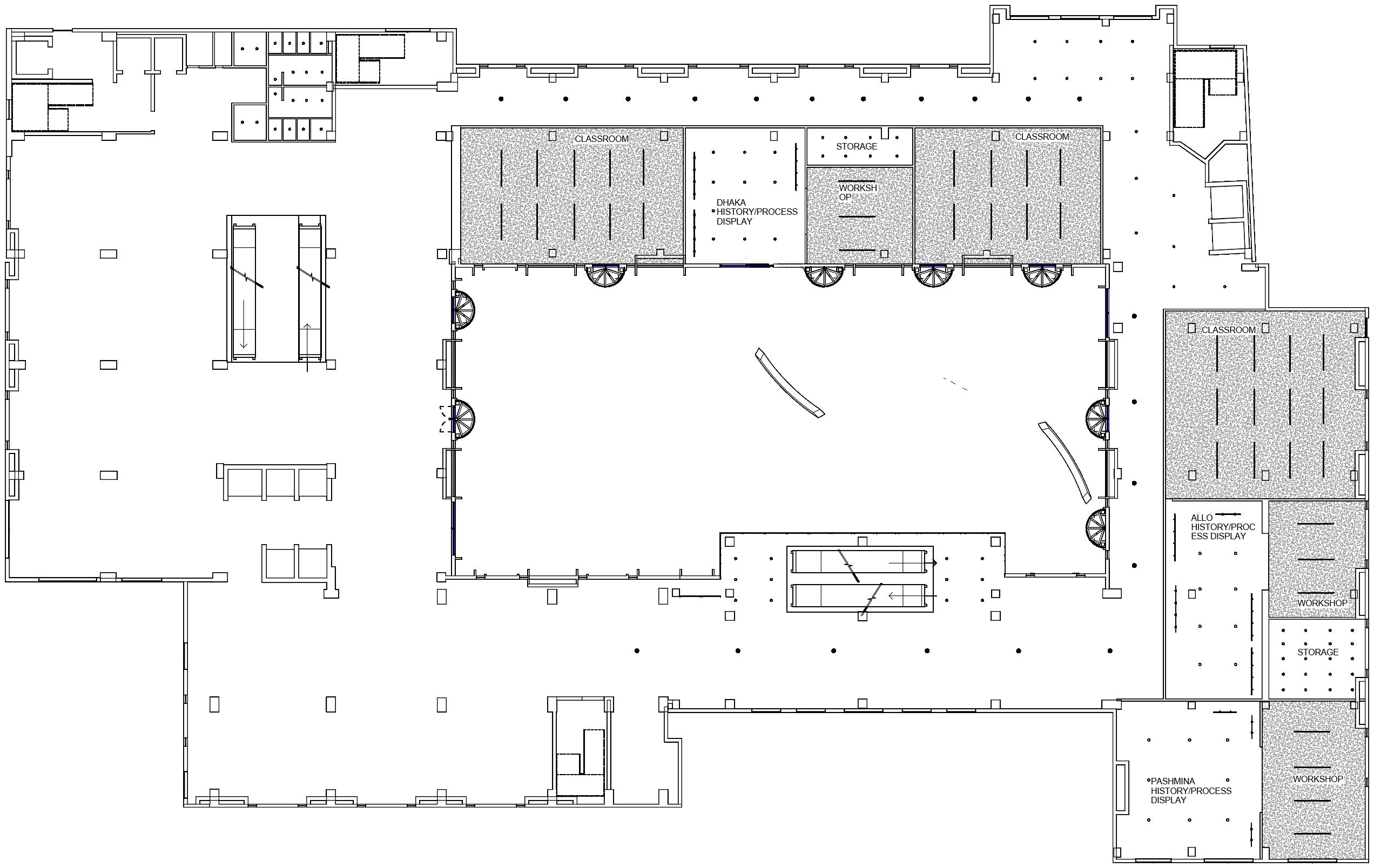




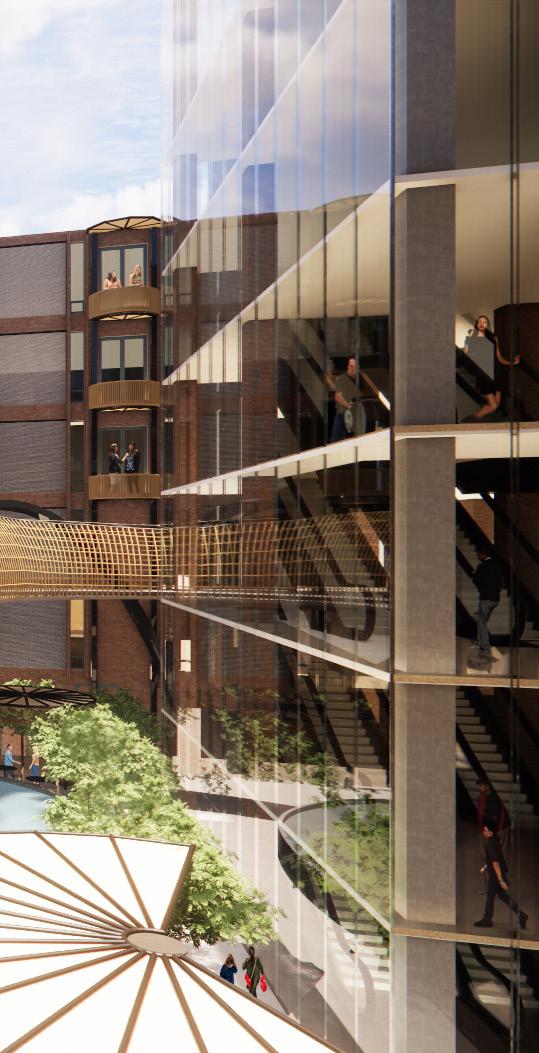

The courtyard features balconies overlooking the bridge and the relective pool, complemented by gazebos nestled amidst lush greenery. Designed as a serene oasis, it serves as a space for social interaction, peaceful reflection, and relaxed enjoyment.

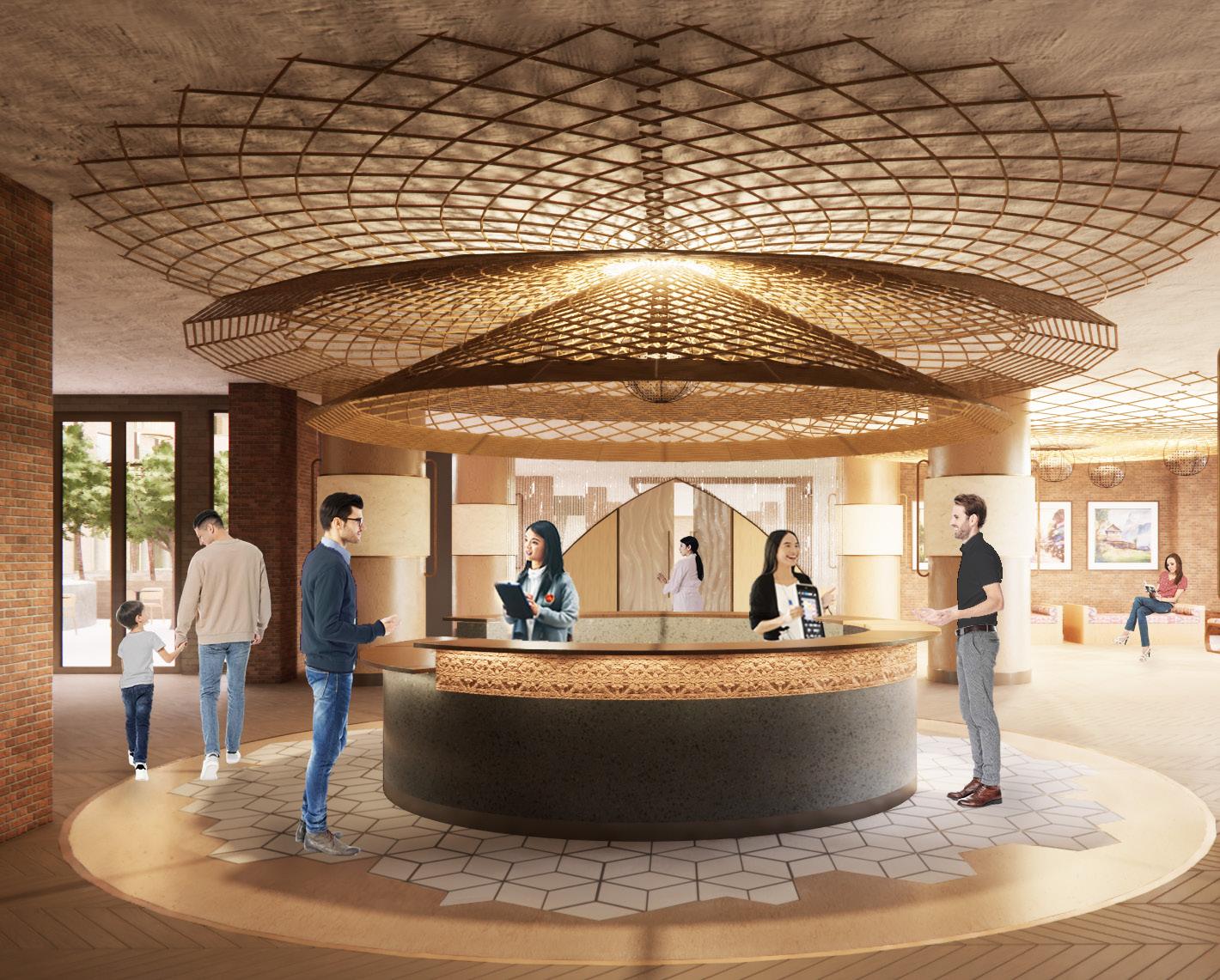

The lobby represents the pagoda roof and the namaste gesture which creates a welcoming atmosphere at the entrance, and draws visitors in with its warmth. Integrating all five traditional crafts—lokta paper, dhaka fabric, allo fiber, woodcarving, and pashmina—it weaves a rich tapestry of textures and cultural heritage.

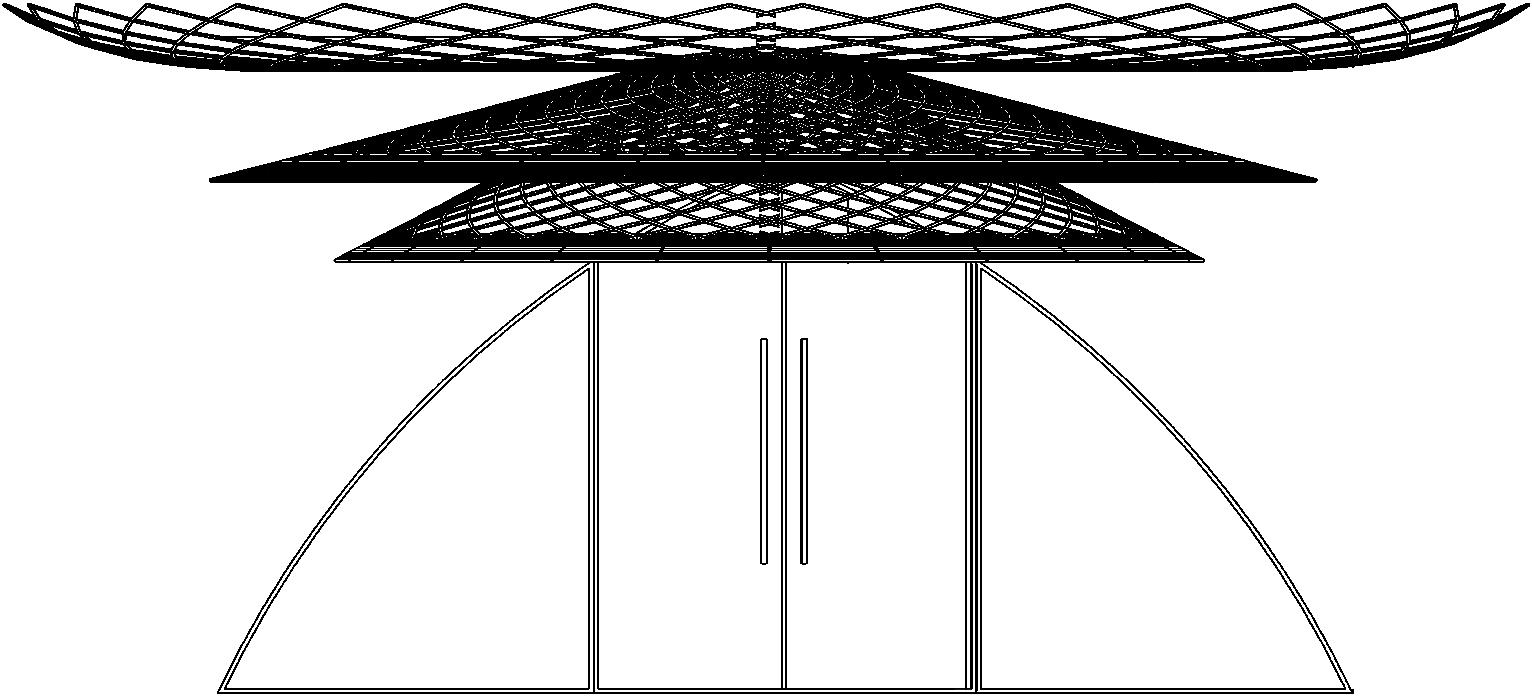
Re-interpretation of the pagoda roof structure.
The cross shows fusion and represents the namaste gesture at the entrance of the space.
The concept of parts coming together and connecting emphasized.
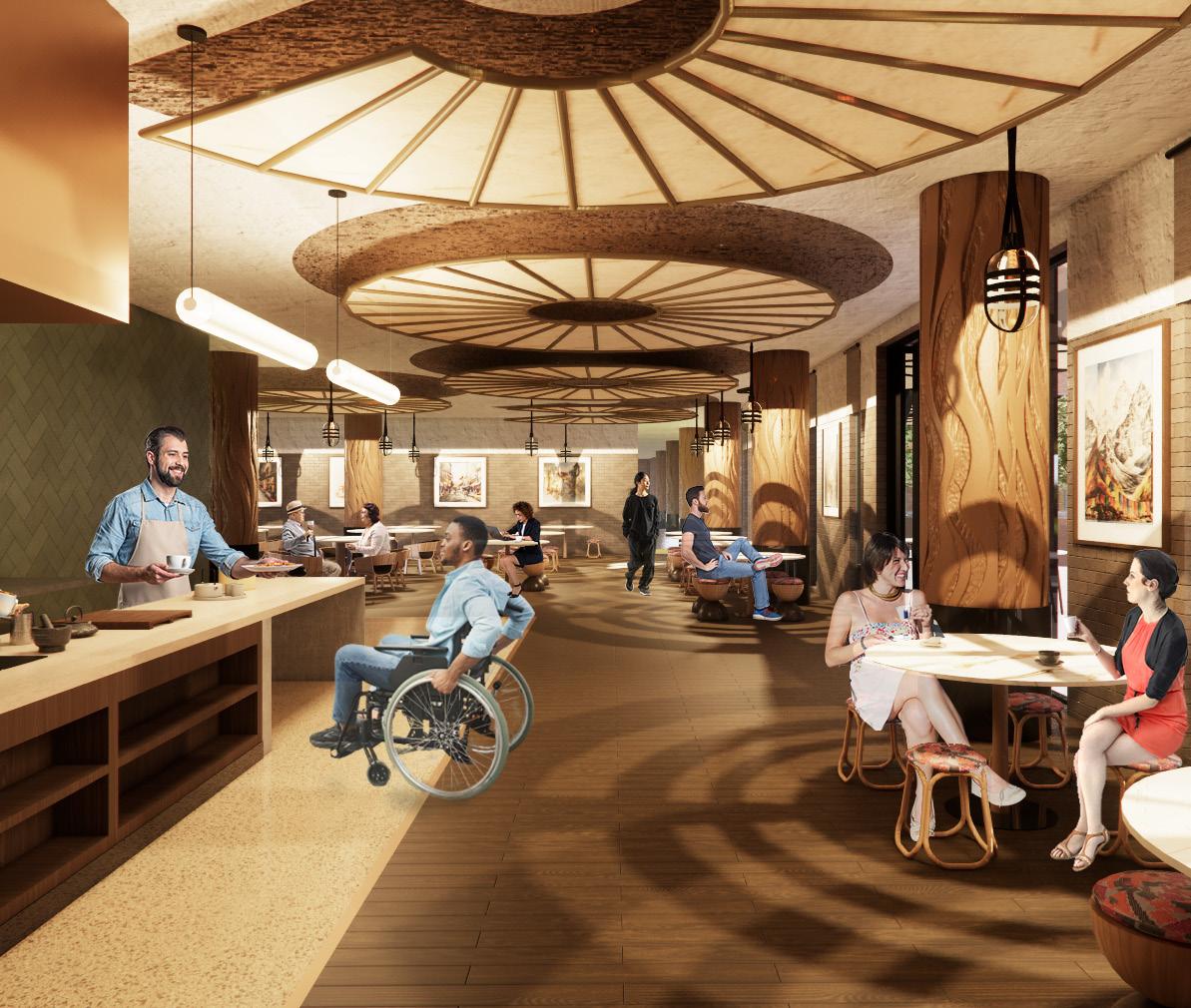

The café serves a variety of hot Nepali snacks alongside tea, echoing Nepal’s cultural tradition of communal interaction. It aims to encourage conversation, fostering connections and a strong sense of community.


Combination of half and full circles to show one thing informing the other-the past translating into the present.
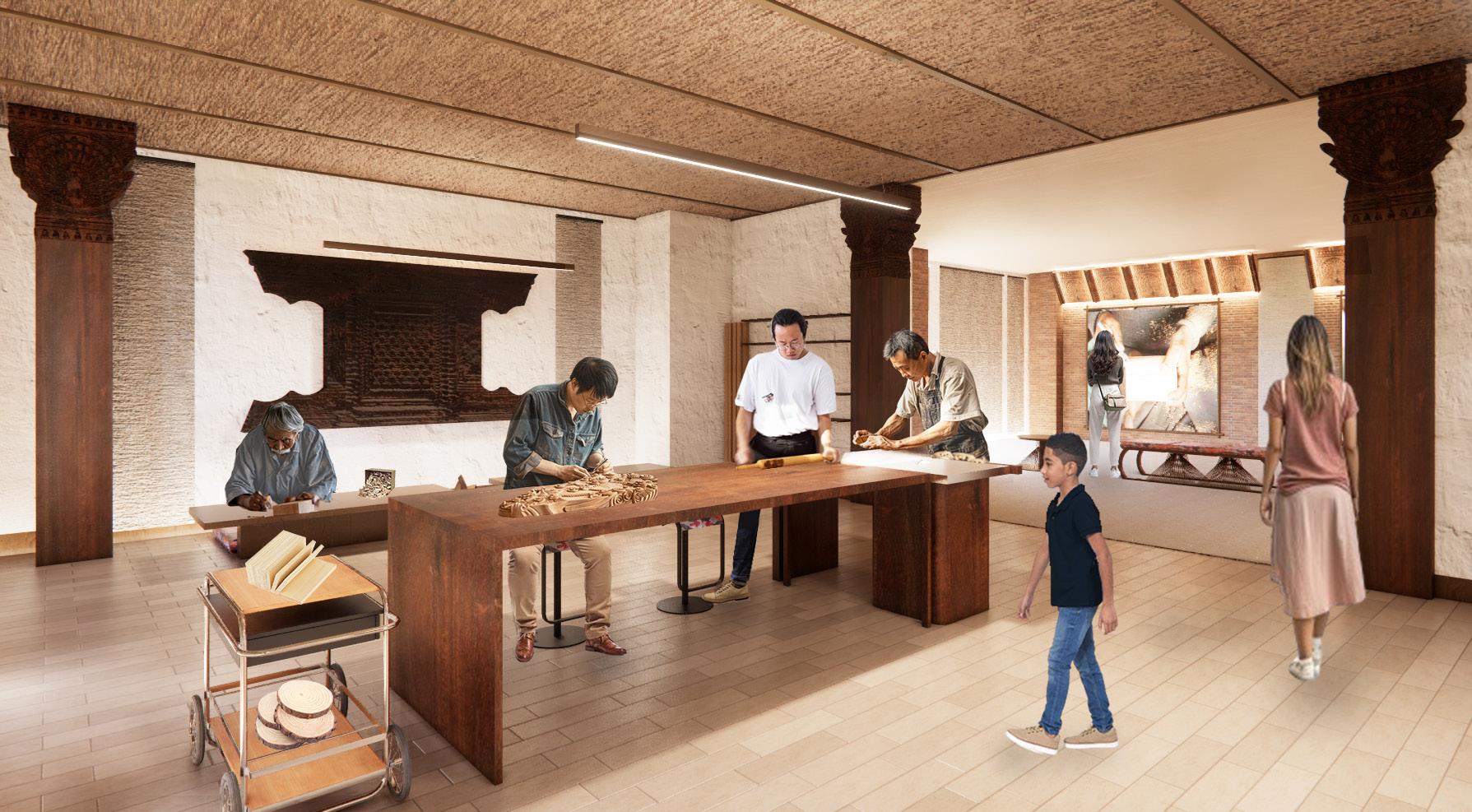
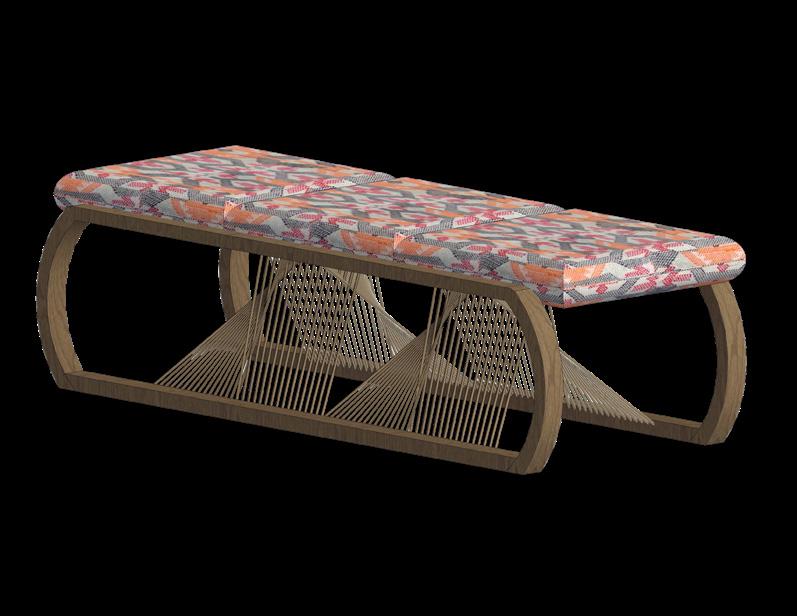


Custom seating options inspired from the concept of winding and weaving. The winding ropes connect the top and the bottom.




The woodcarving zone comprises both workshop areas and spaces dedicated to displaying the process and history of this craft. It allows visitors to engage with artisans, learn about the craft, and gain awareness of its historical significance.
Reasons for straw finished ceiling in all craft zones:

Old resting stops: There are multiple resting stops throughout the city which are elevated on a platform and have gabeled roof. The ceiling finish of those is straw. These resting stops which are barely used today, were used by artisans in the past.
Availability and Sustainability: In Nepal, straw is often readily available as an agricultural byproduct. Utilizing it as a ceiling finish allows for sustainable use of local resources.
Insulation properties and acoustics: Straw has natural insulation and sound absorption properties, which can help regulate indoor temperatures and help with acoustics. It helps in keeping the interiors cooler during hot summers and warmer during chilly winters.
How can it be prevented from being a fire hazard?
• The straw in the panels is packed so tightly (110kg/m³) that there is no oxygen in the wall that could fuel the flames.
• The high content of silica, a natural fire retardant, and the lack of oxygen turn the surface into a layer of non-combustible carbon.
• The clay plaster coating completes the fire-resistant seal.
• The thermal insulation property of straw additionally protects the material inside from reaching high temperatures and self-igniting.







This space showcases artifacts representing various crafts such as lokta, dhaka, pashmina, woodcarving, and allo. Additionally, it utilizes screens to present items that cannot be physically displayed within the space, thereby expanding
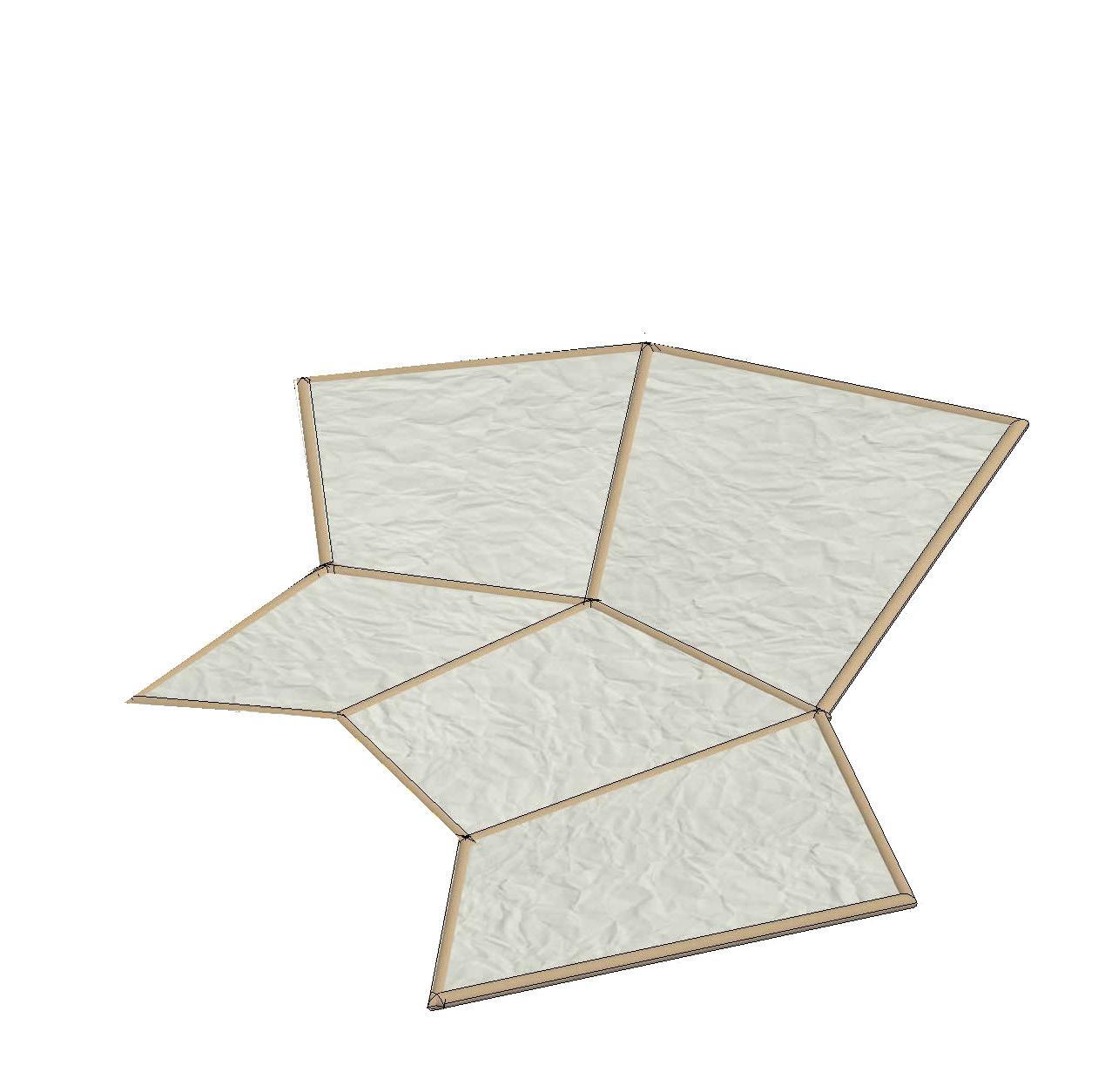
Crushed and lit lokta paper panels used in the lokta paper themed hallway. The organization is inspired from the concept of clustered organization of buildings on narrow streets.
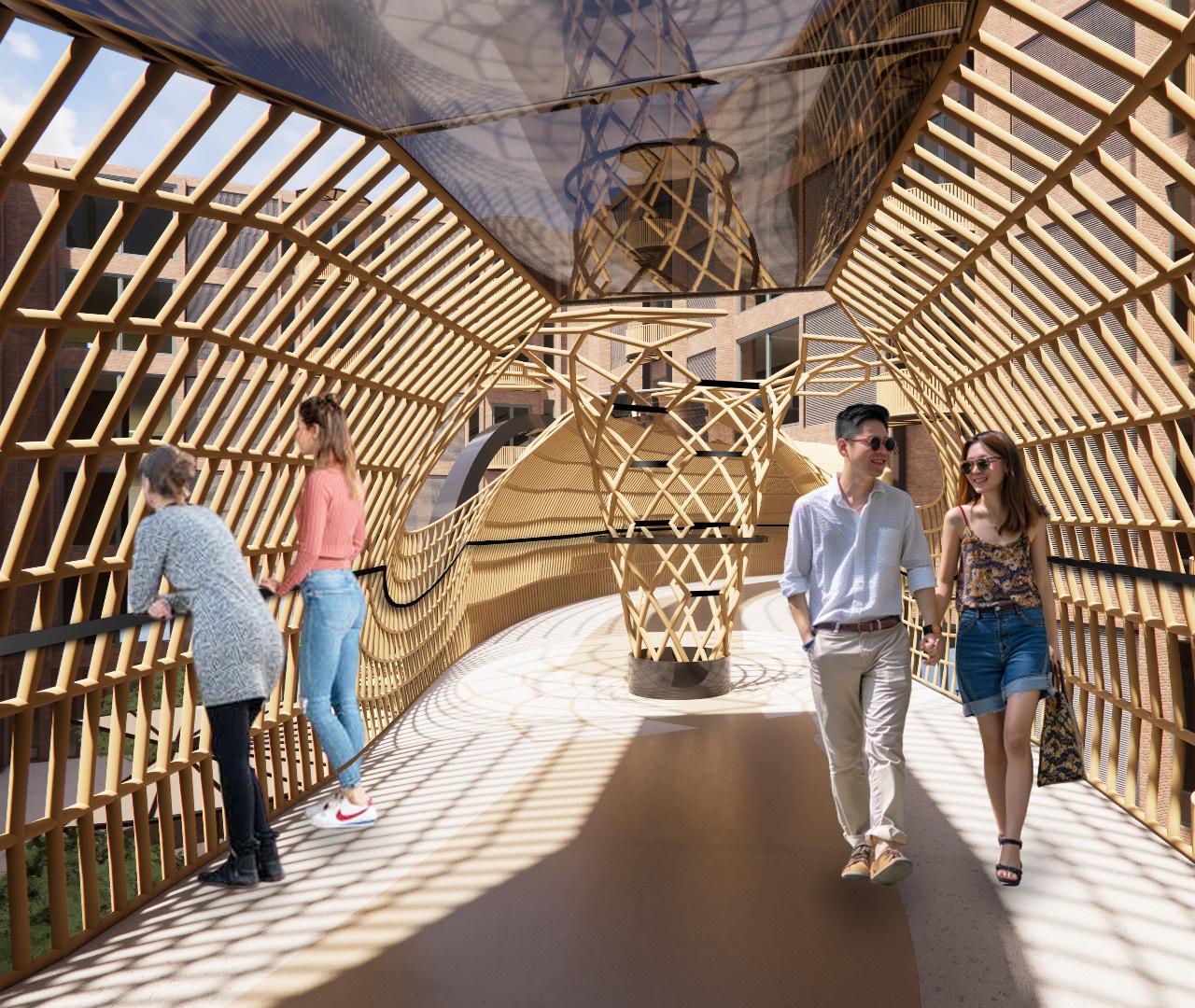
The woven design language starts loose at the start and gradually becomes tighter representing the past consolidating into today.

The arched bridge supports placed at angles further emphasize this fusion.
The bridge connects the past and present, linking the artifact display space with the process display area. At its center, the broken floral element symbolizes the harmonious convergence of modernity and tradition, exaggerating the fusion present throughout the space. The combination of materials-wood, glass and metal-also reinstates this blend.

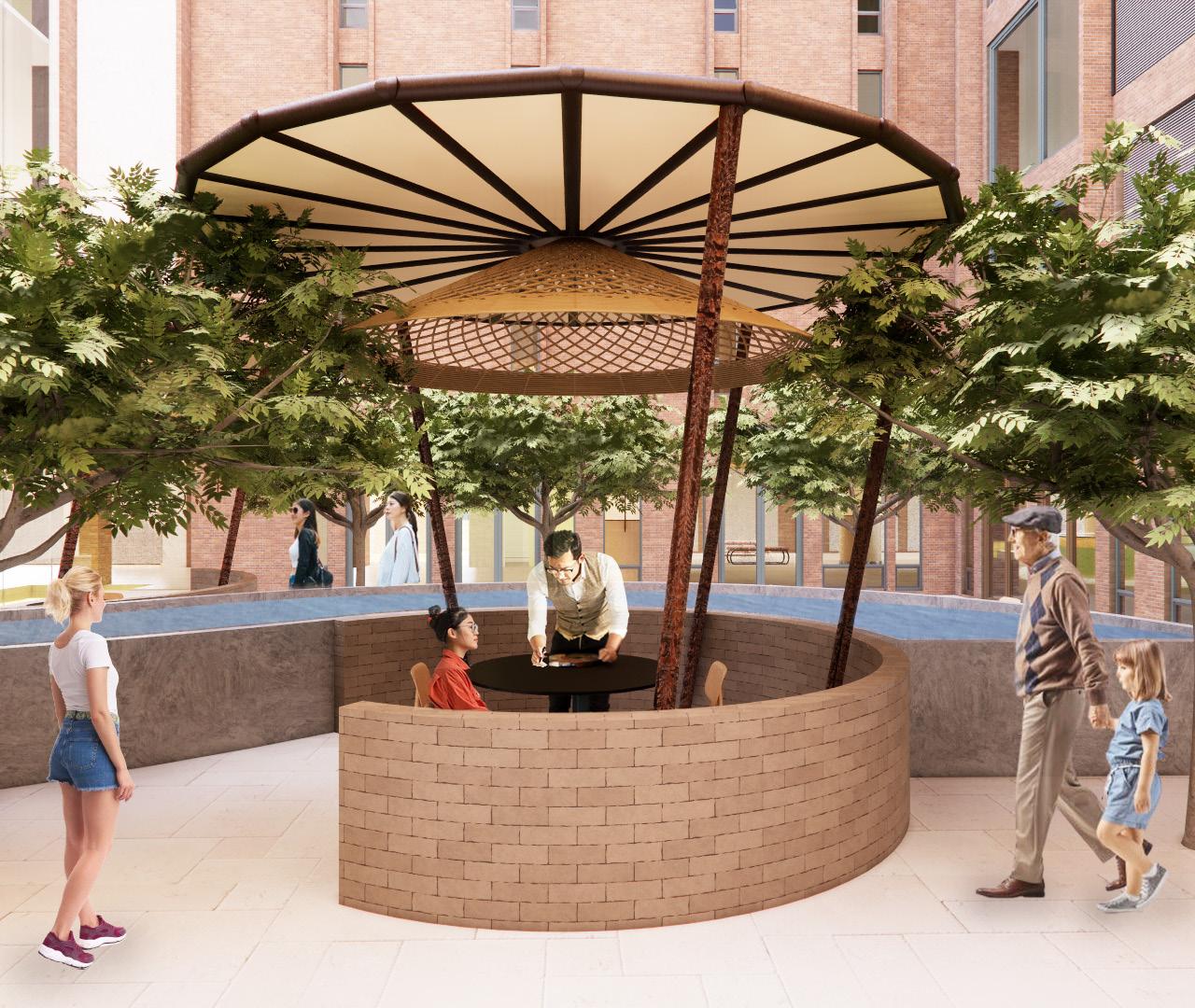

The gazebo structures in the courtyard are nestled around a reflective pool which foster interaction among visitors and artisans, creating moments of pause and tranquility.
Re-interpretation of resting stops where artisans used to work in Kathmandu.
